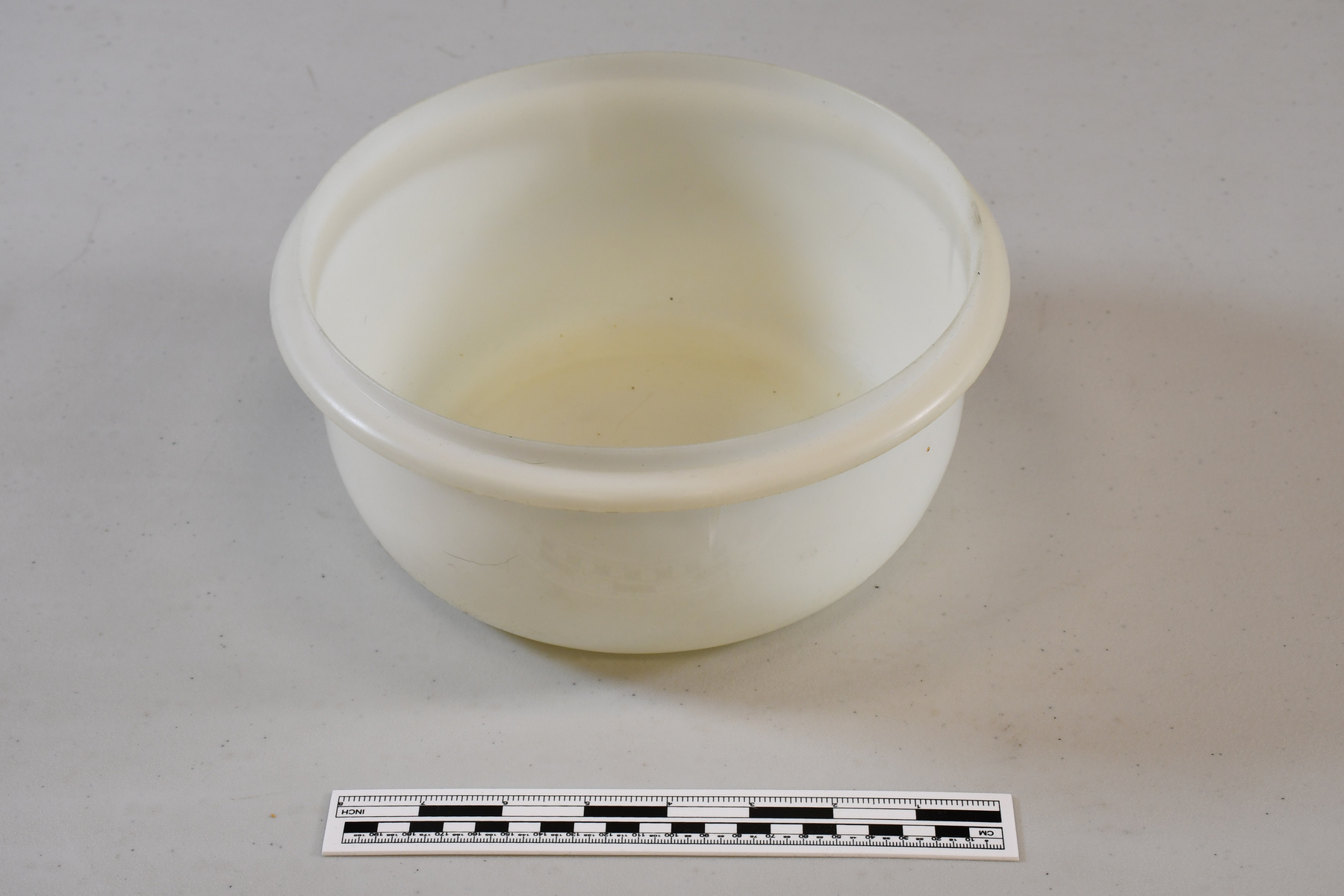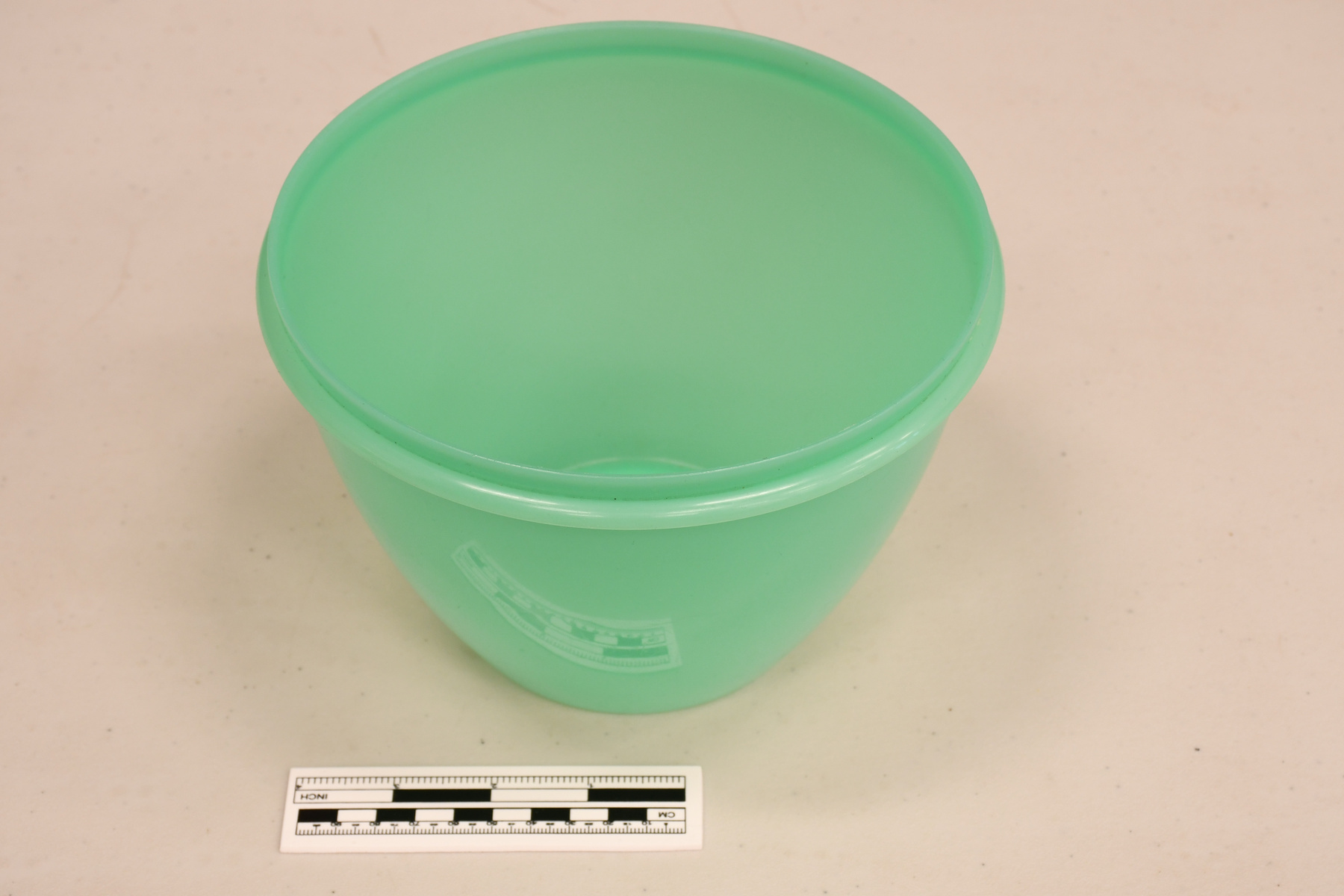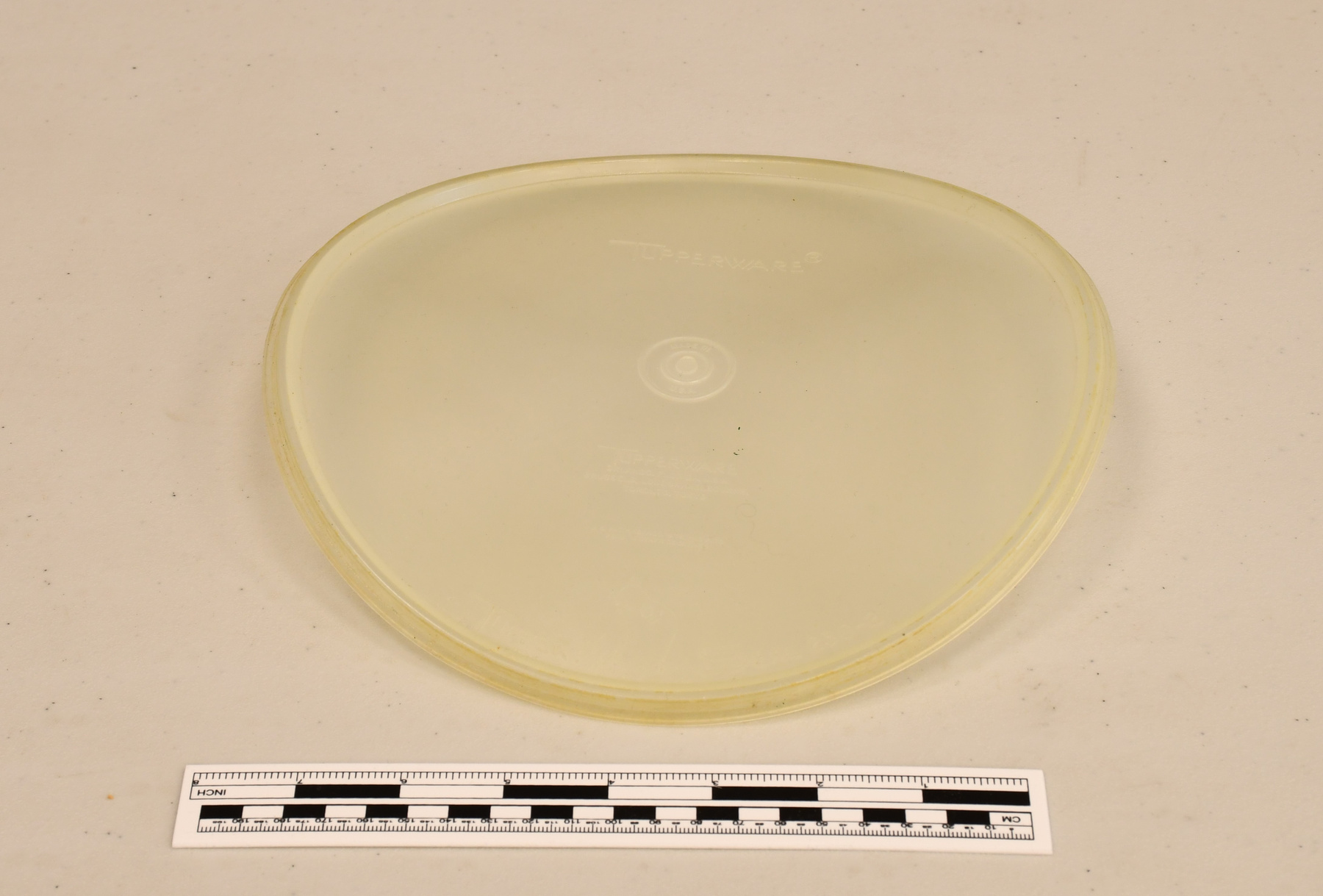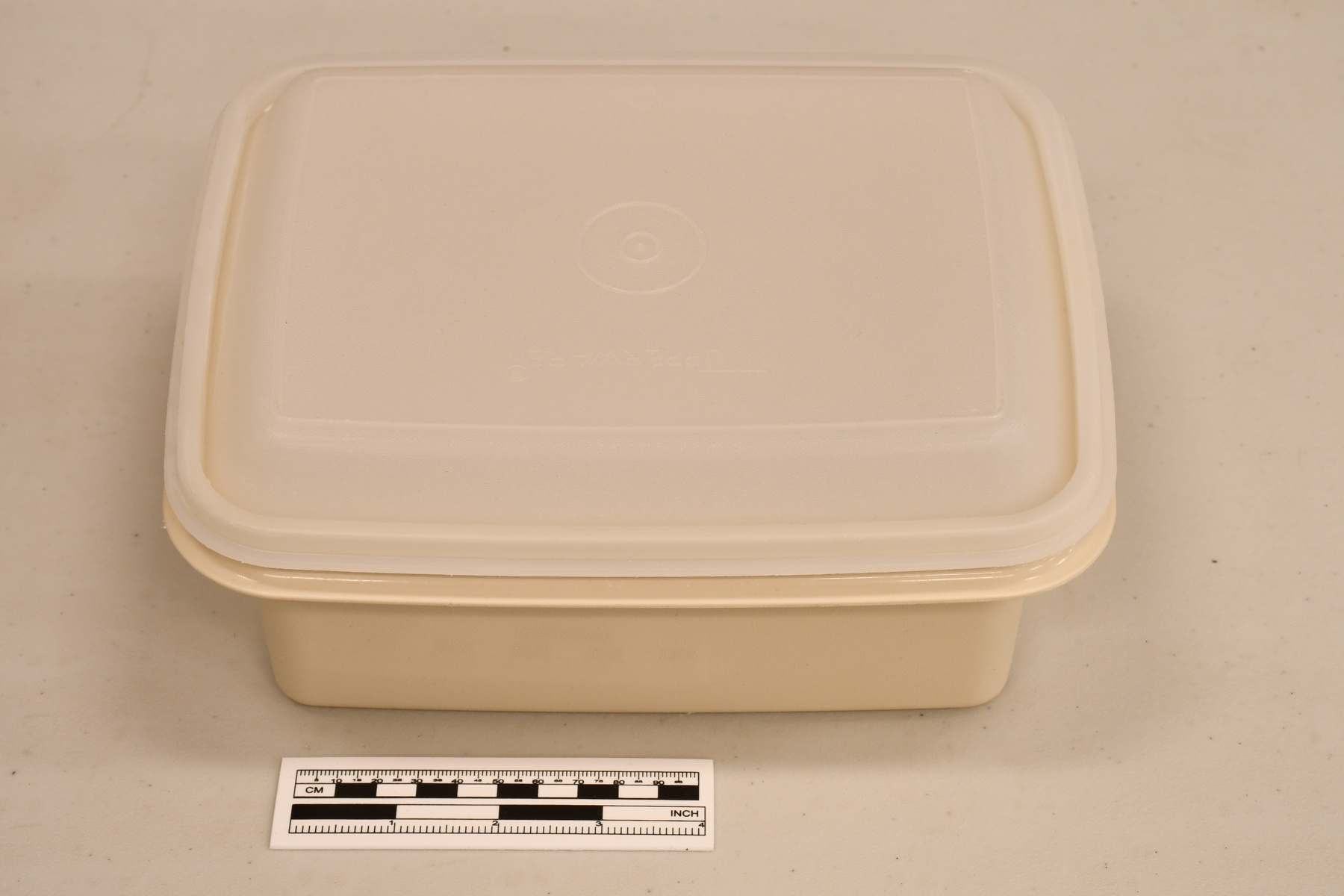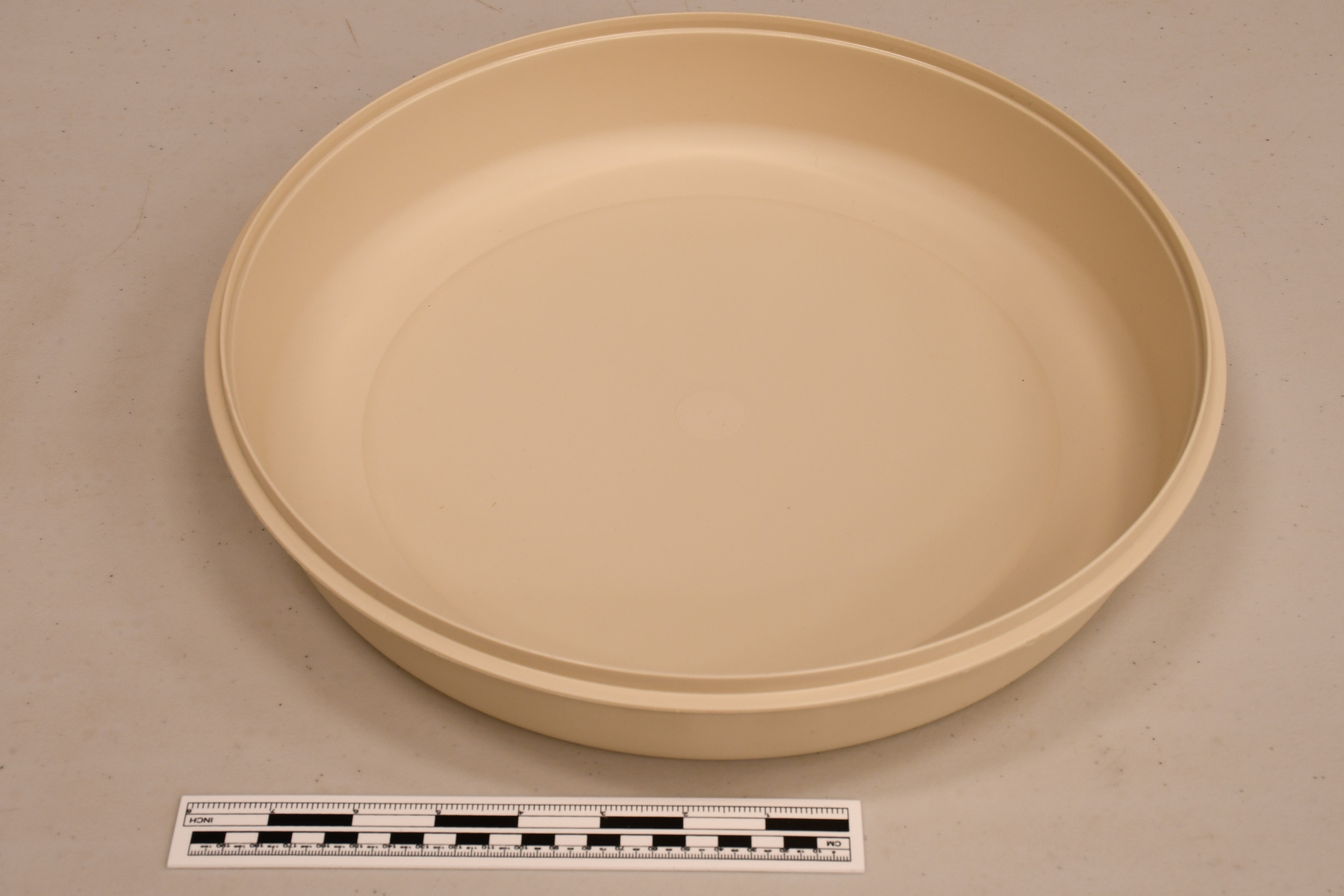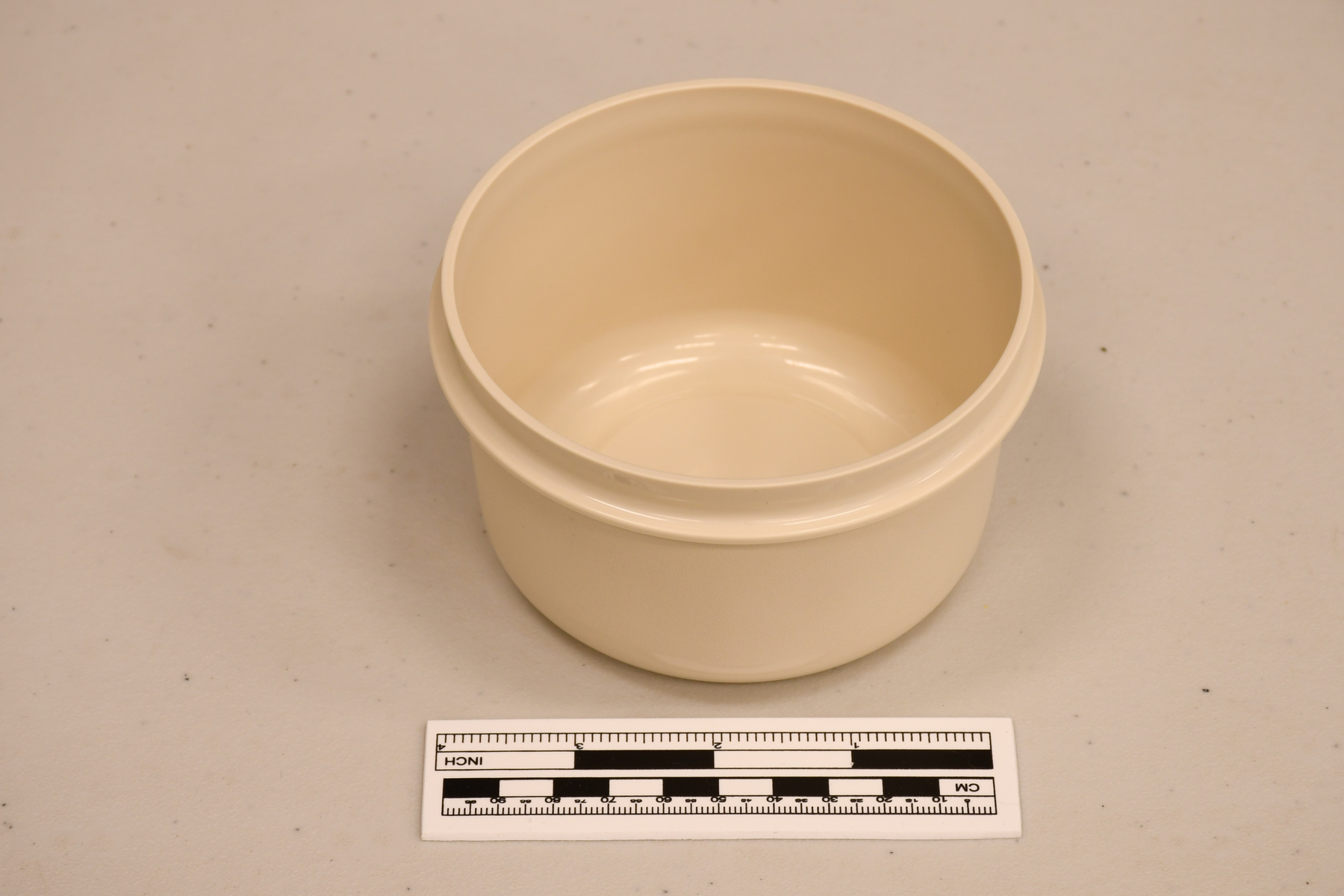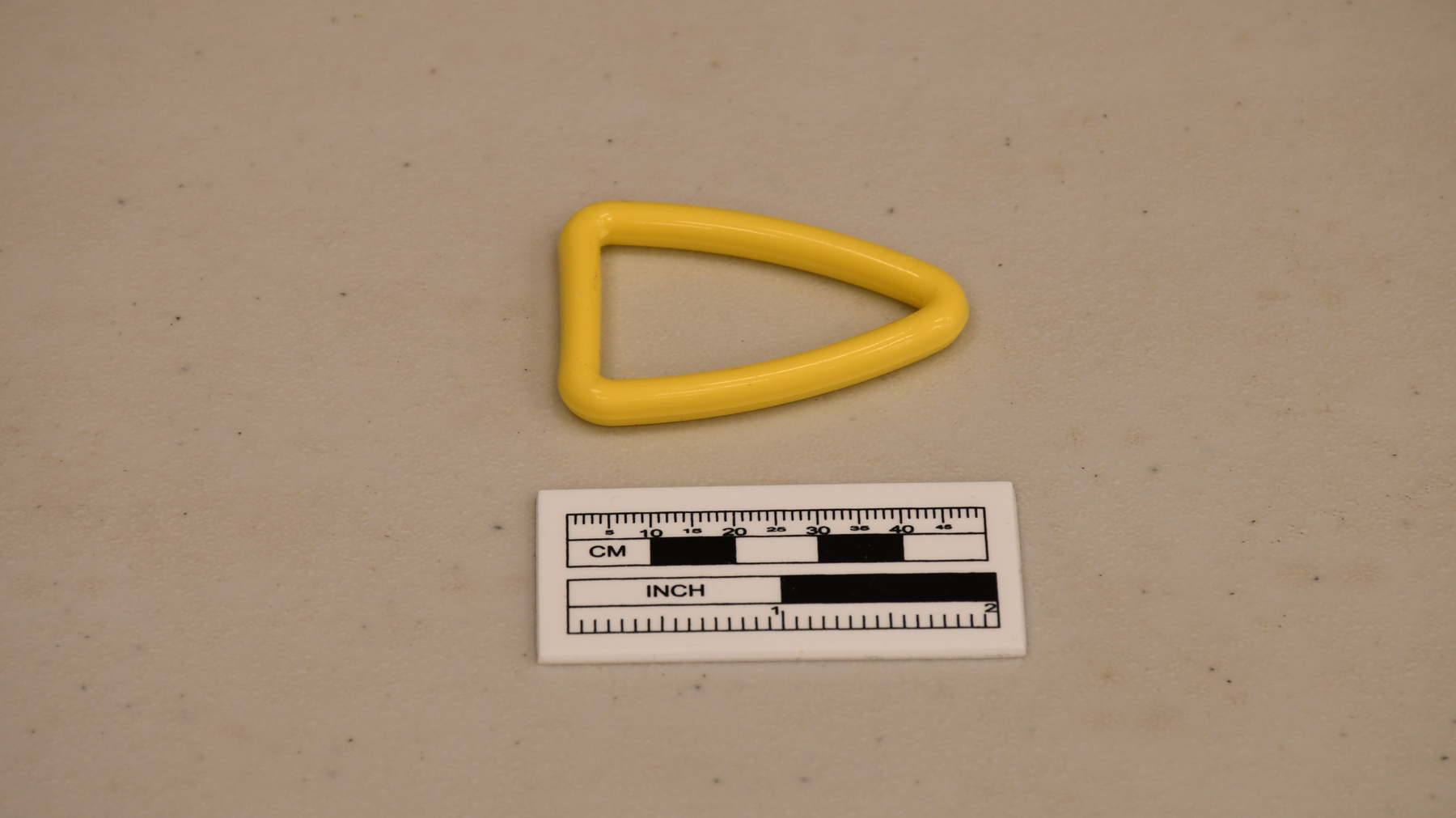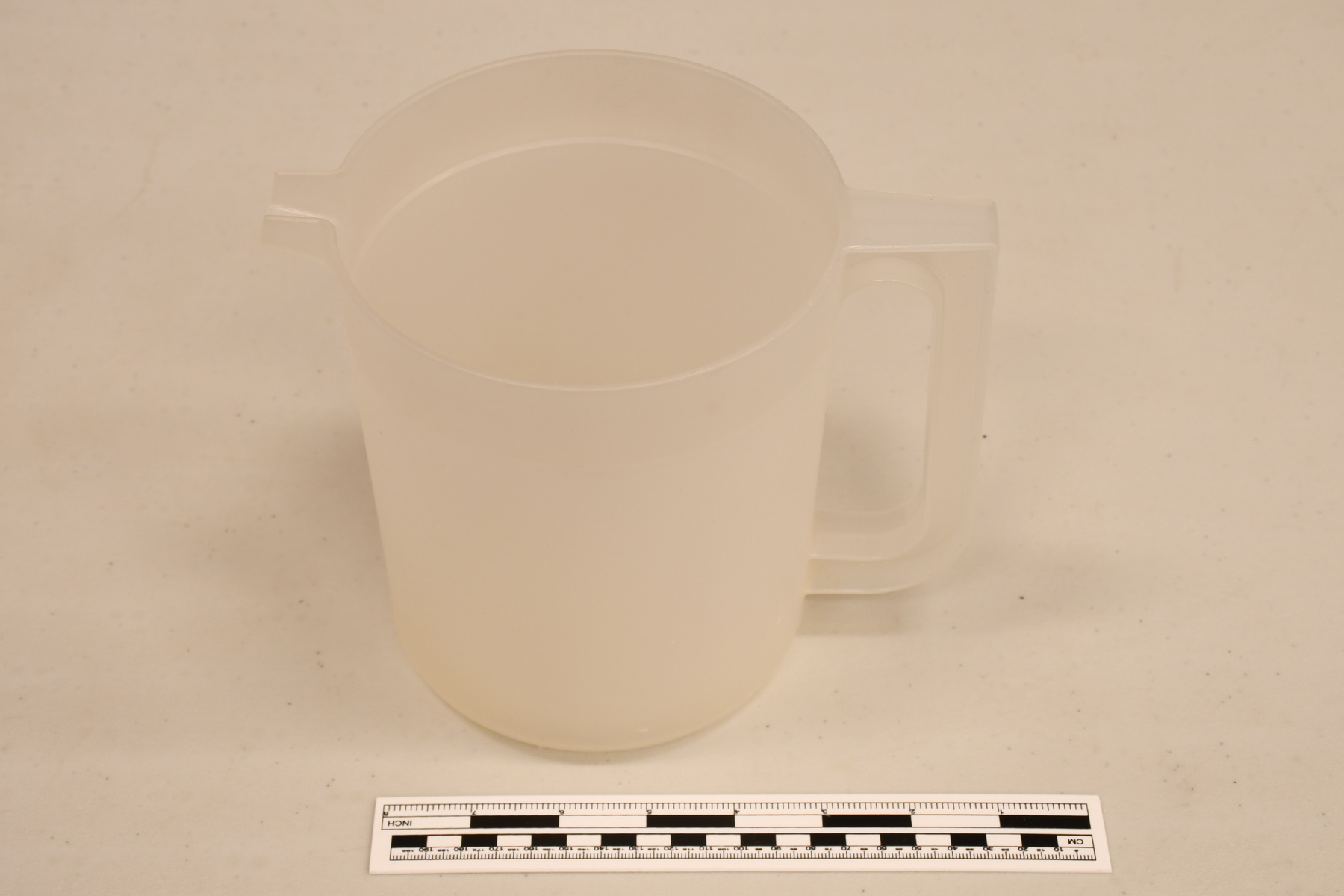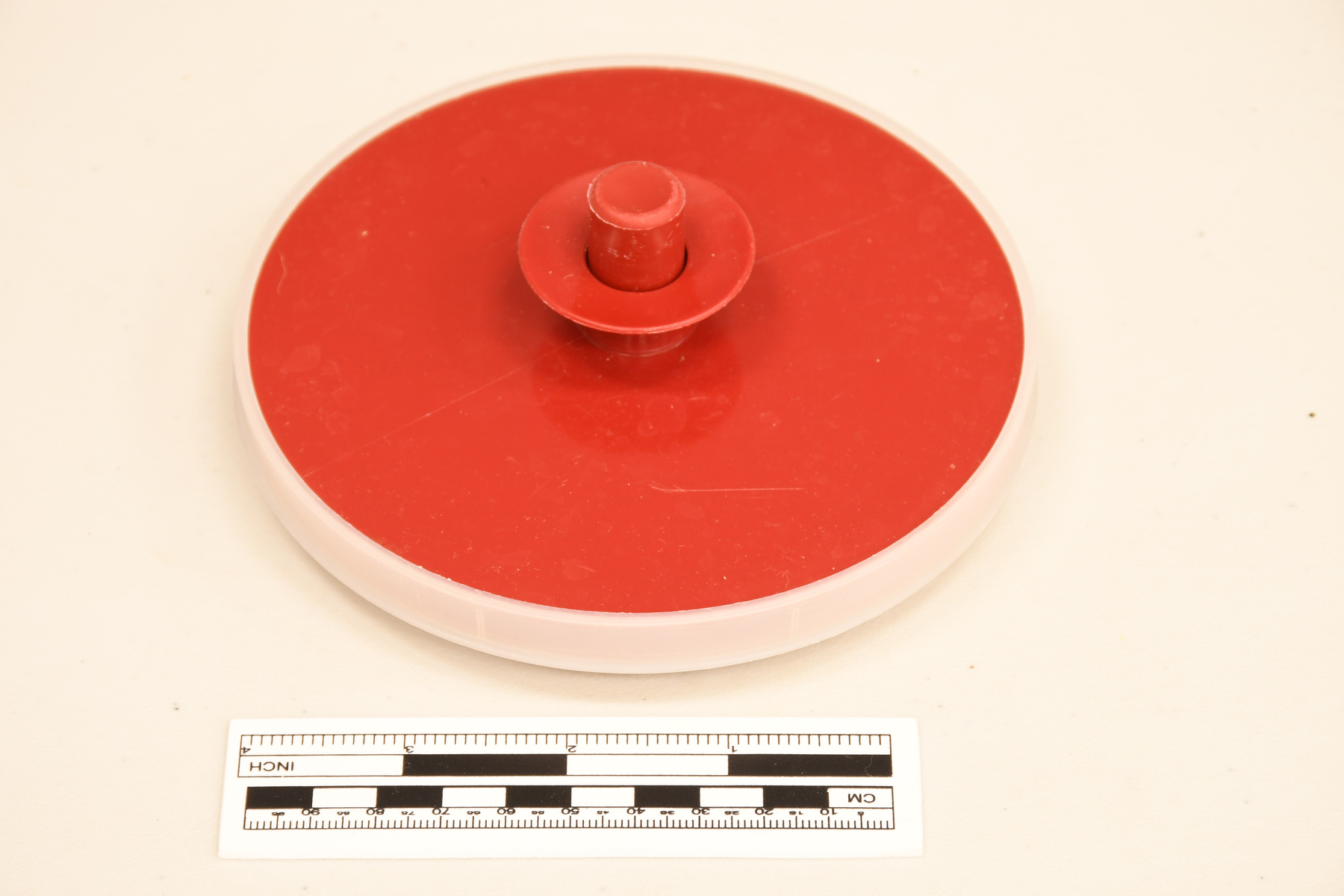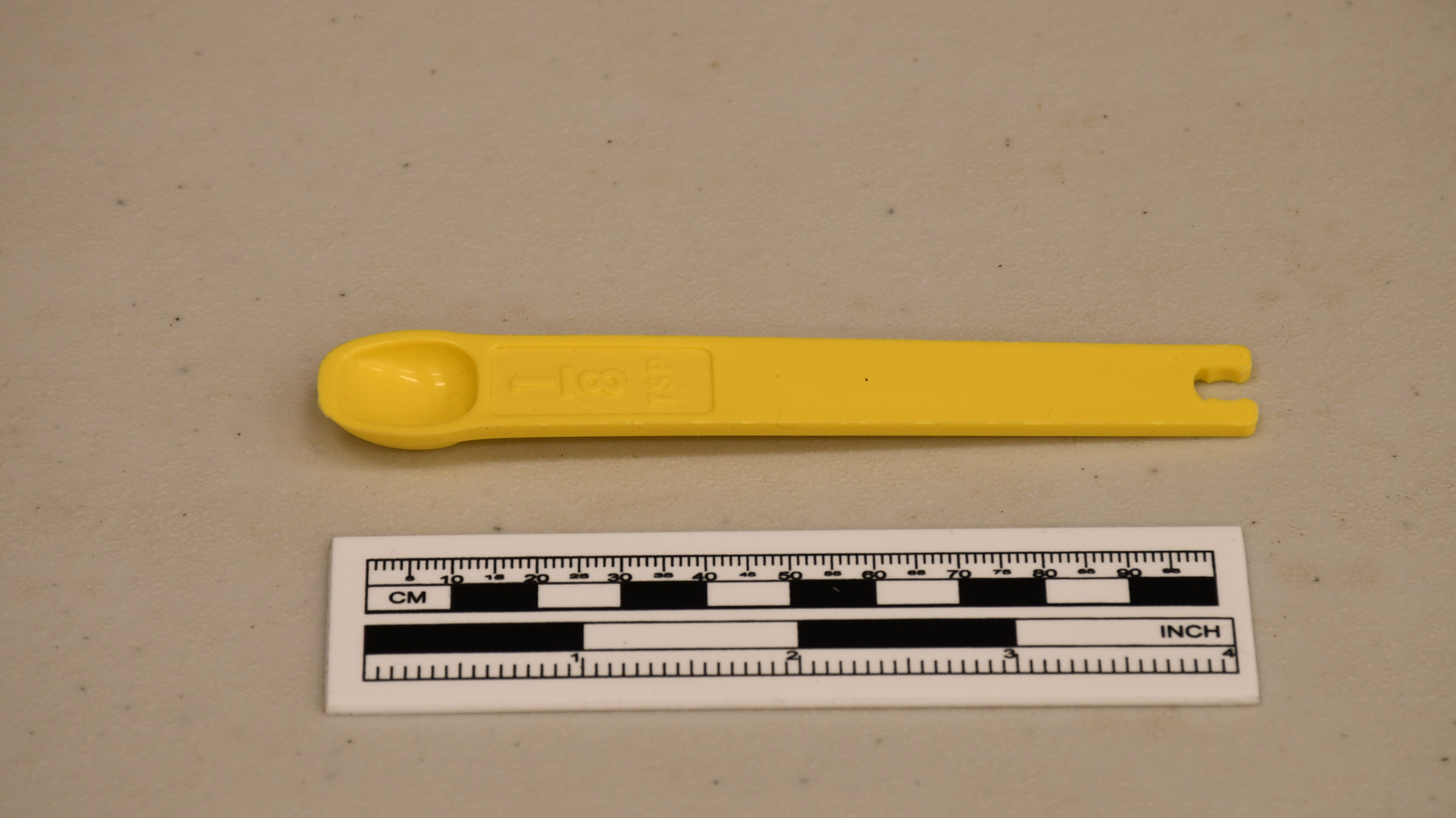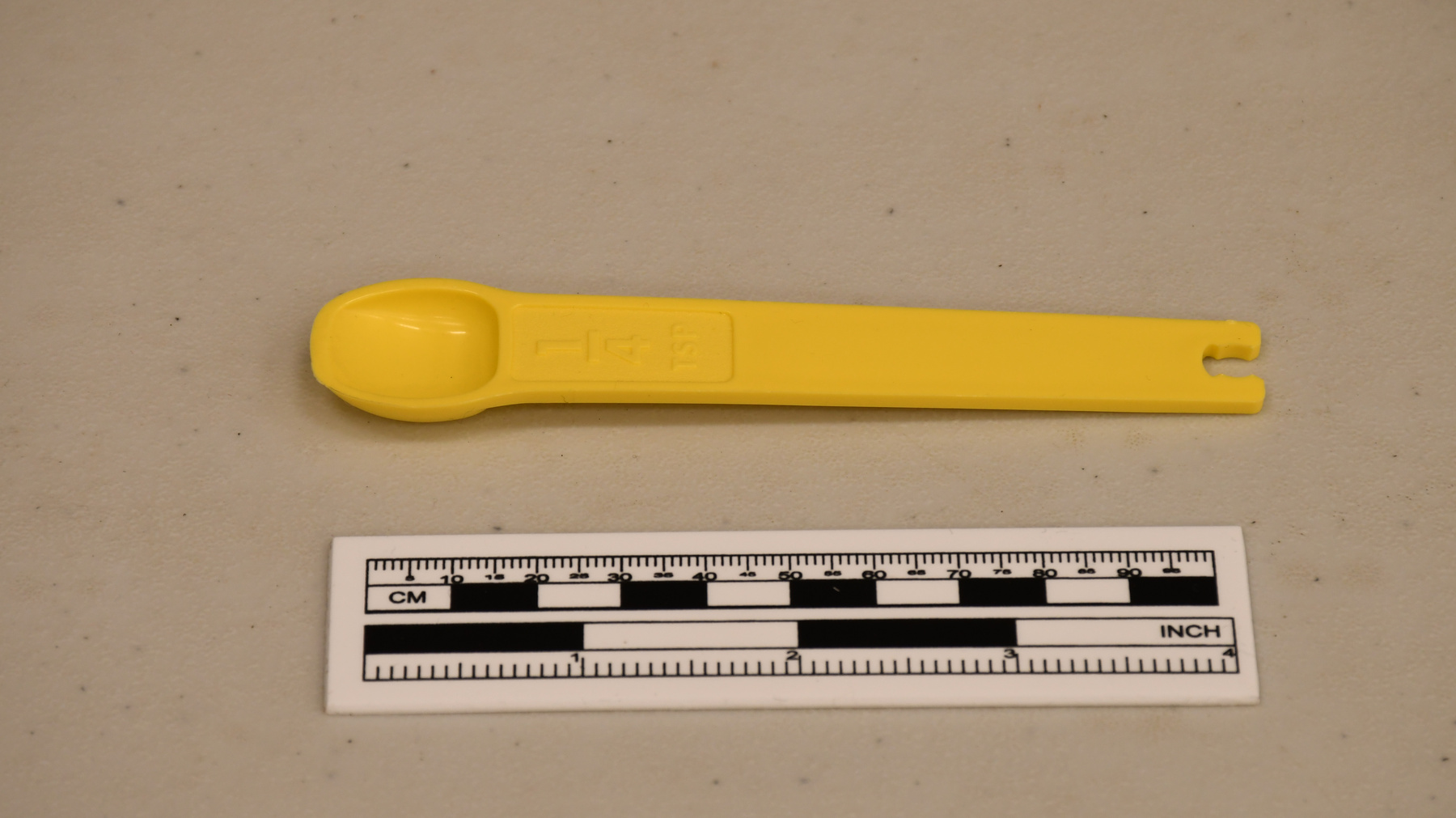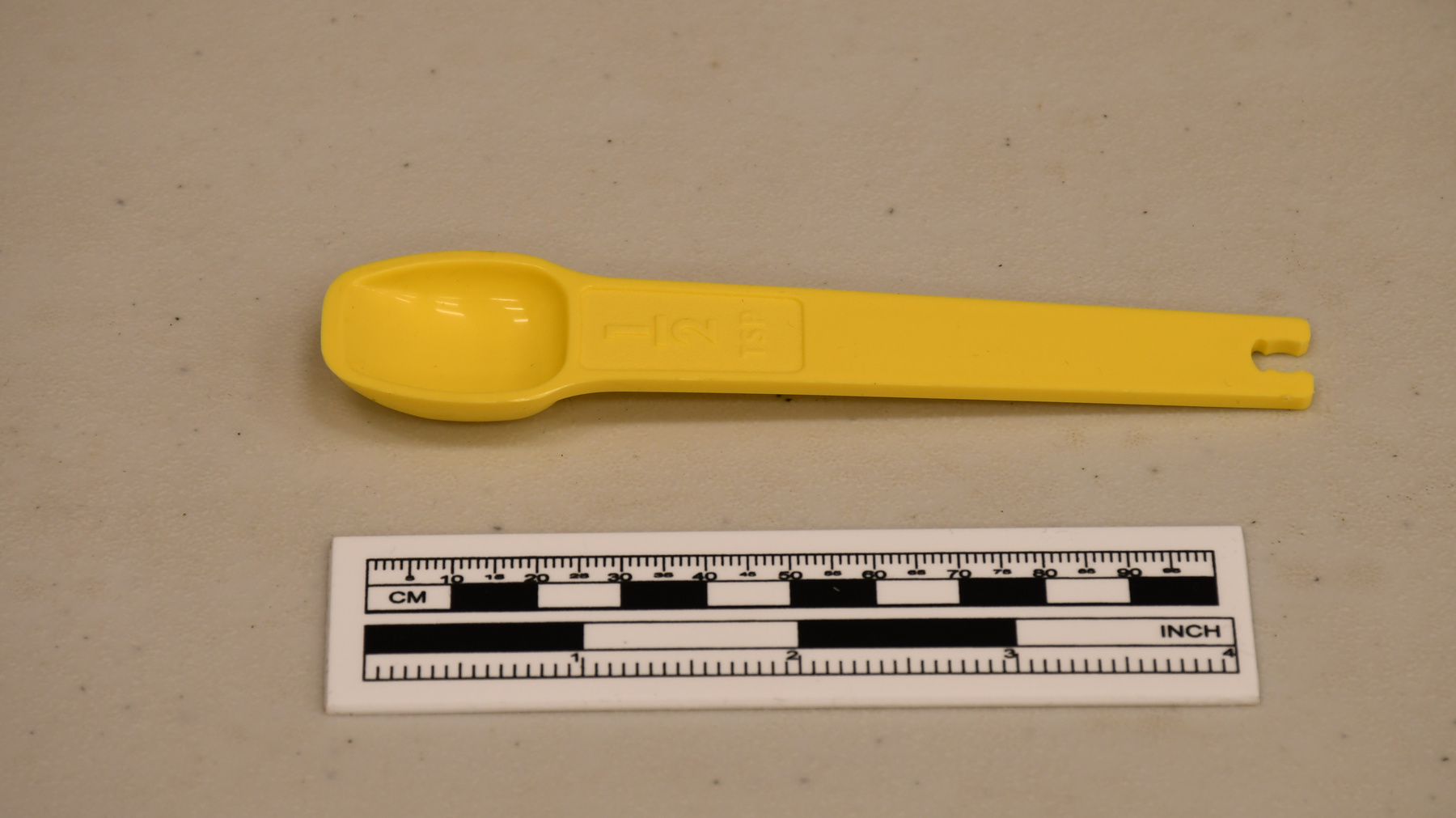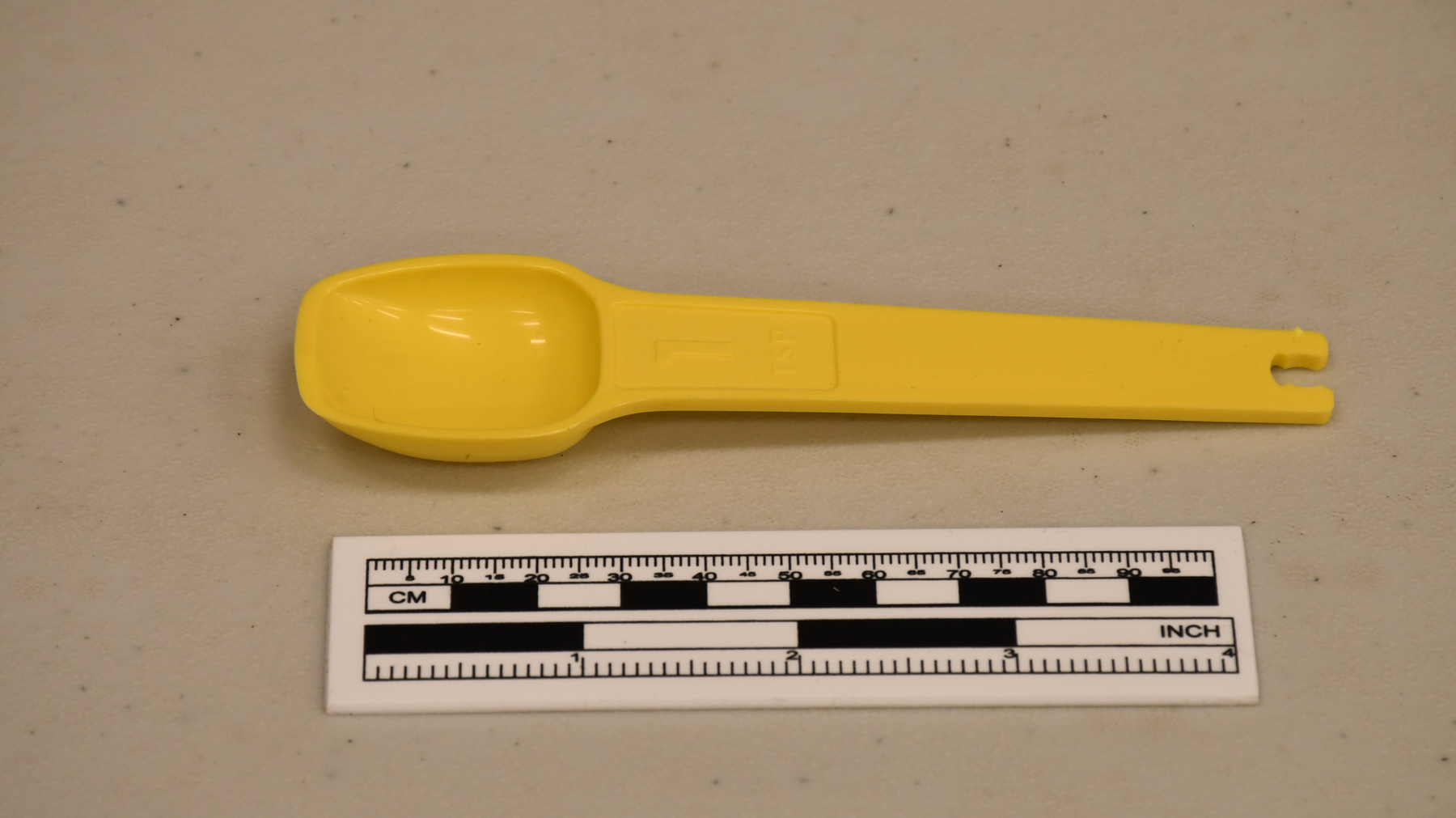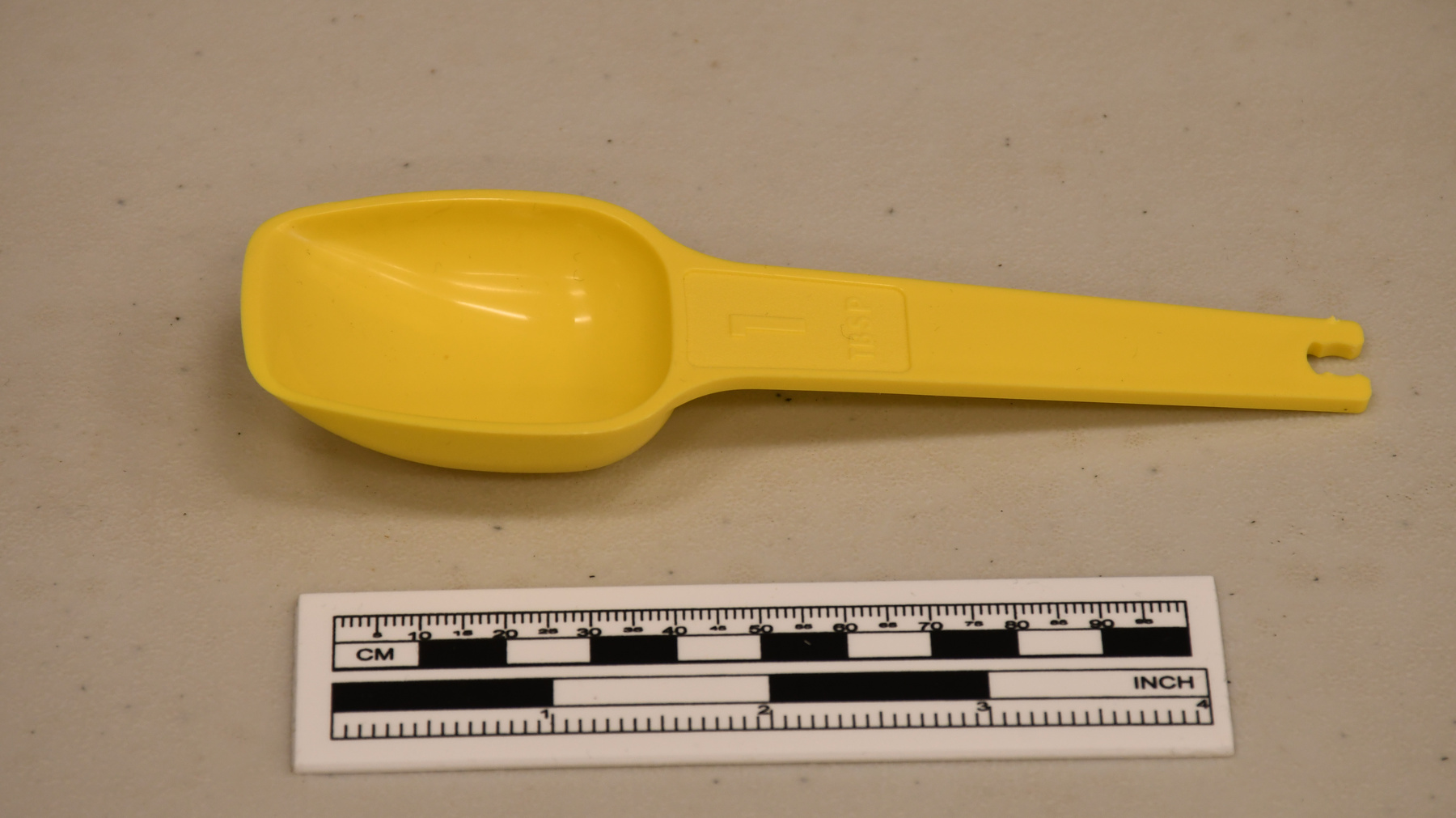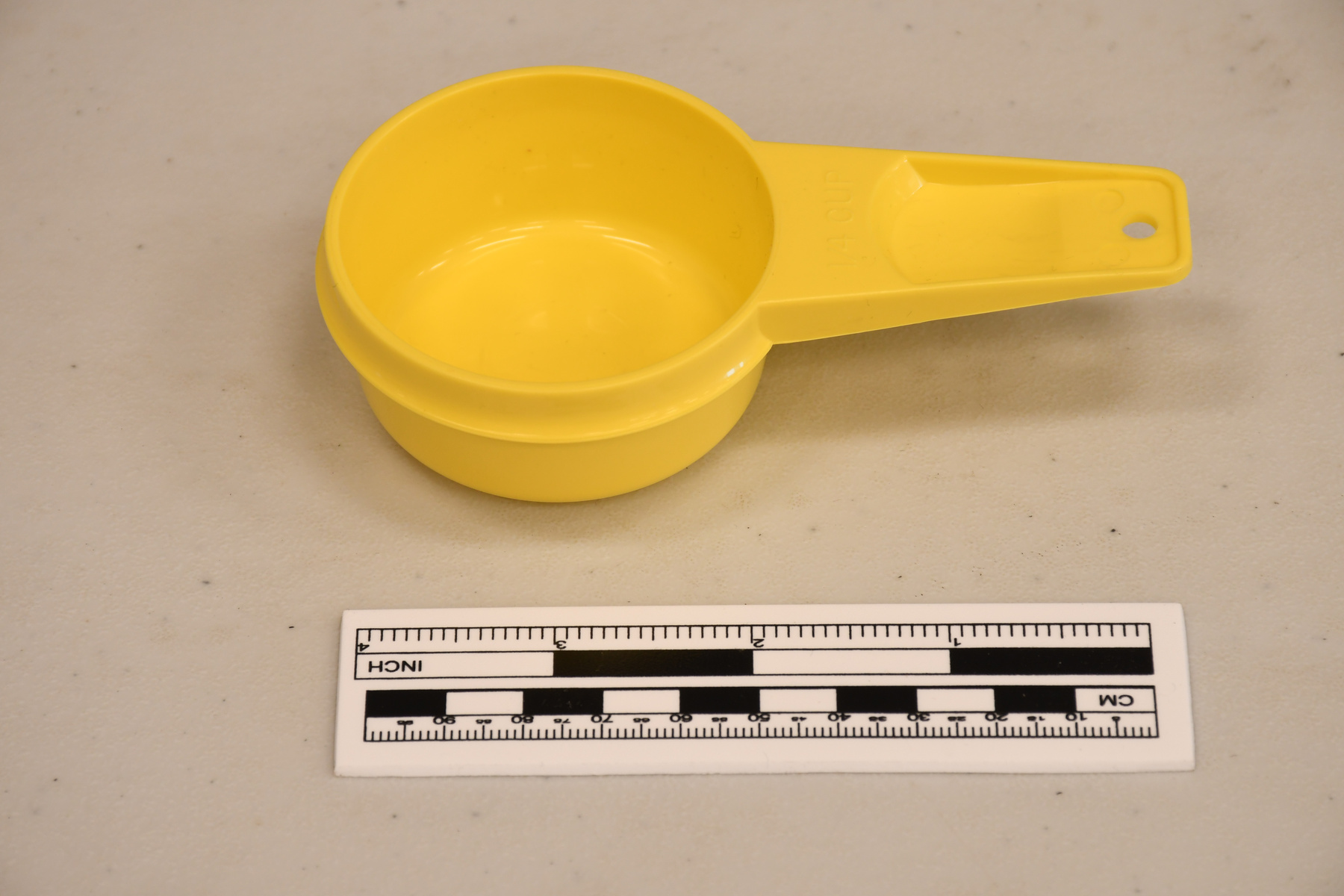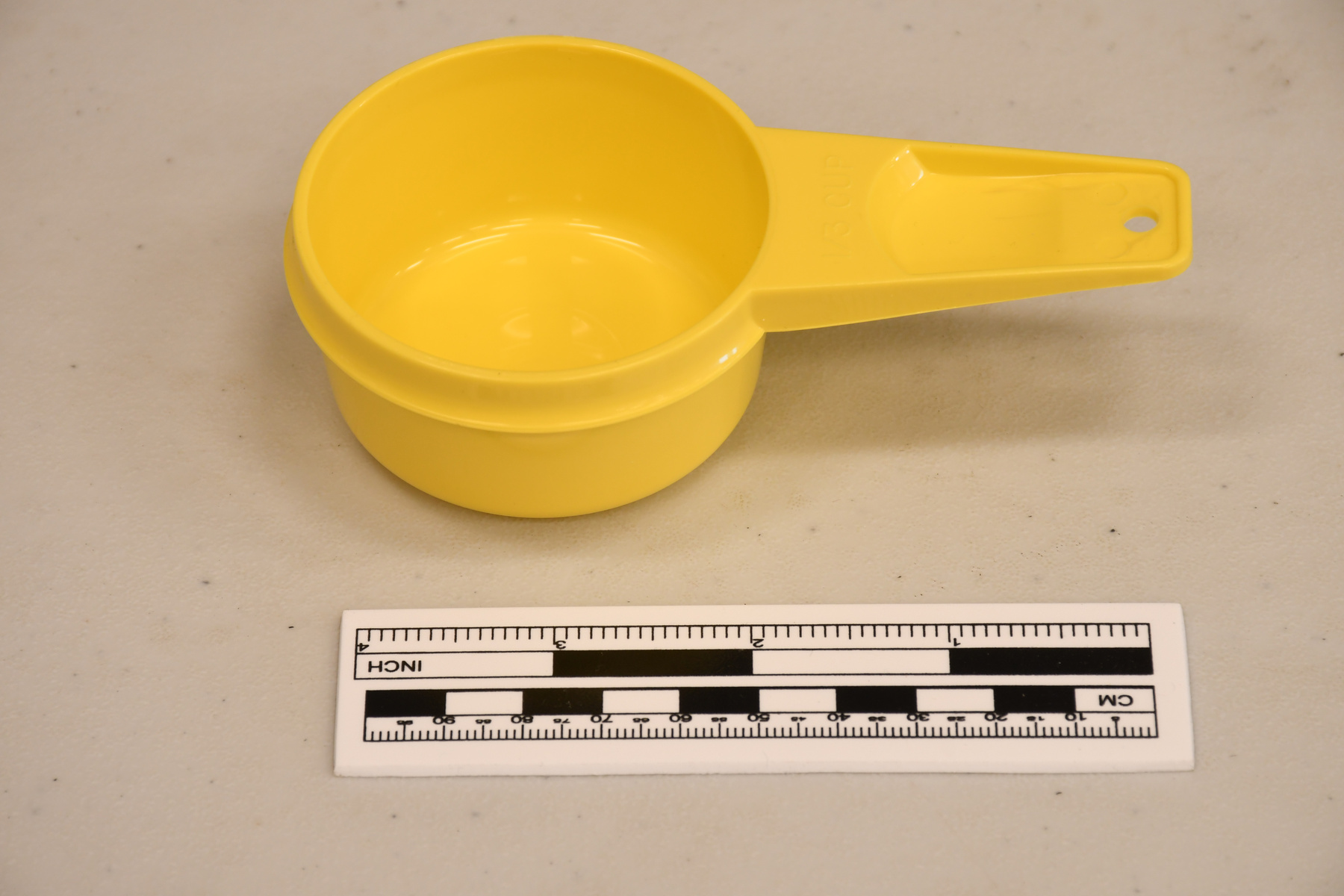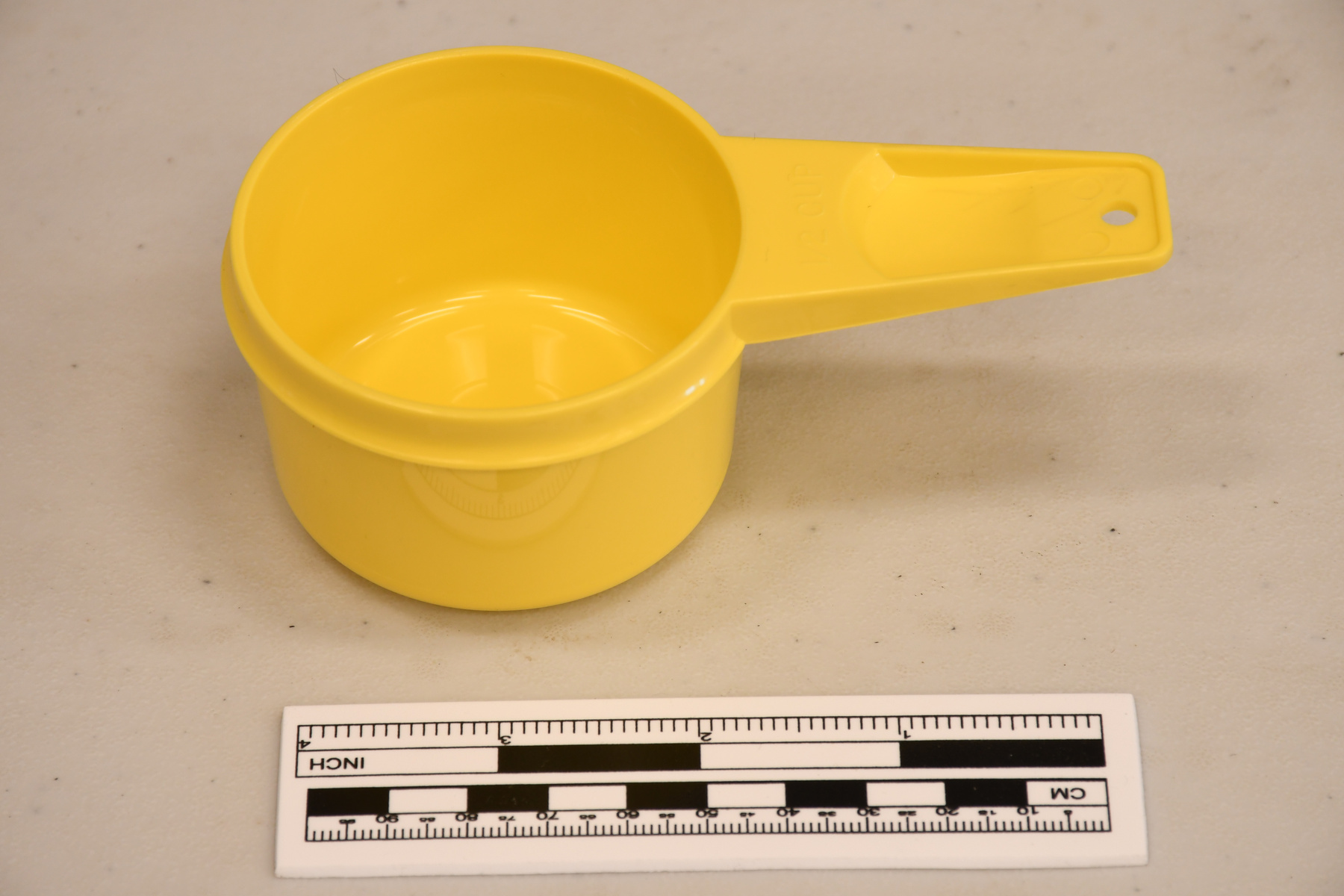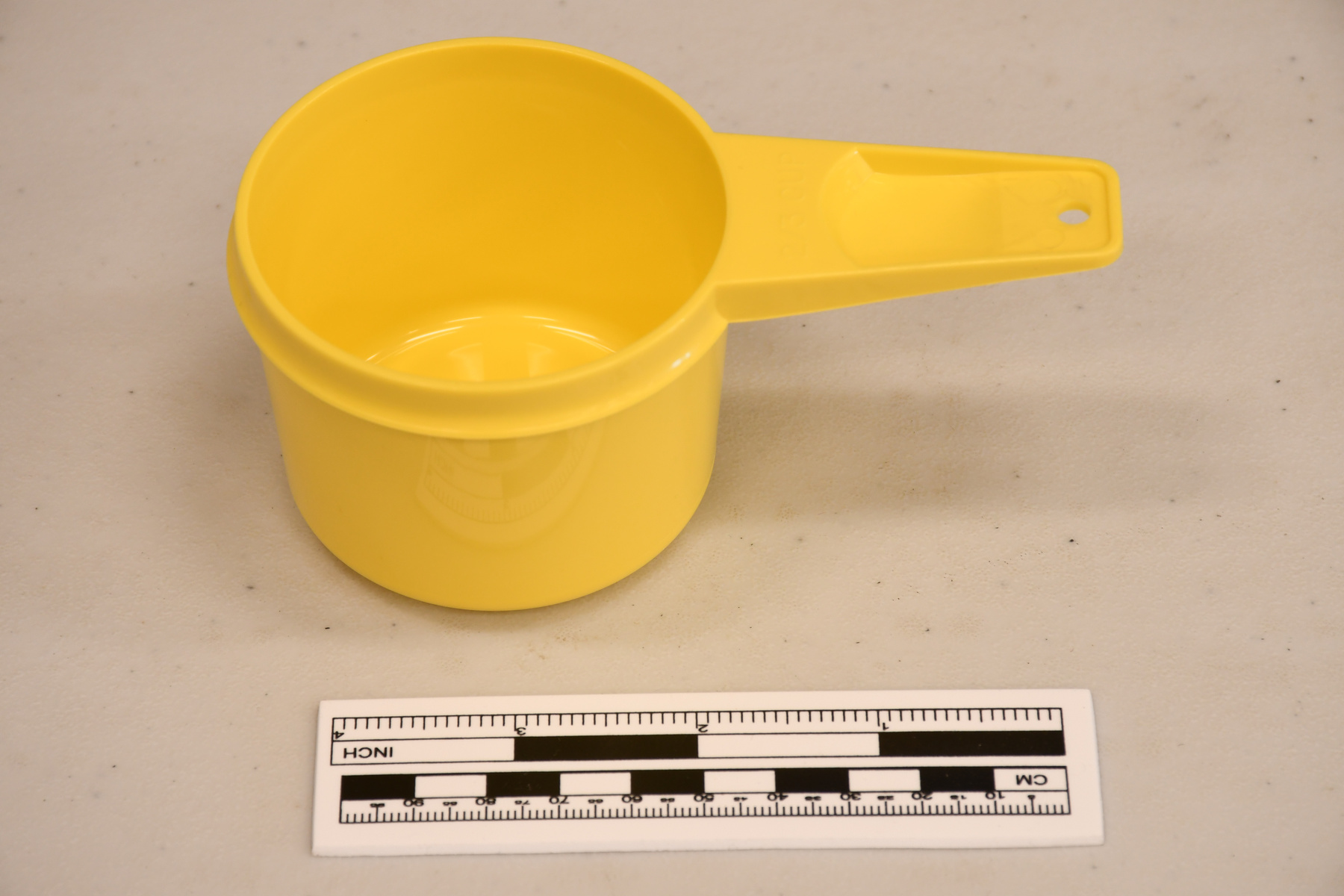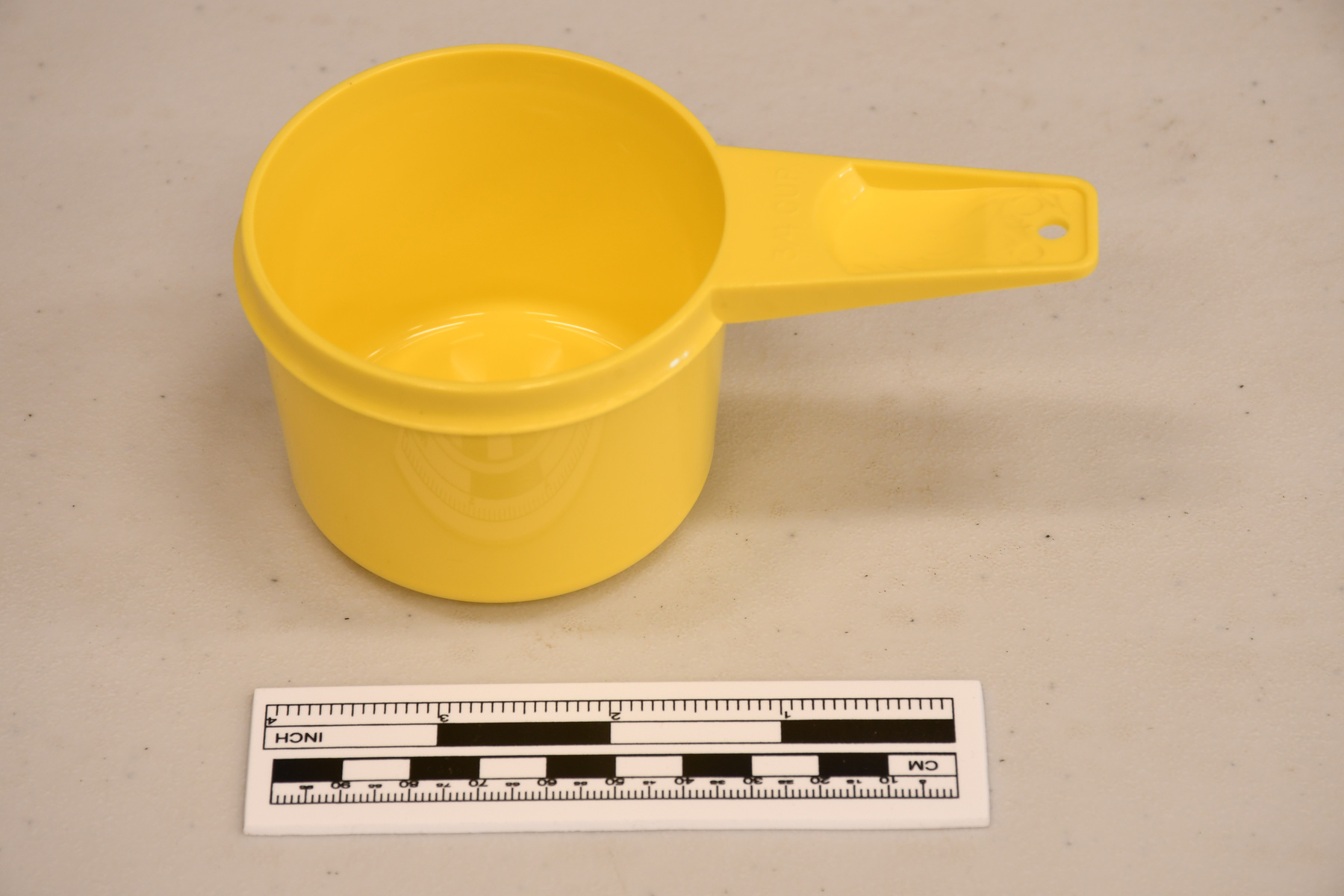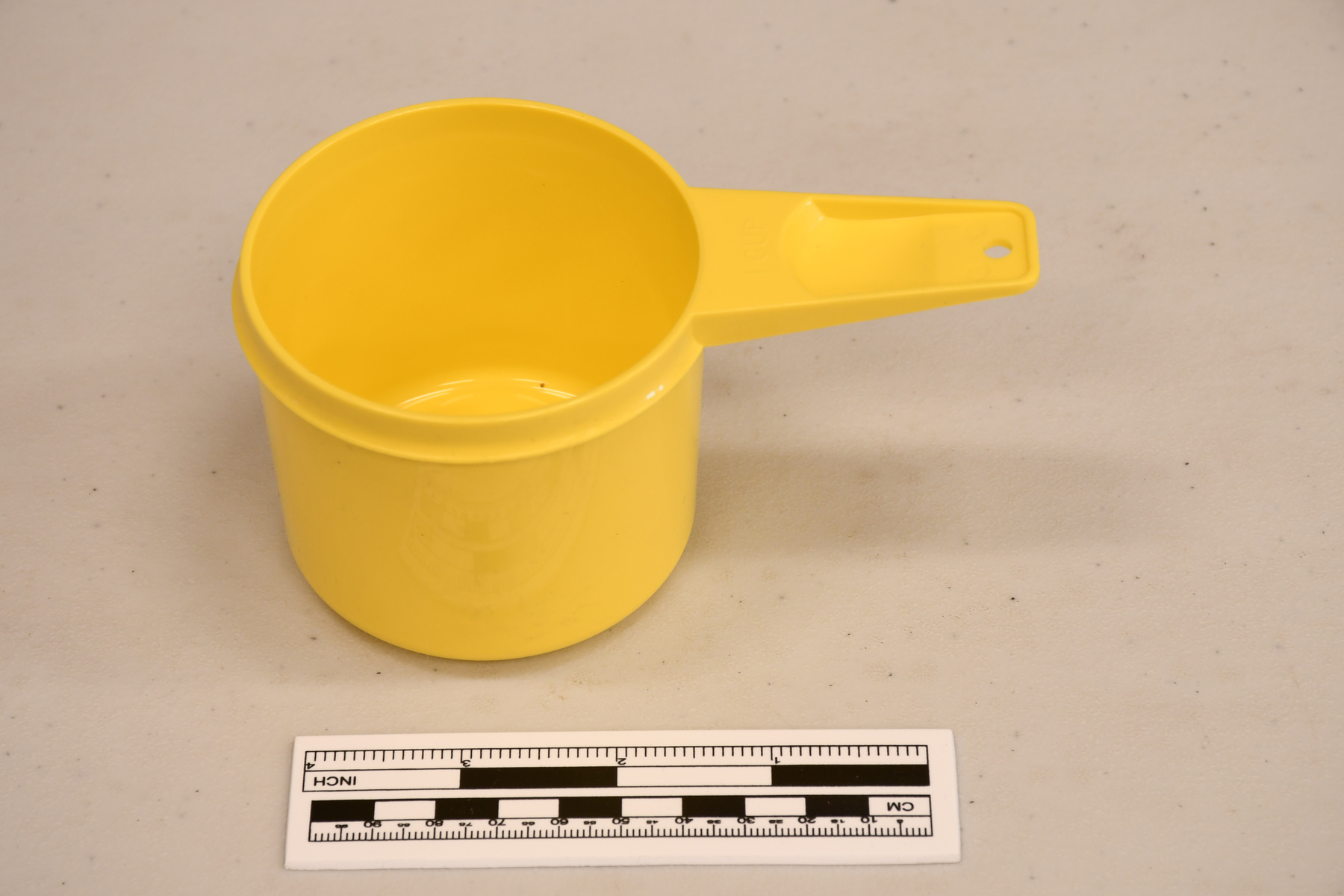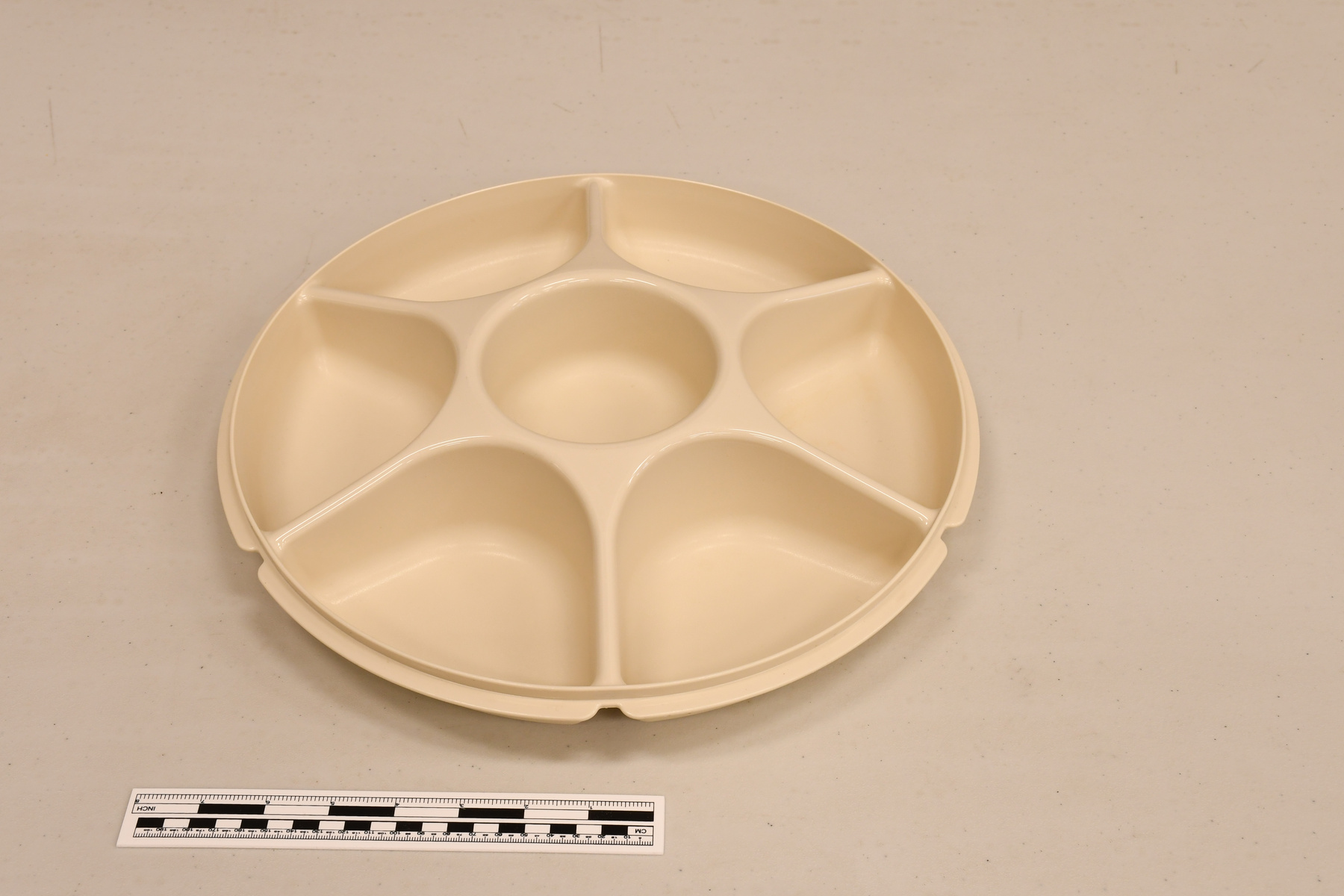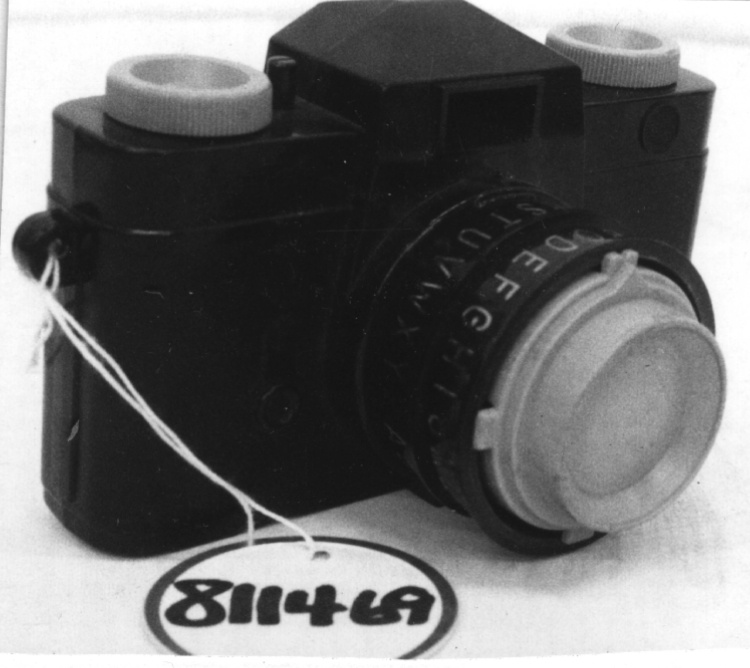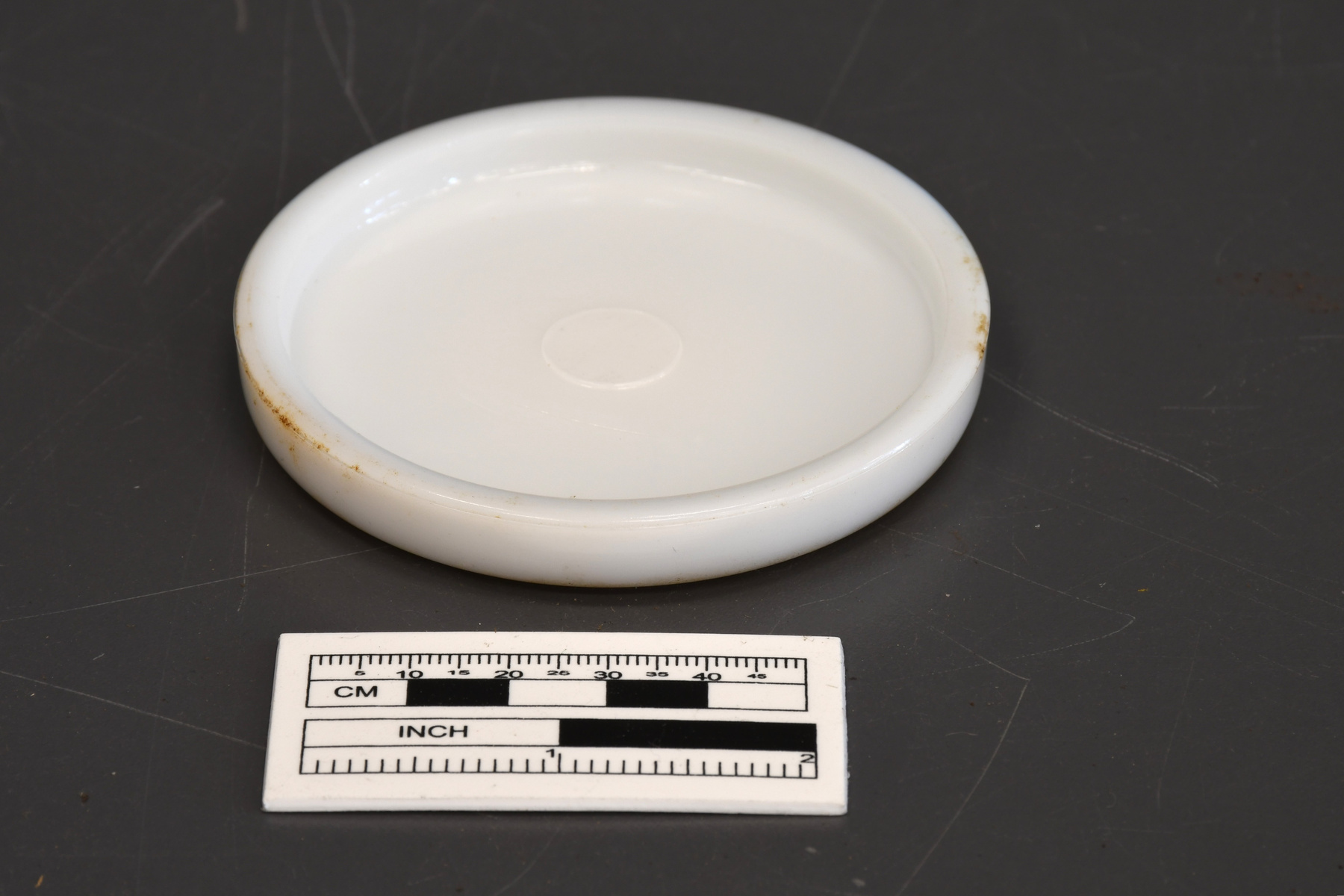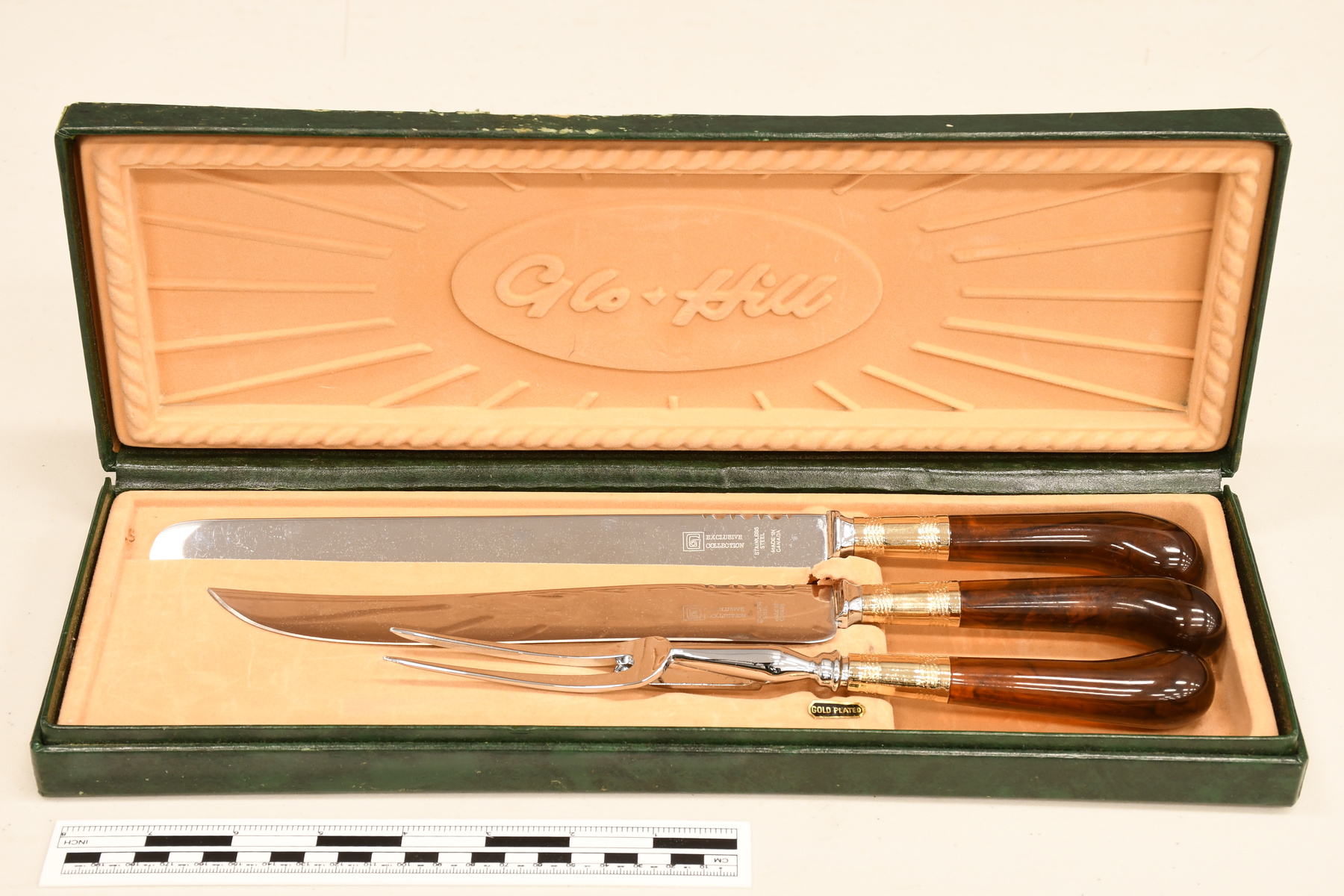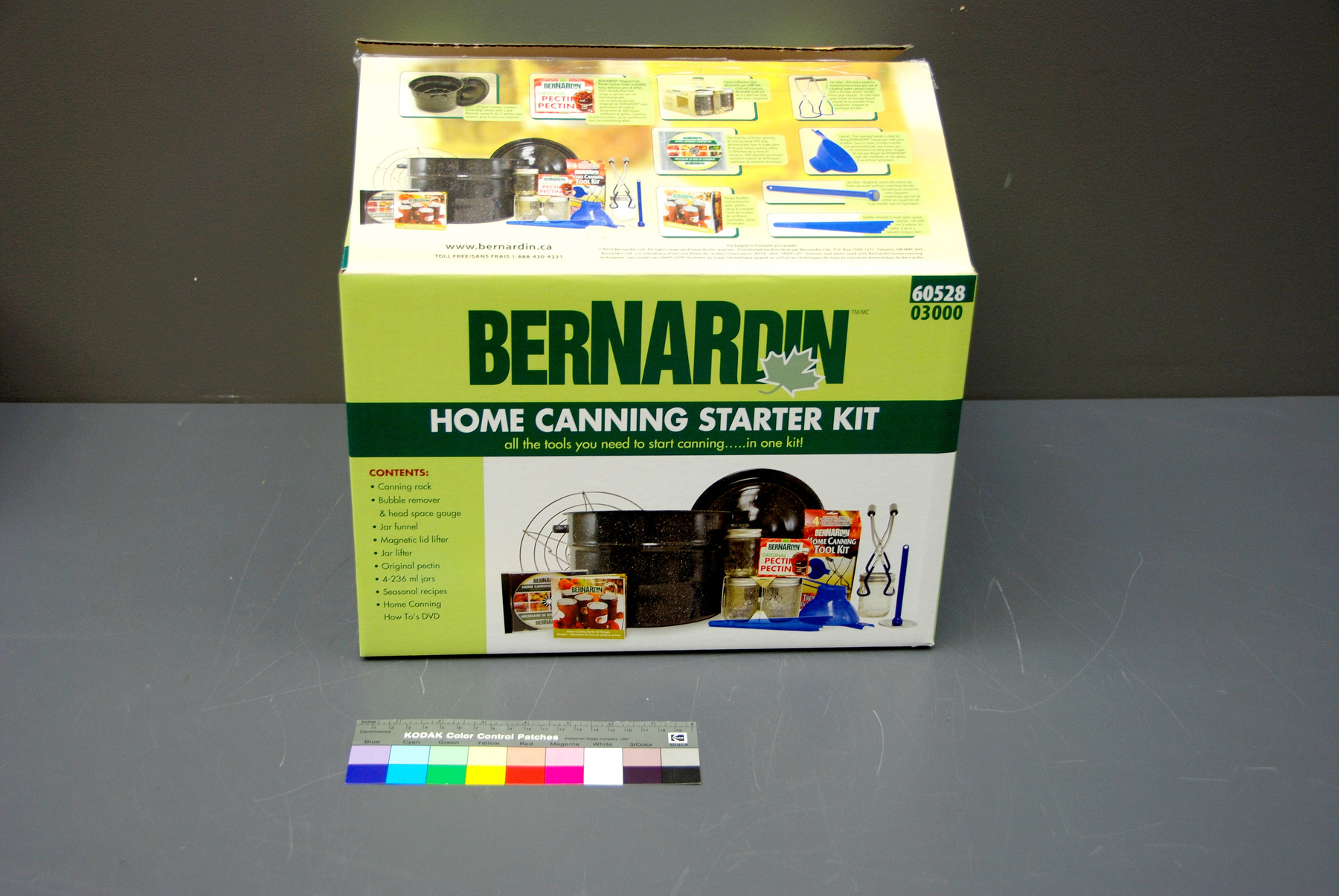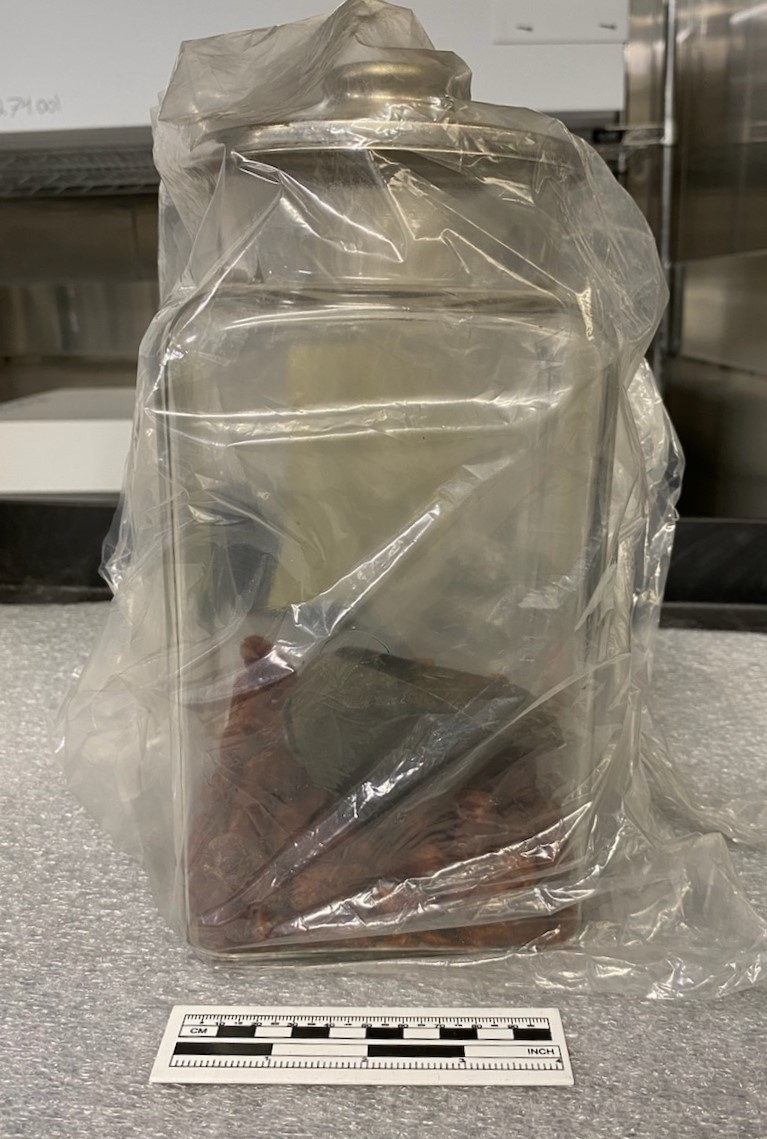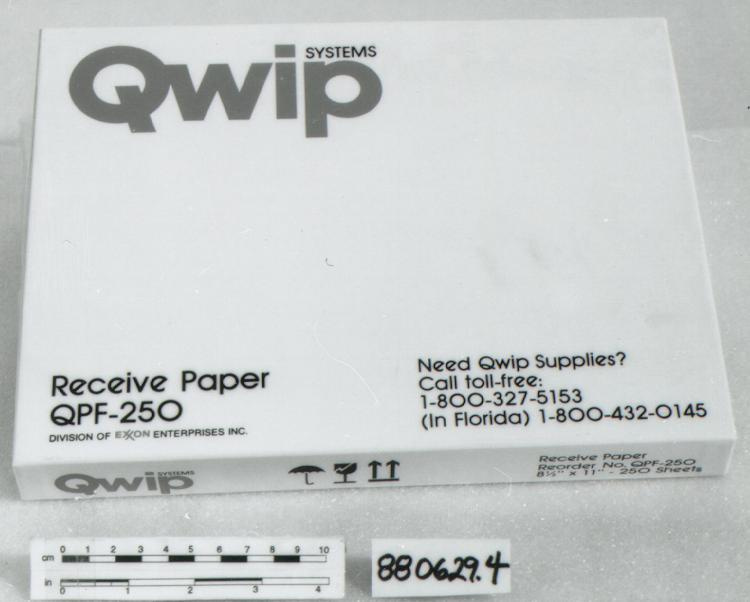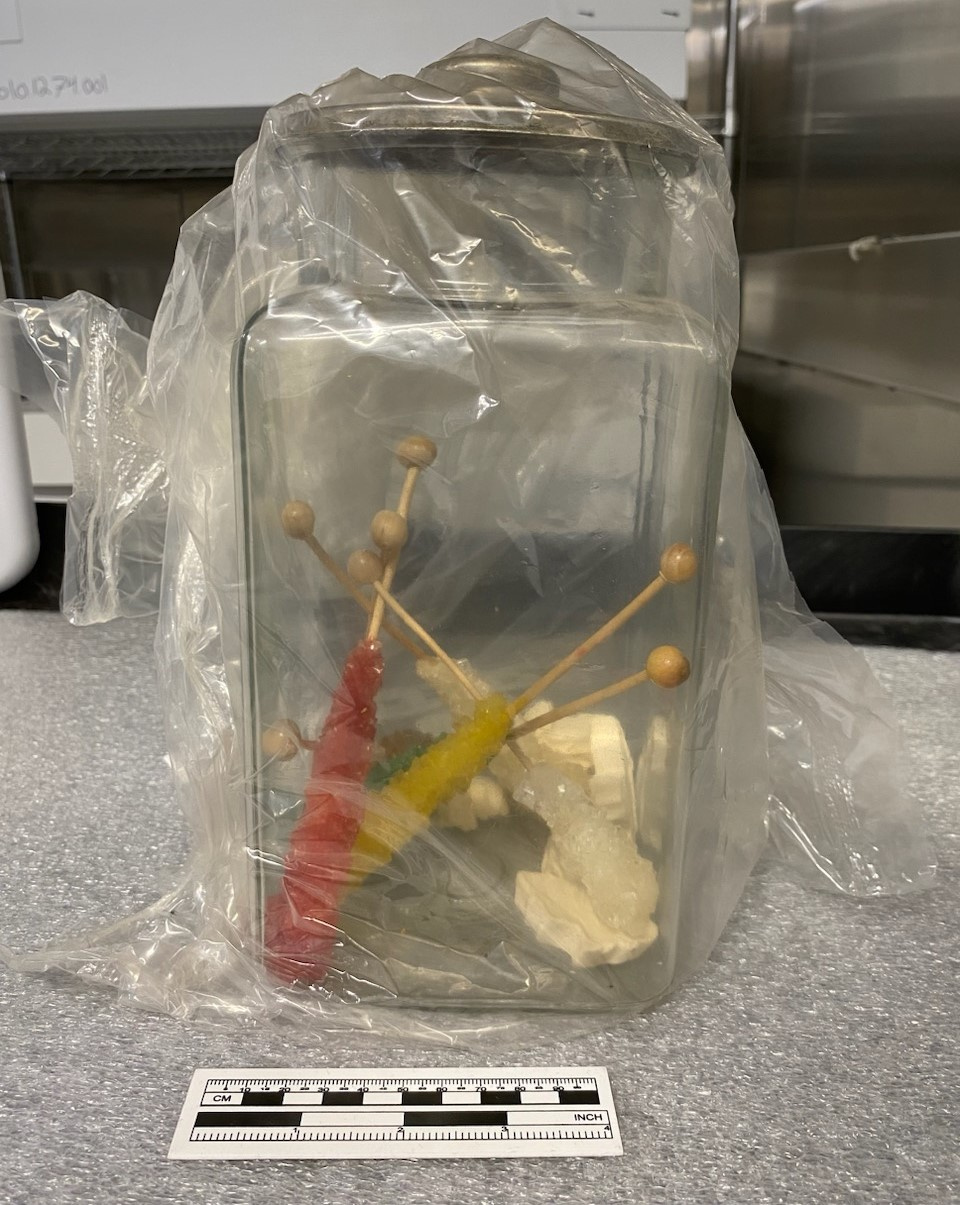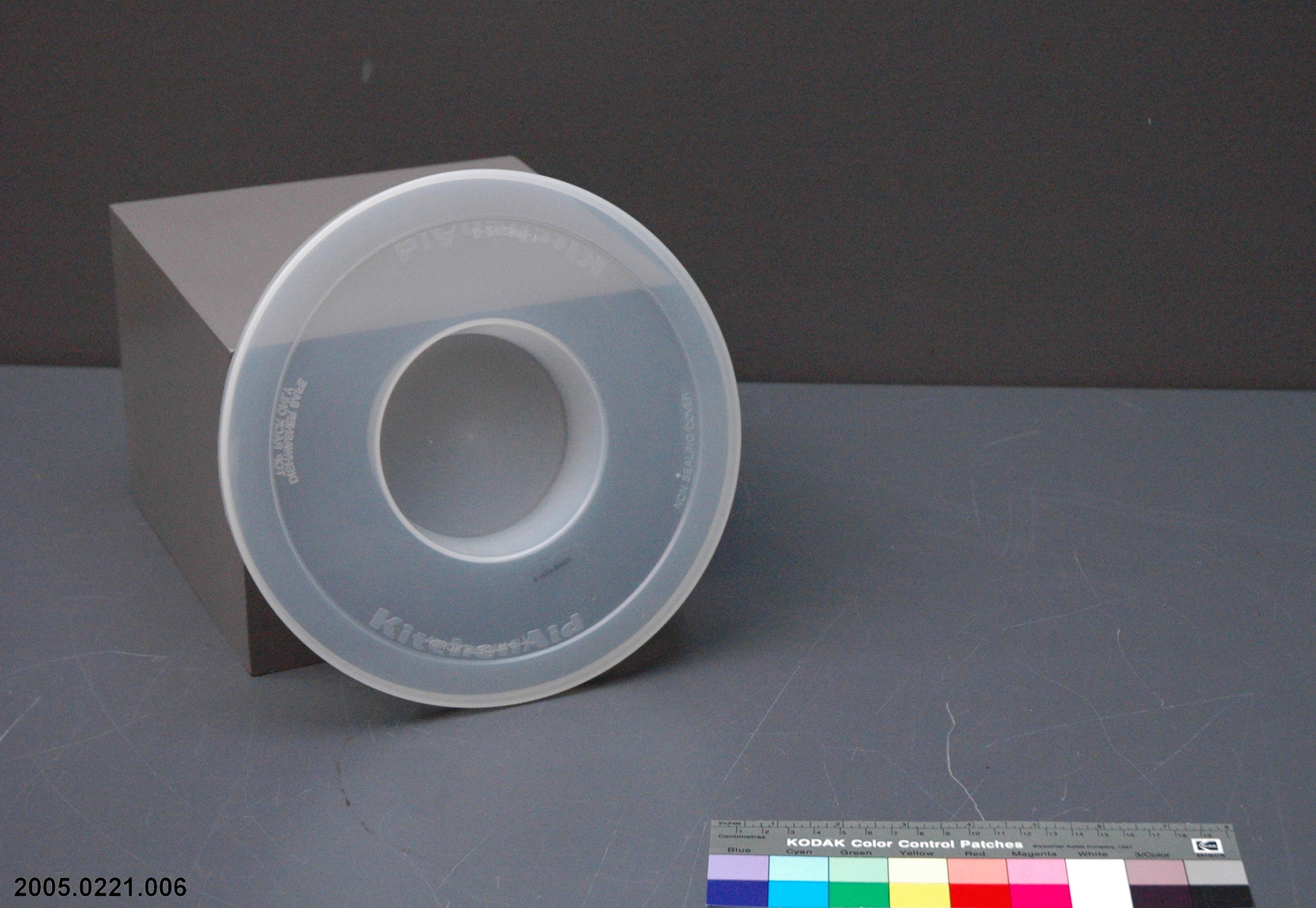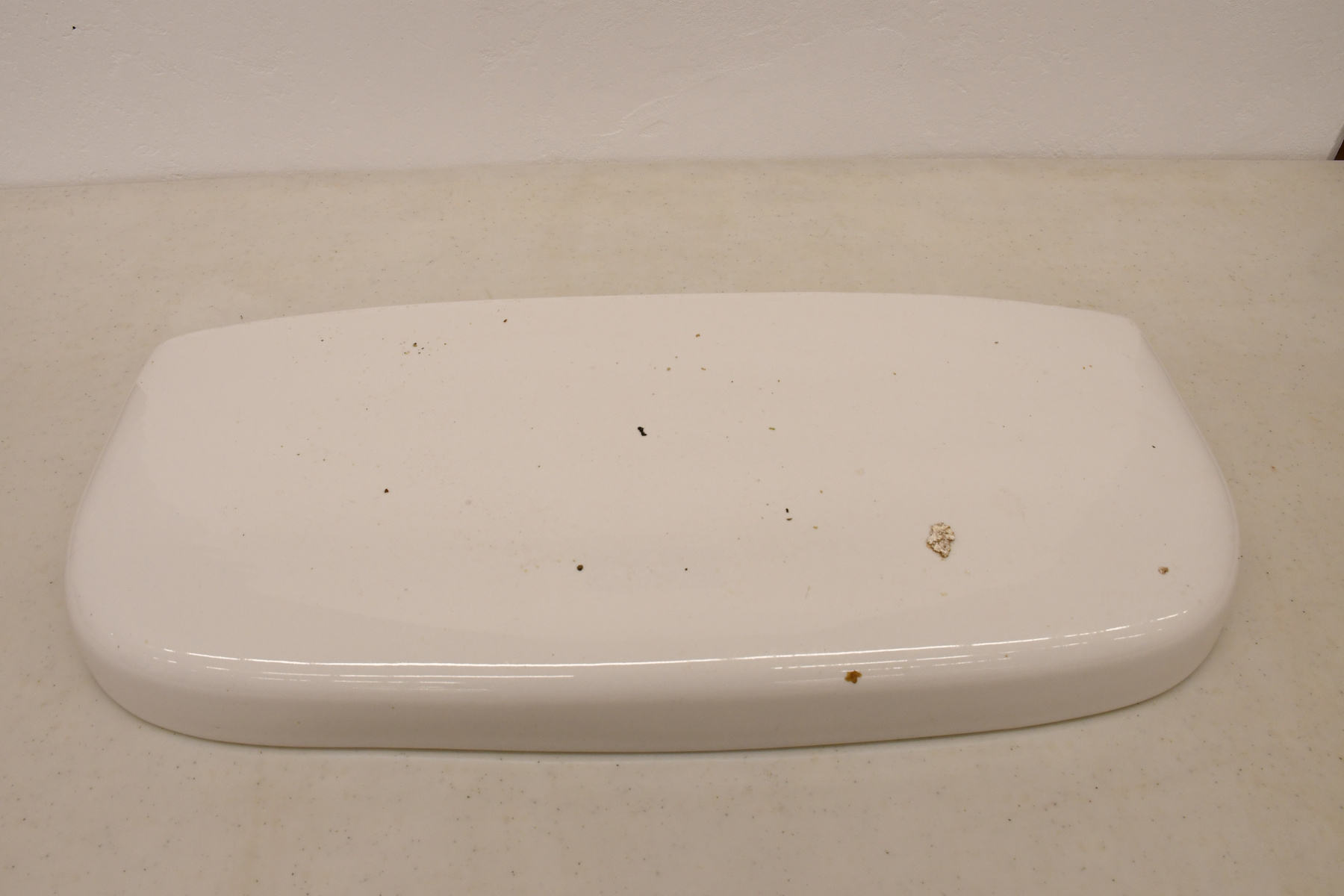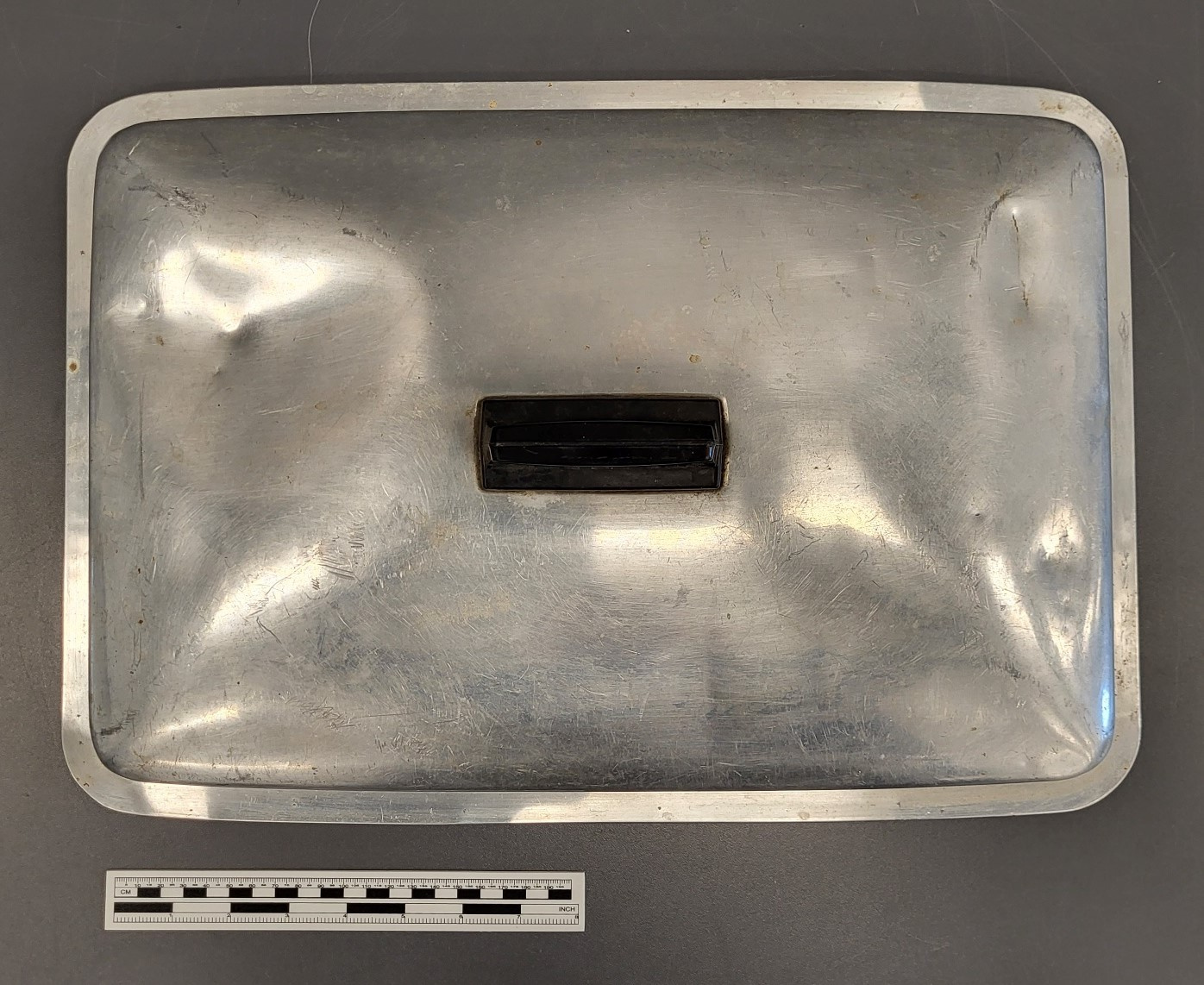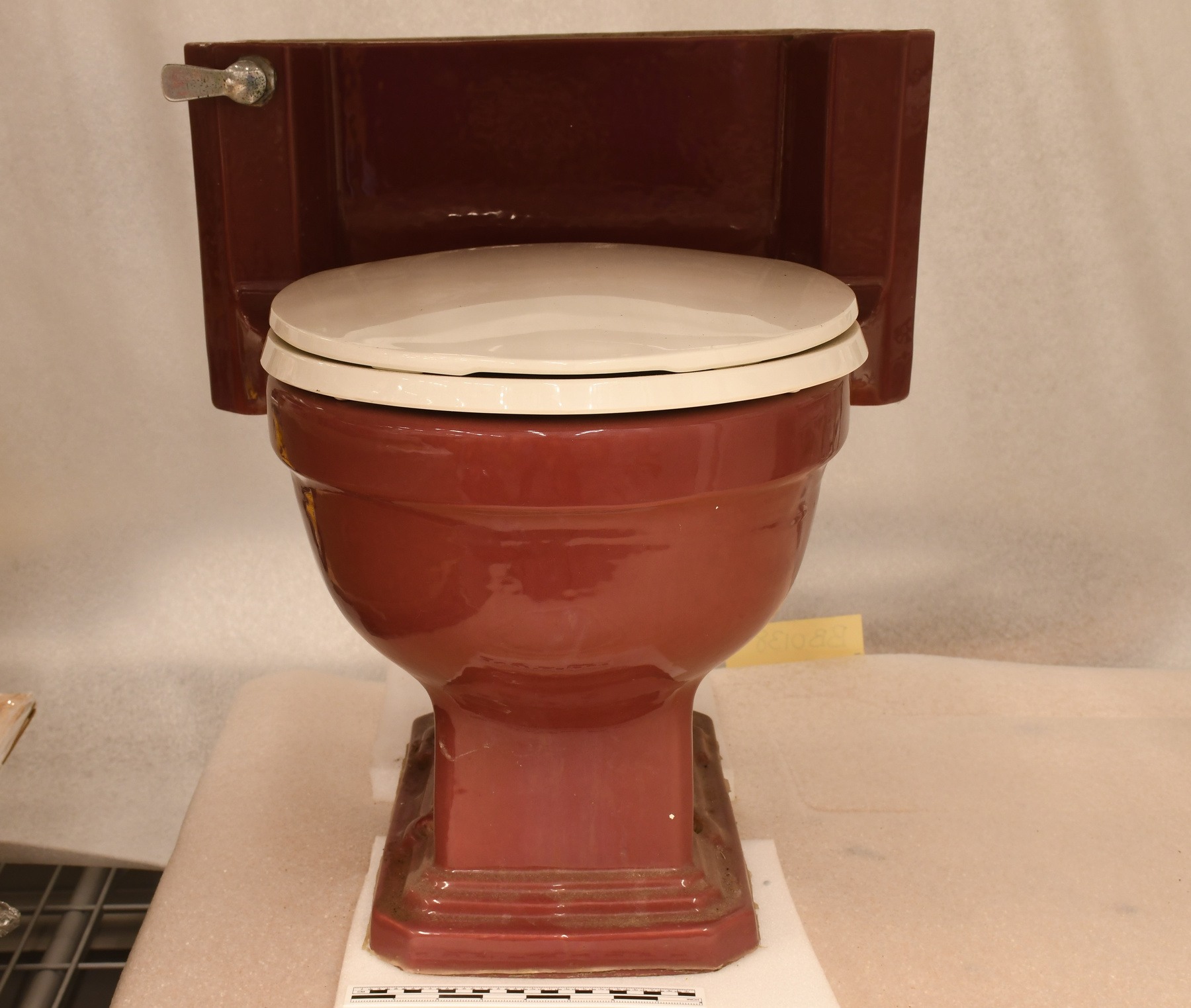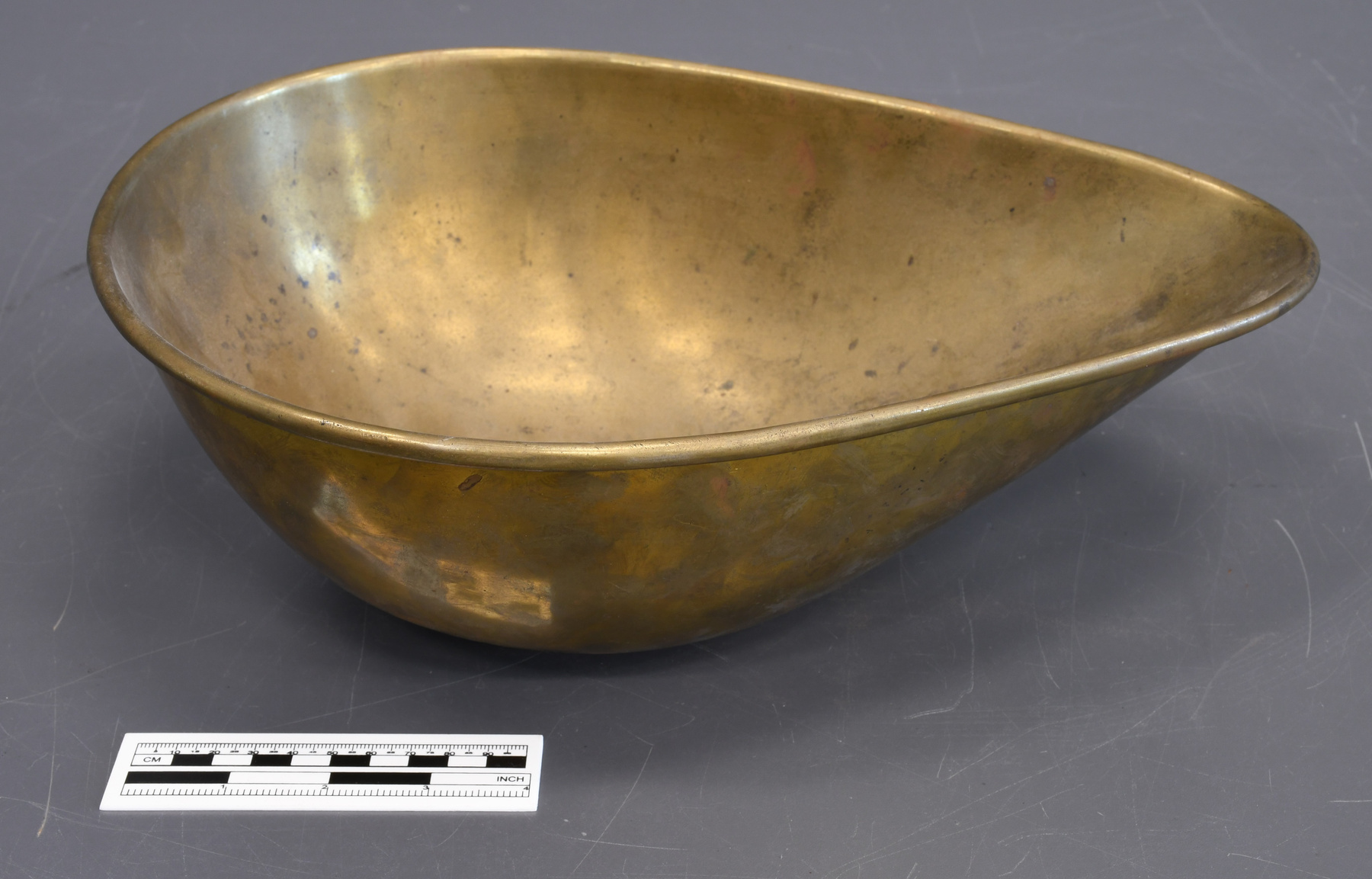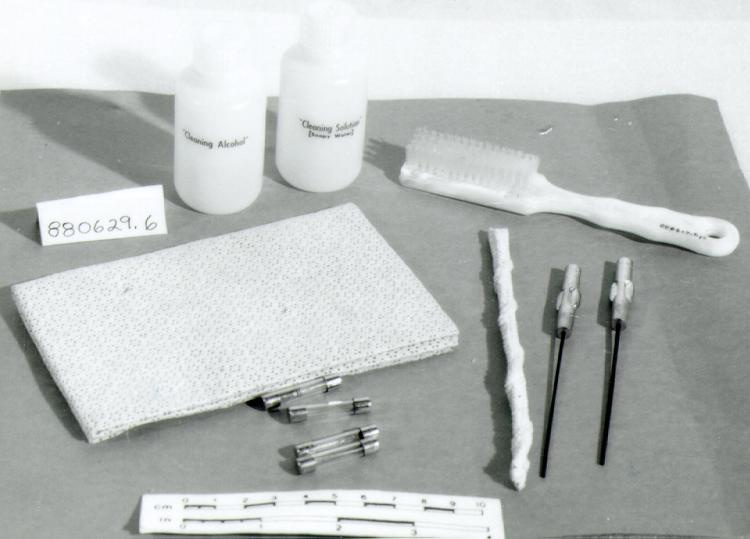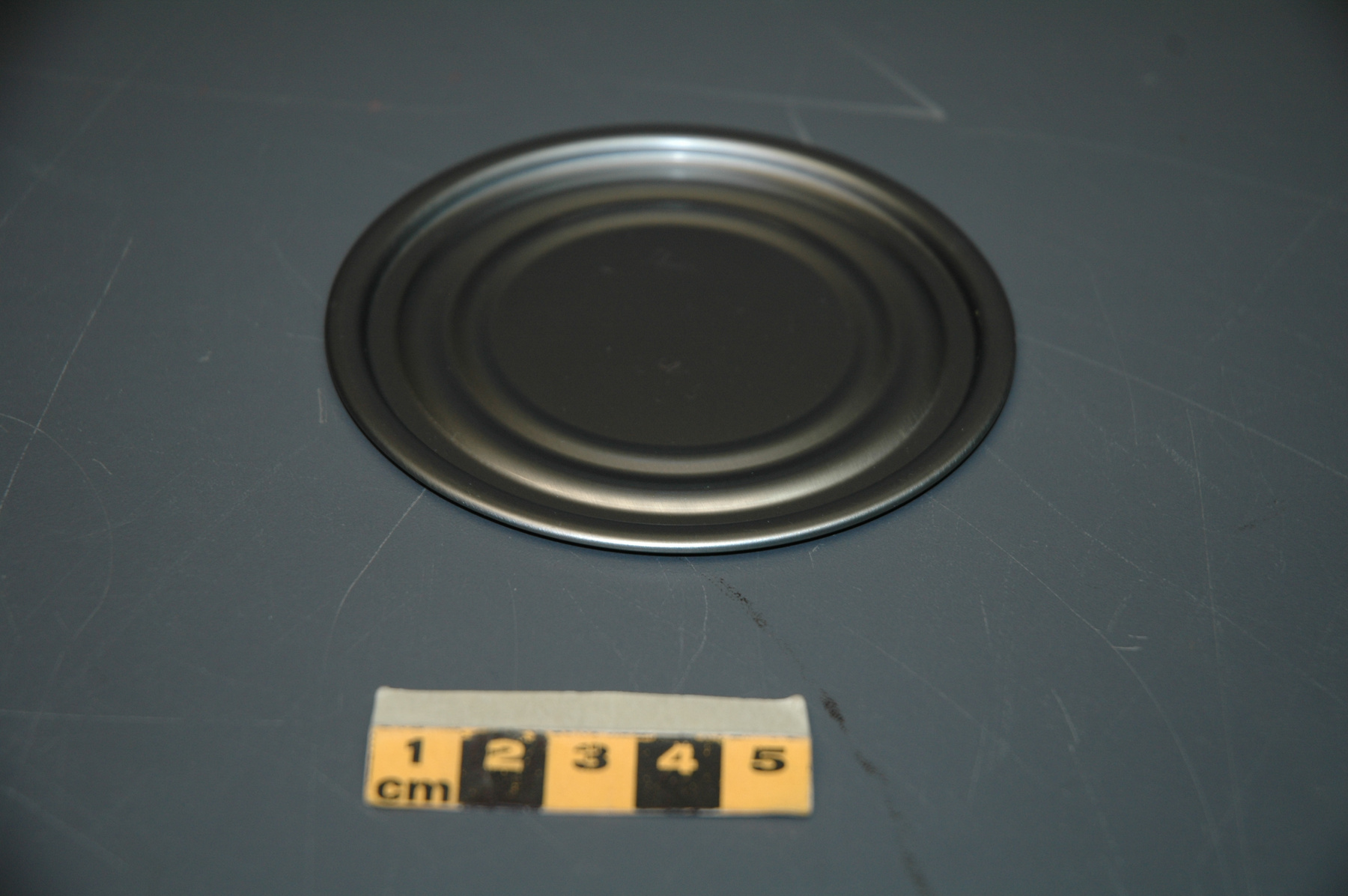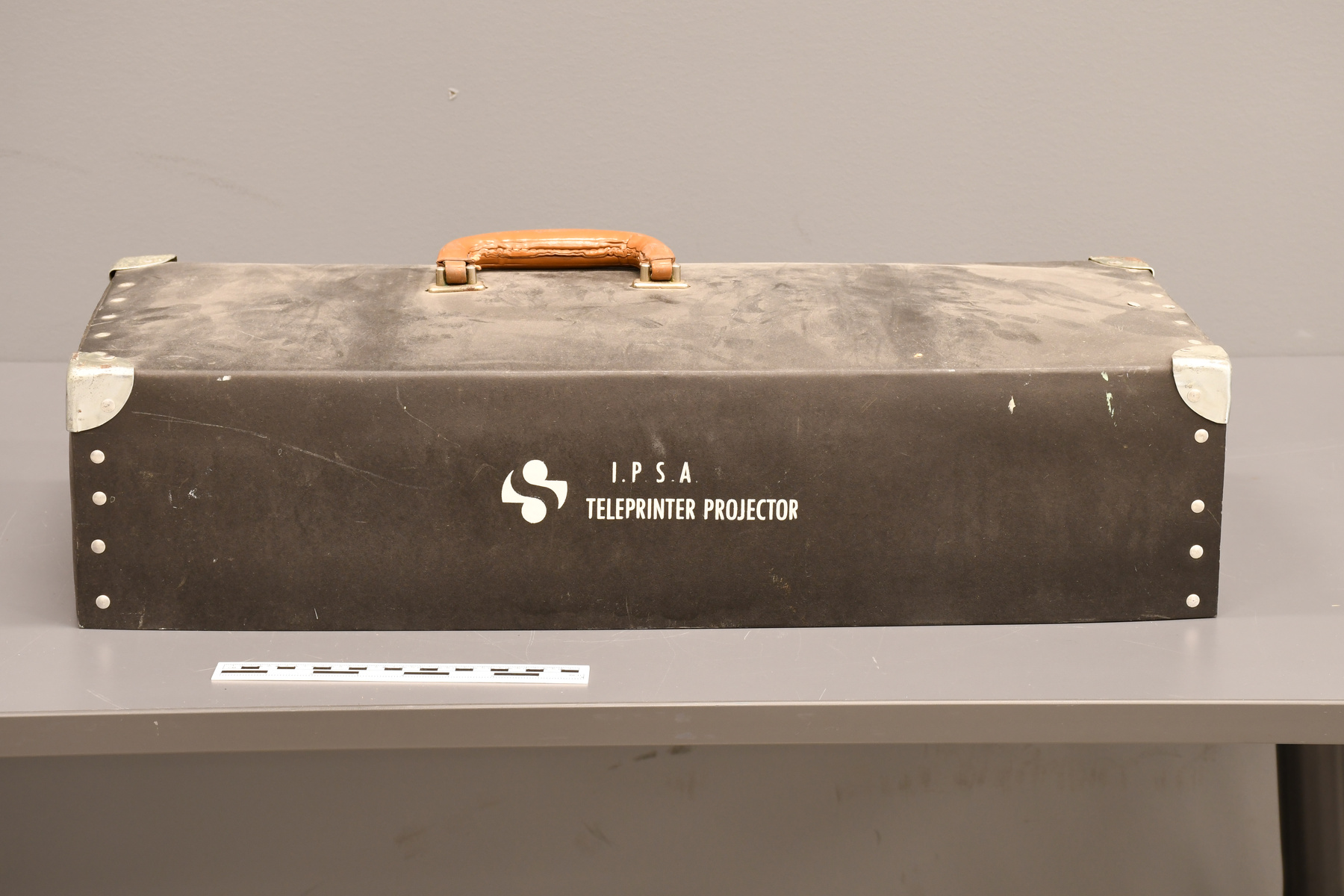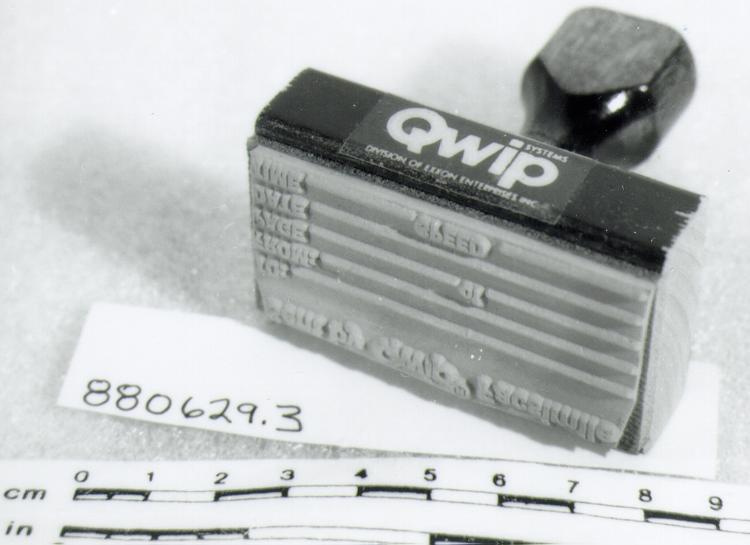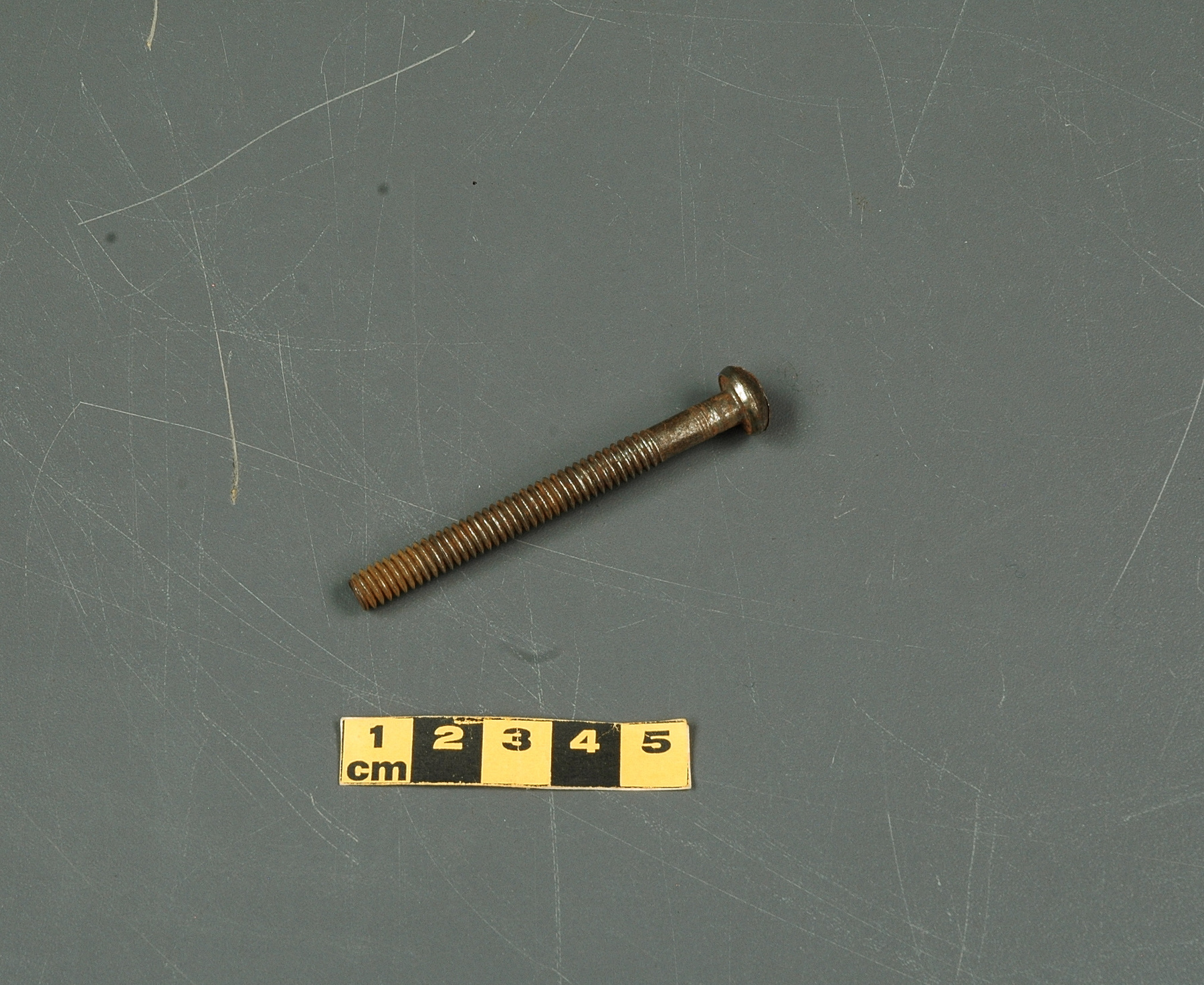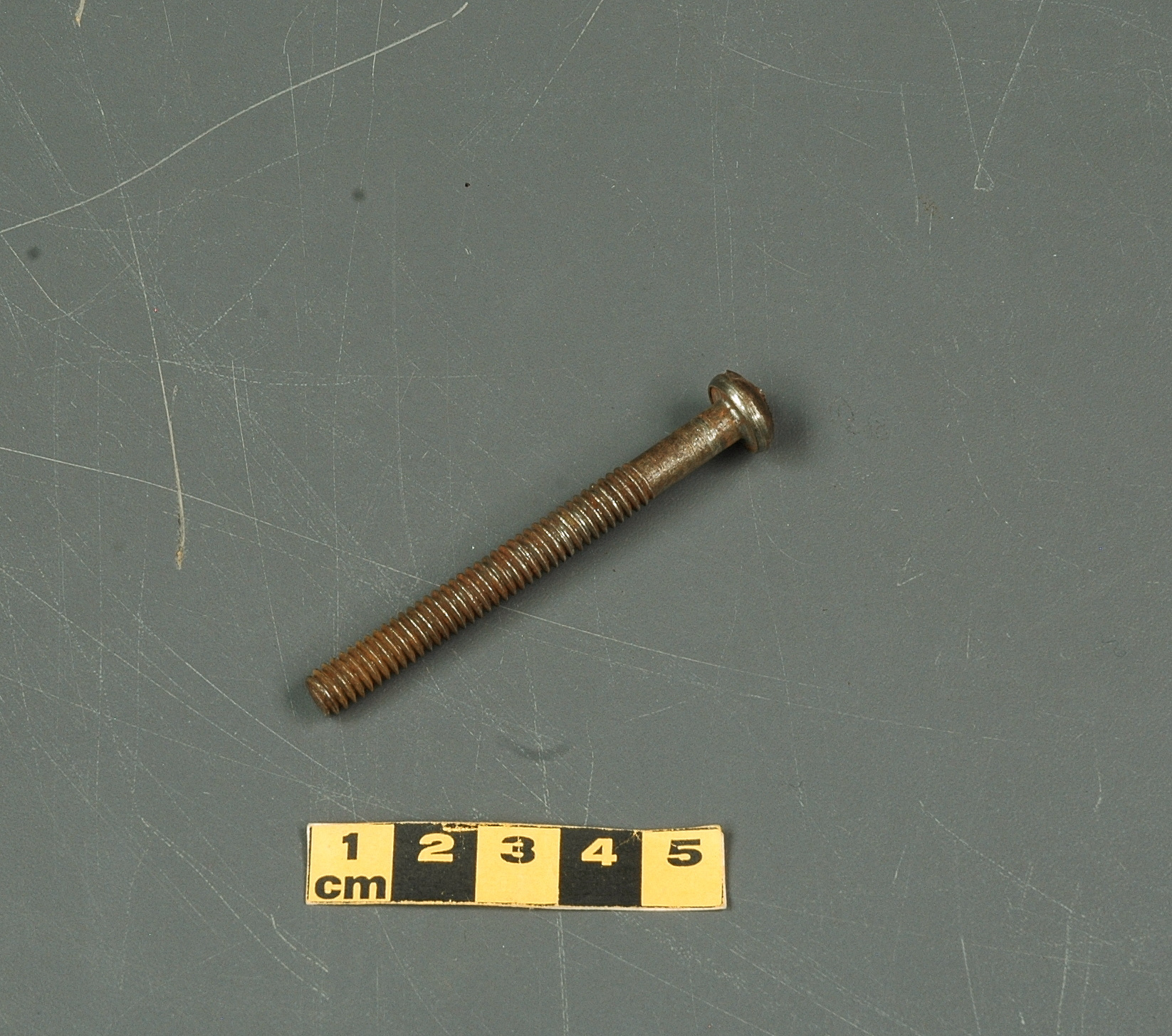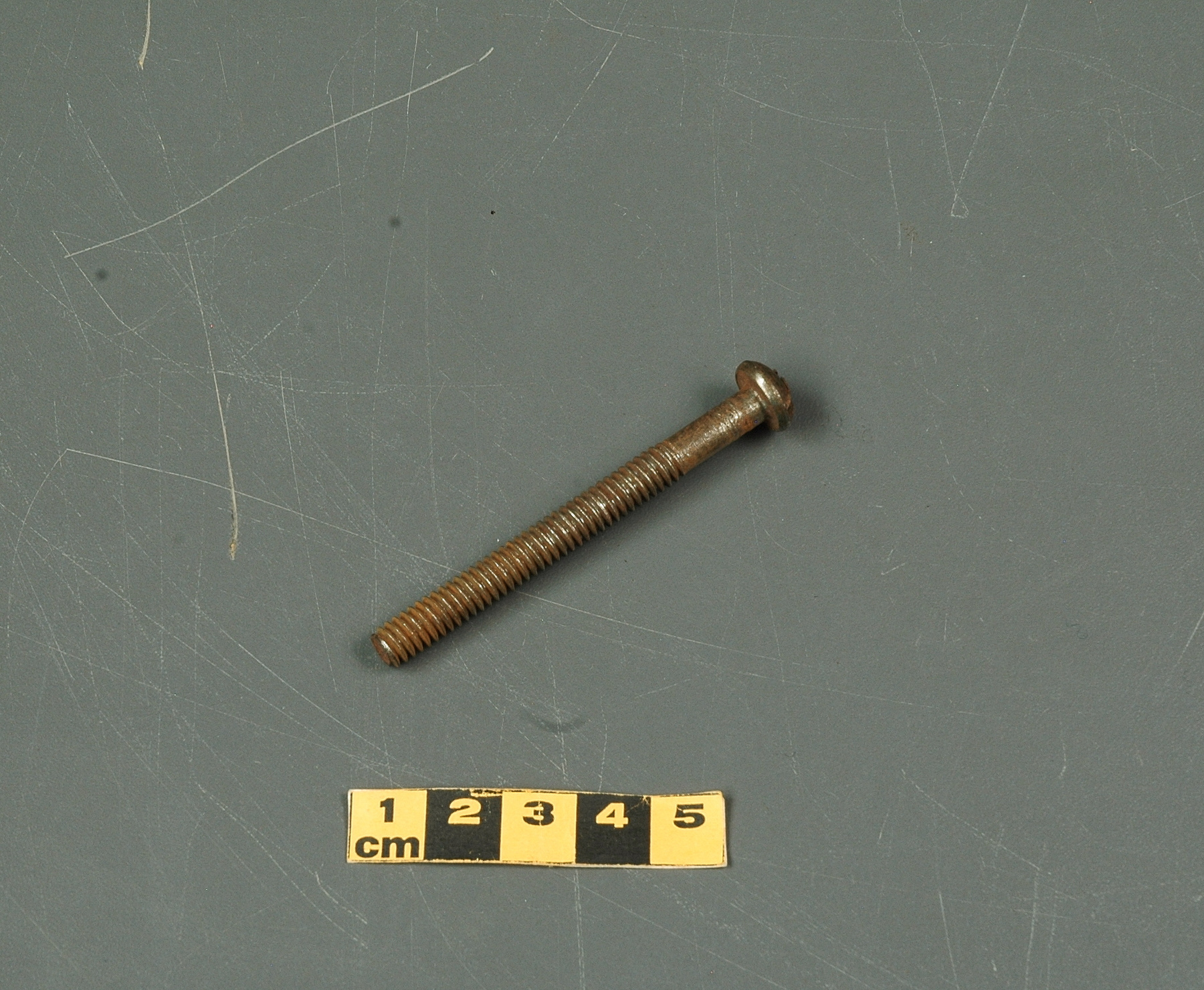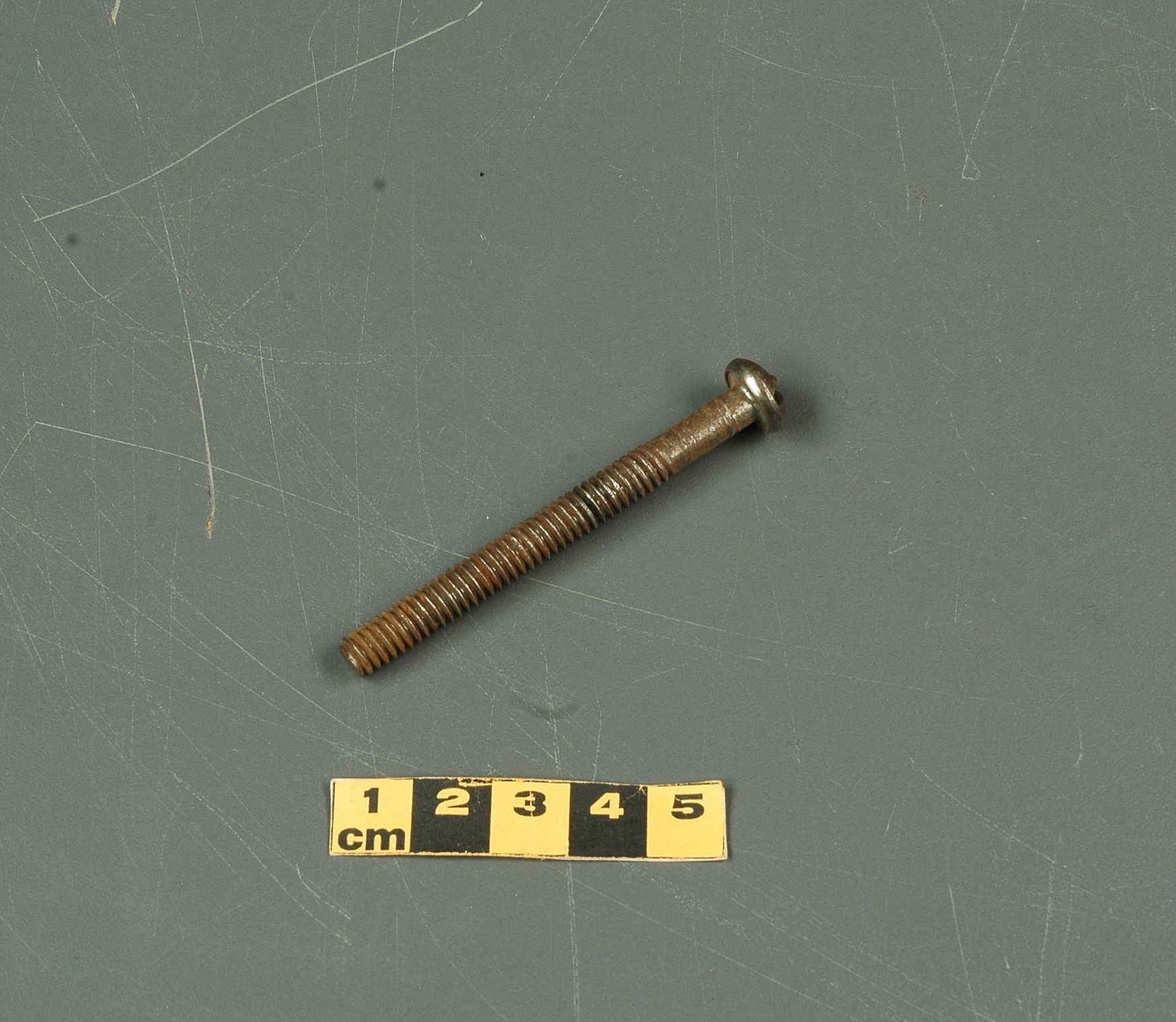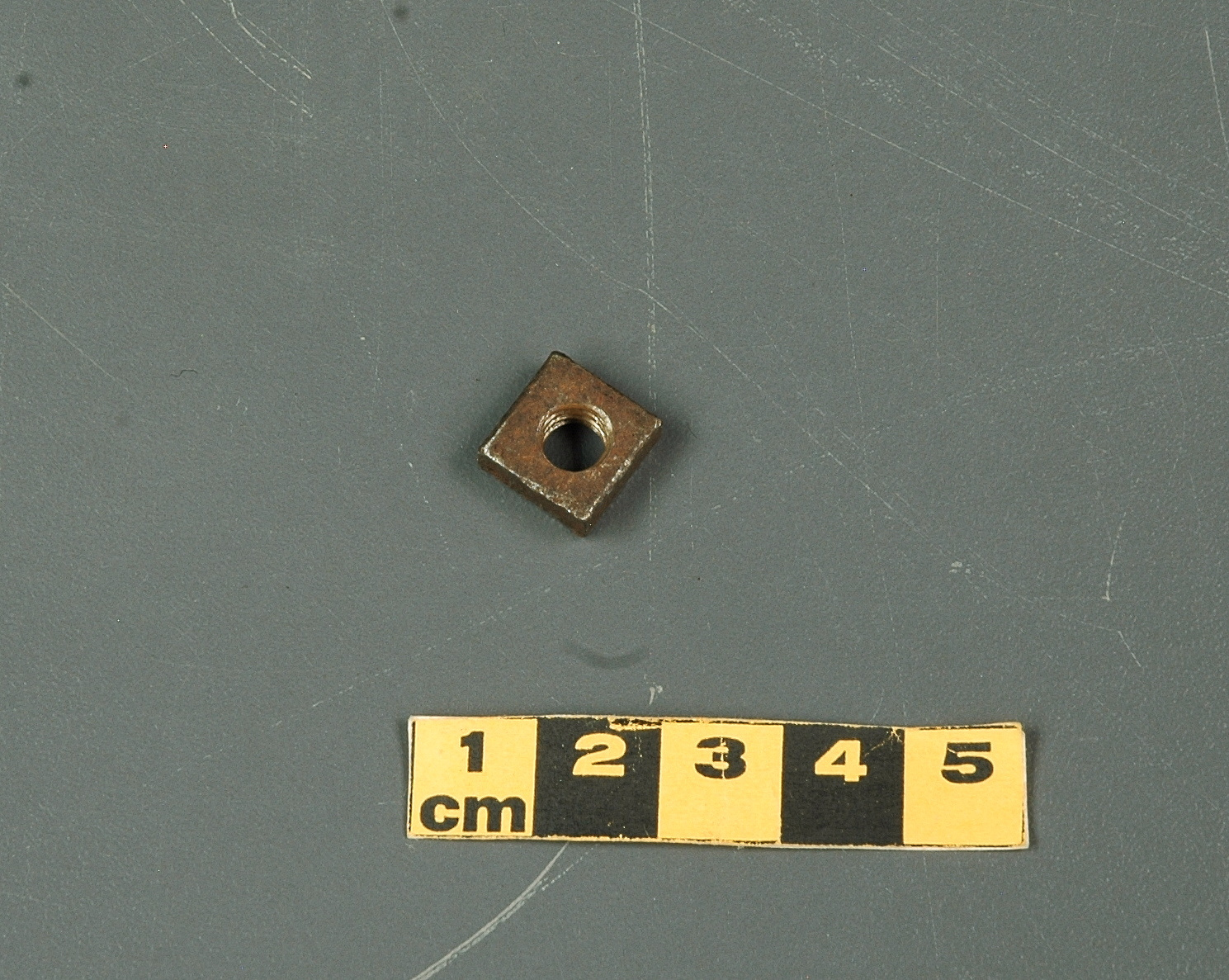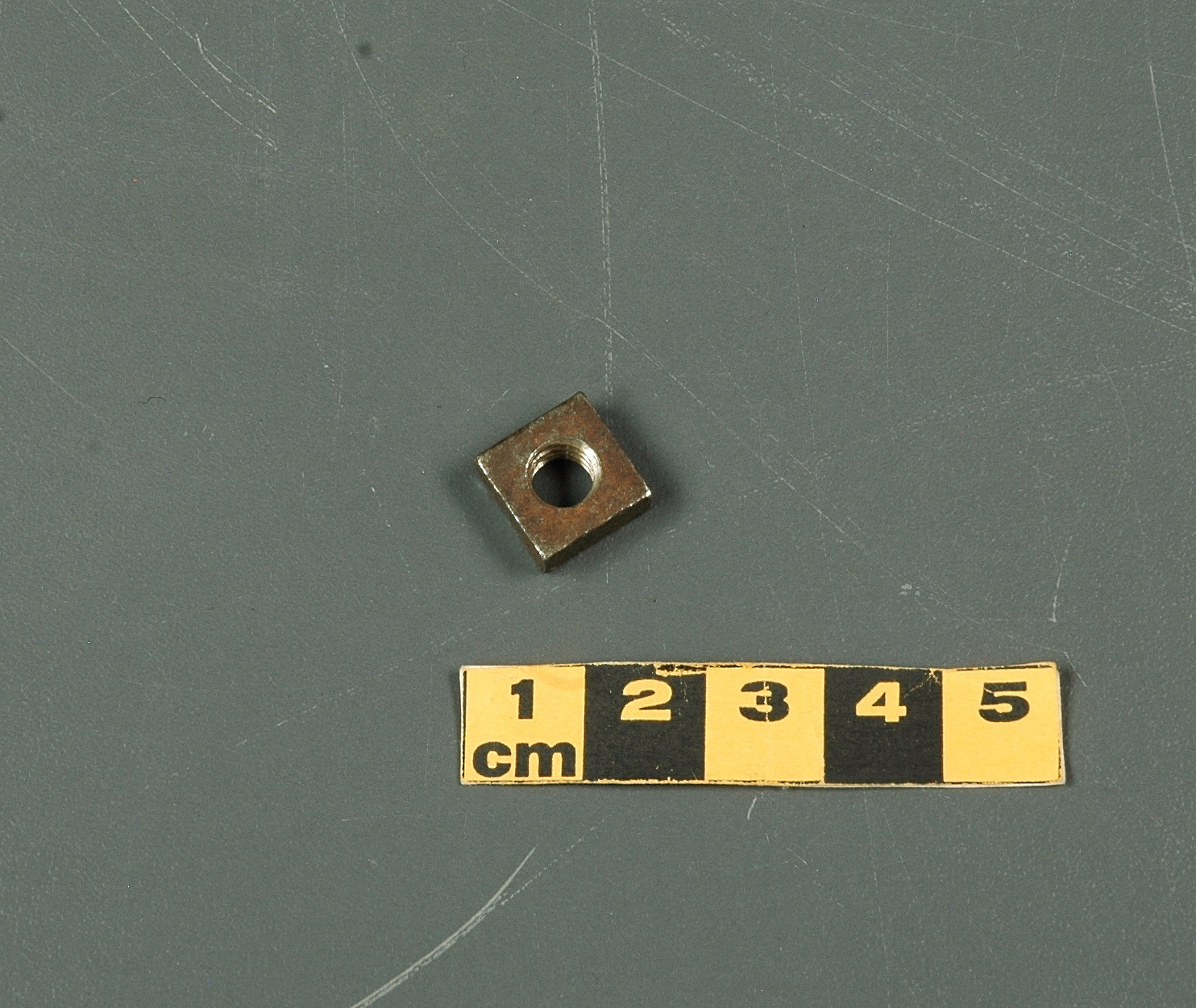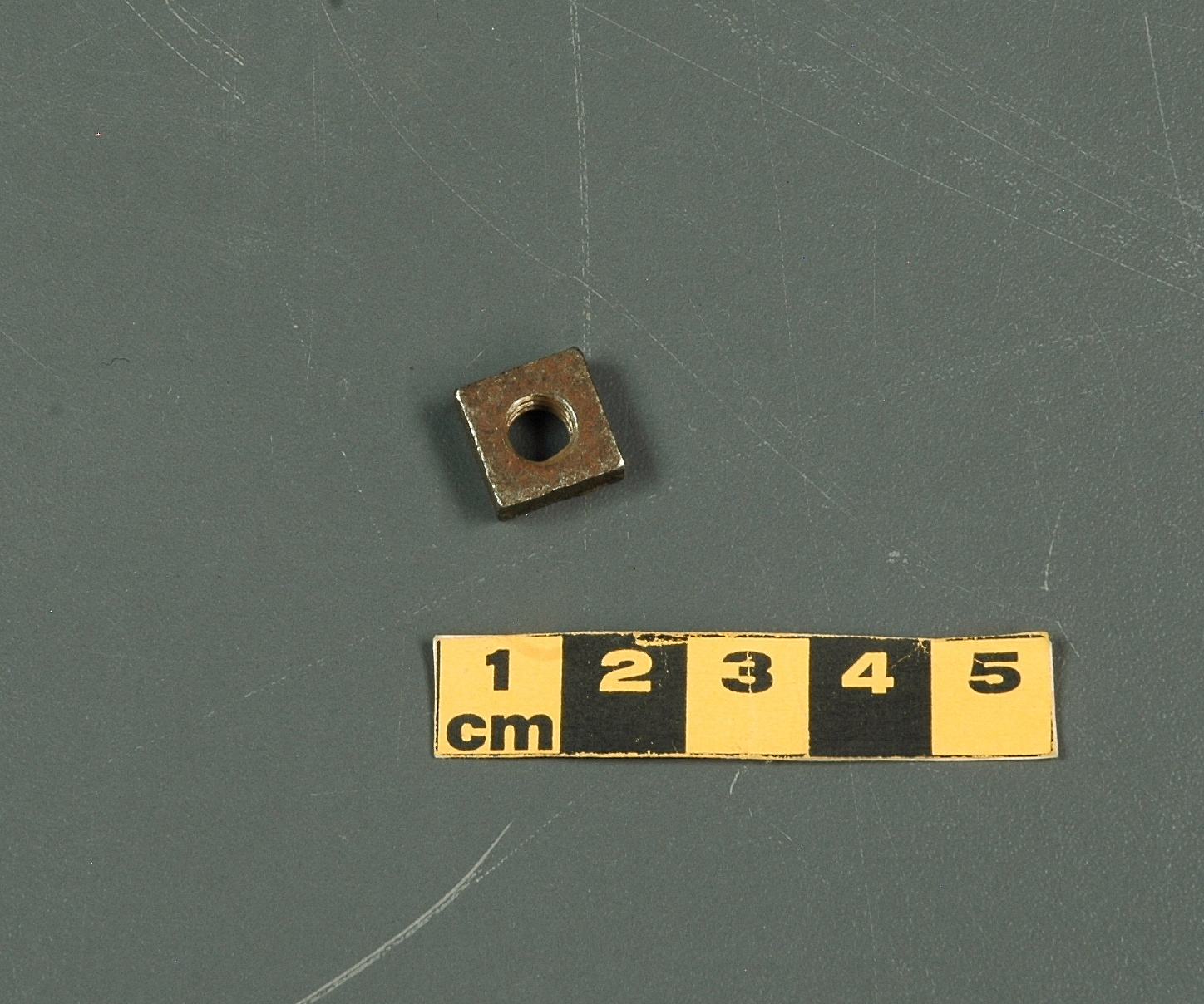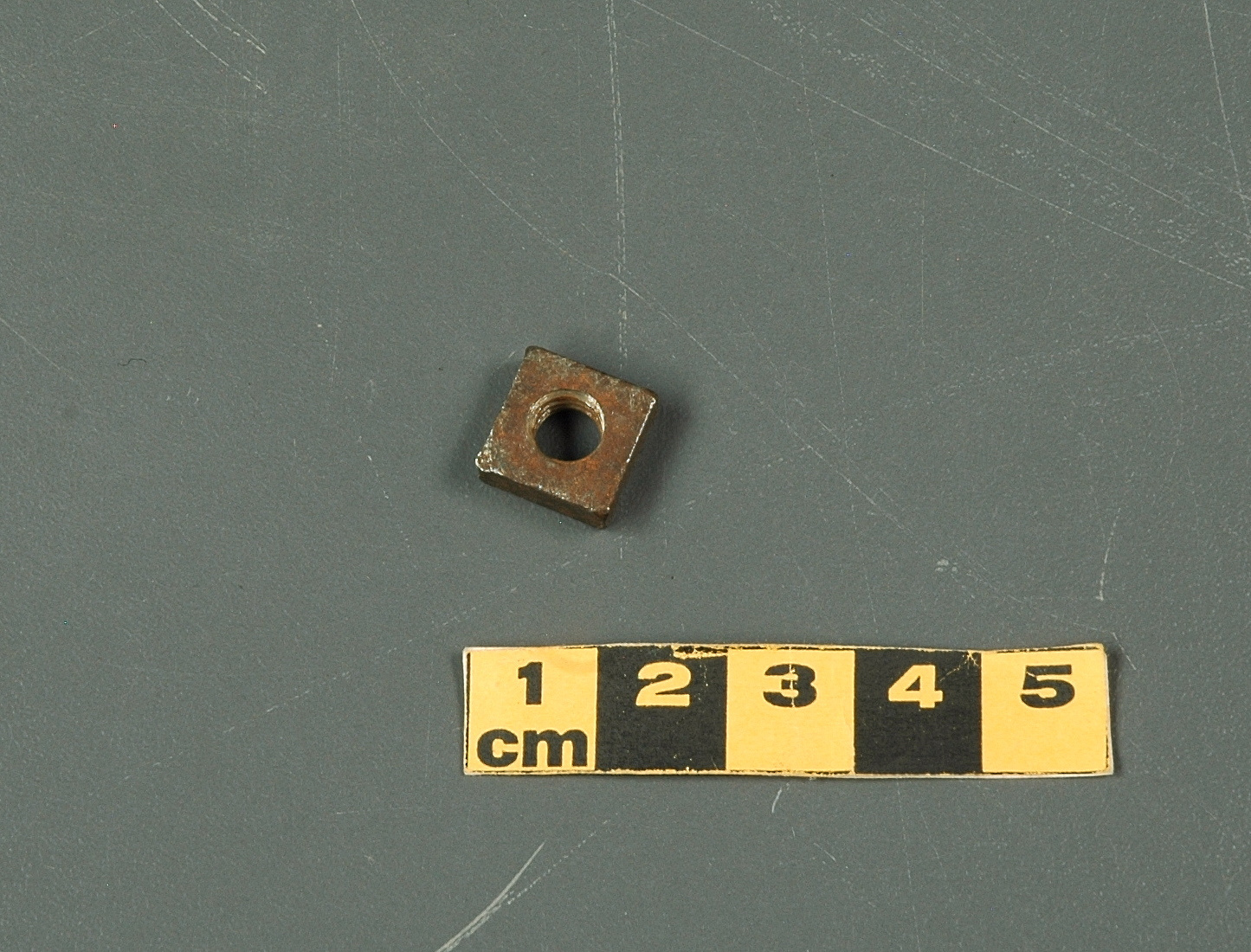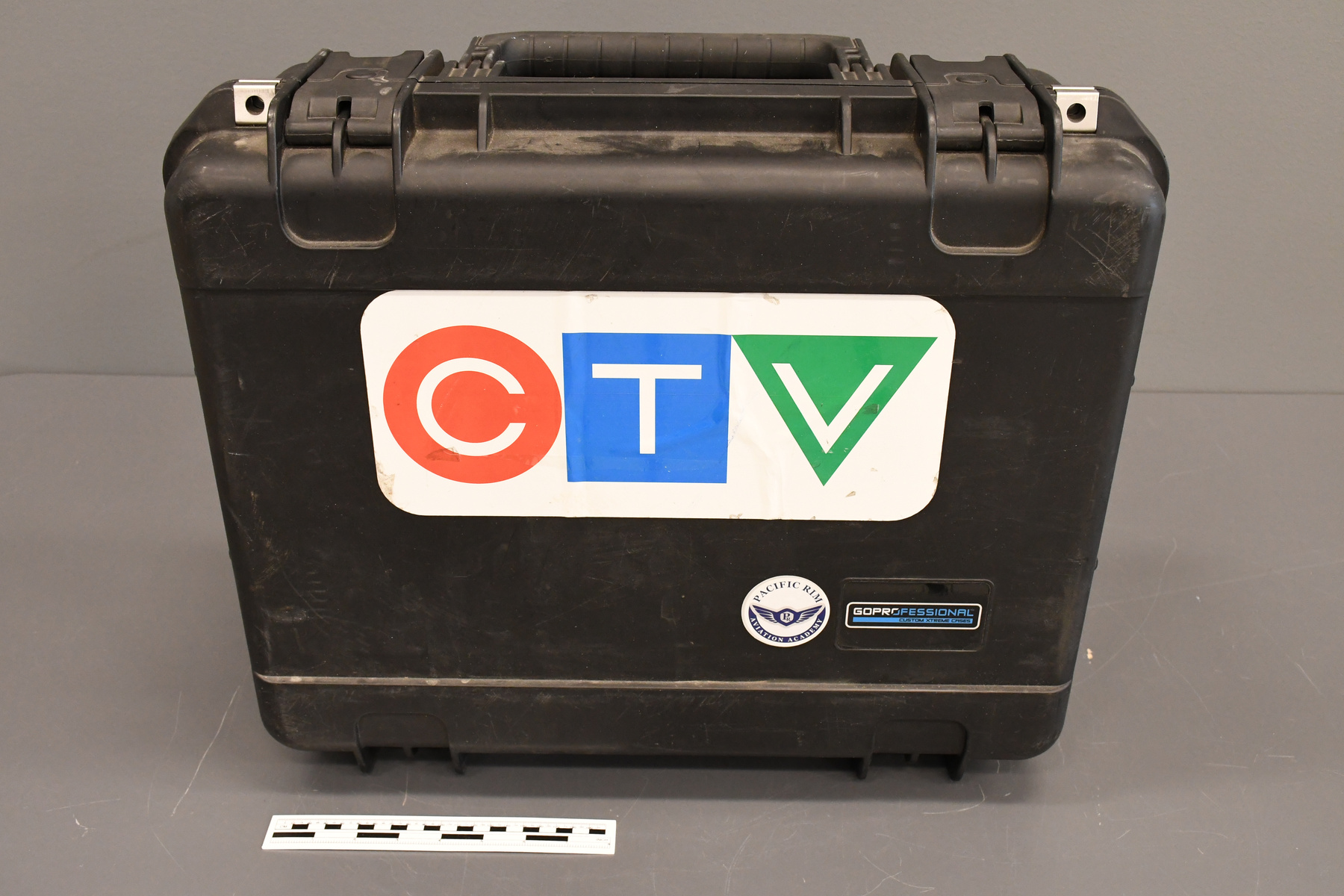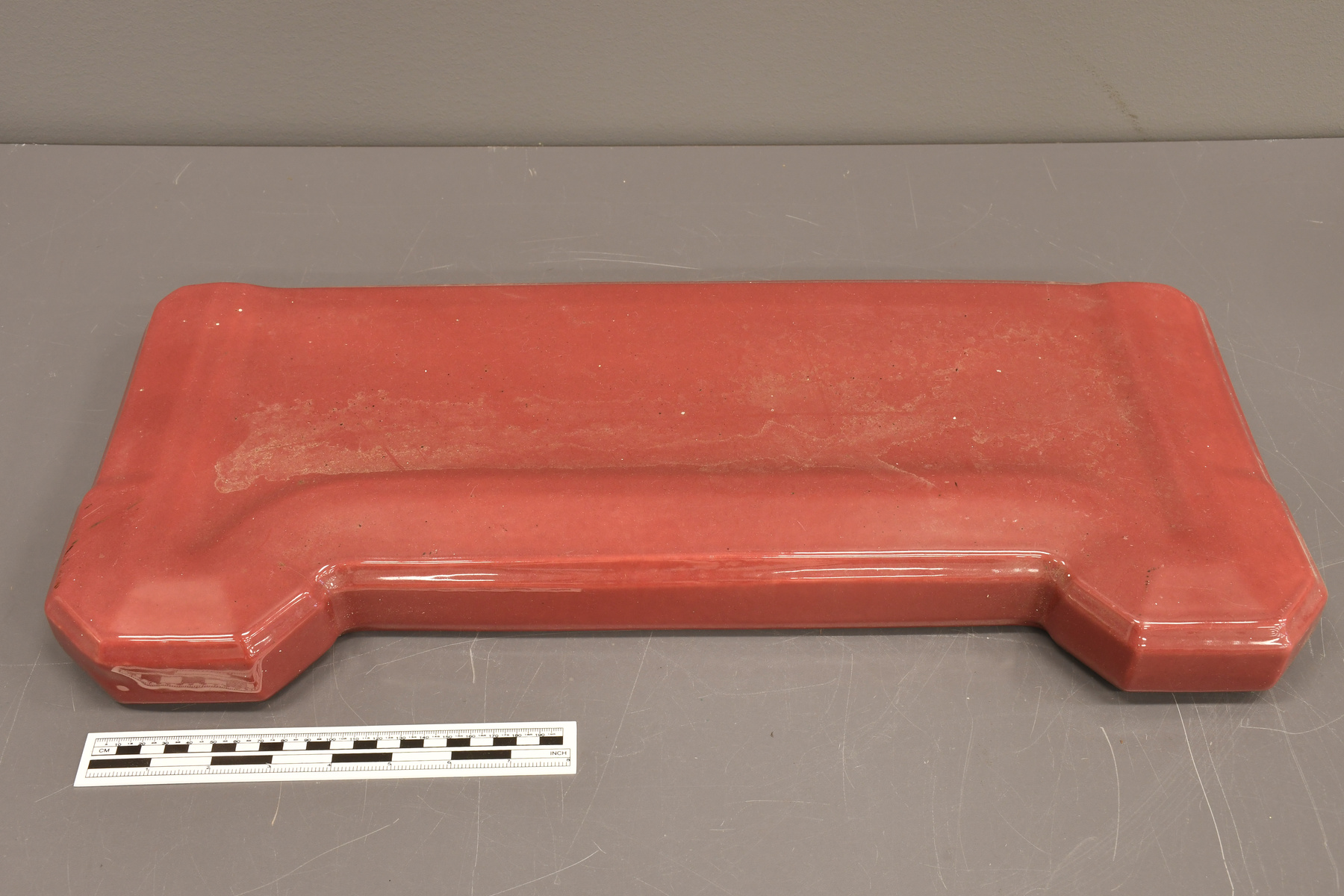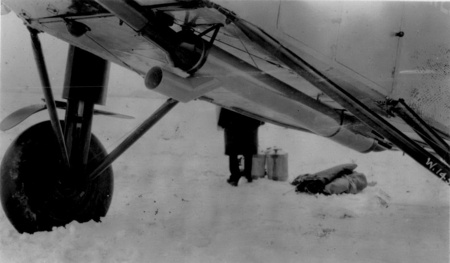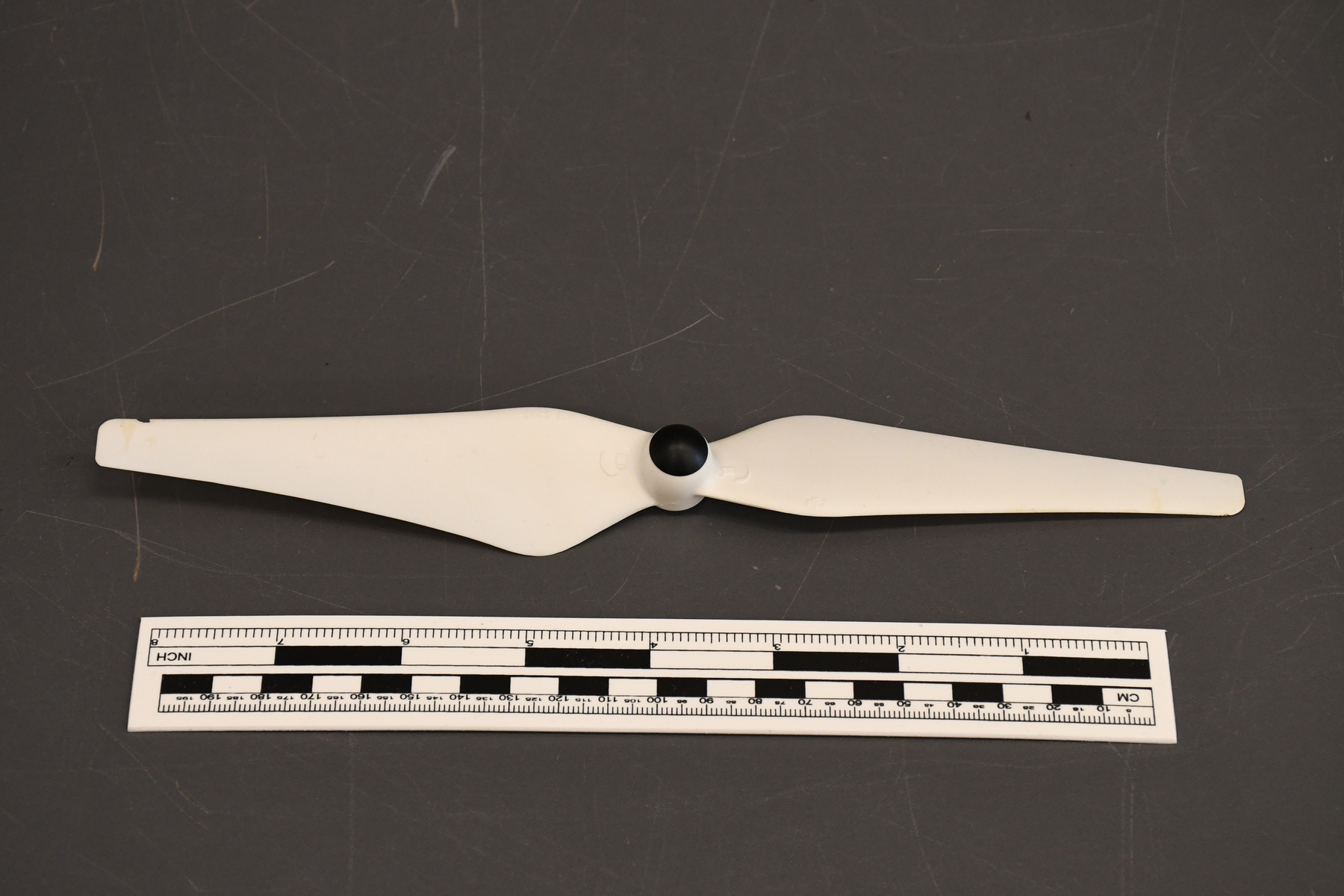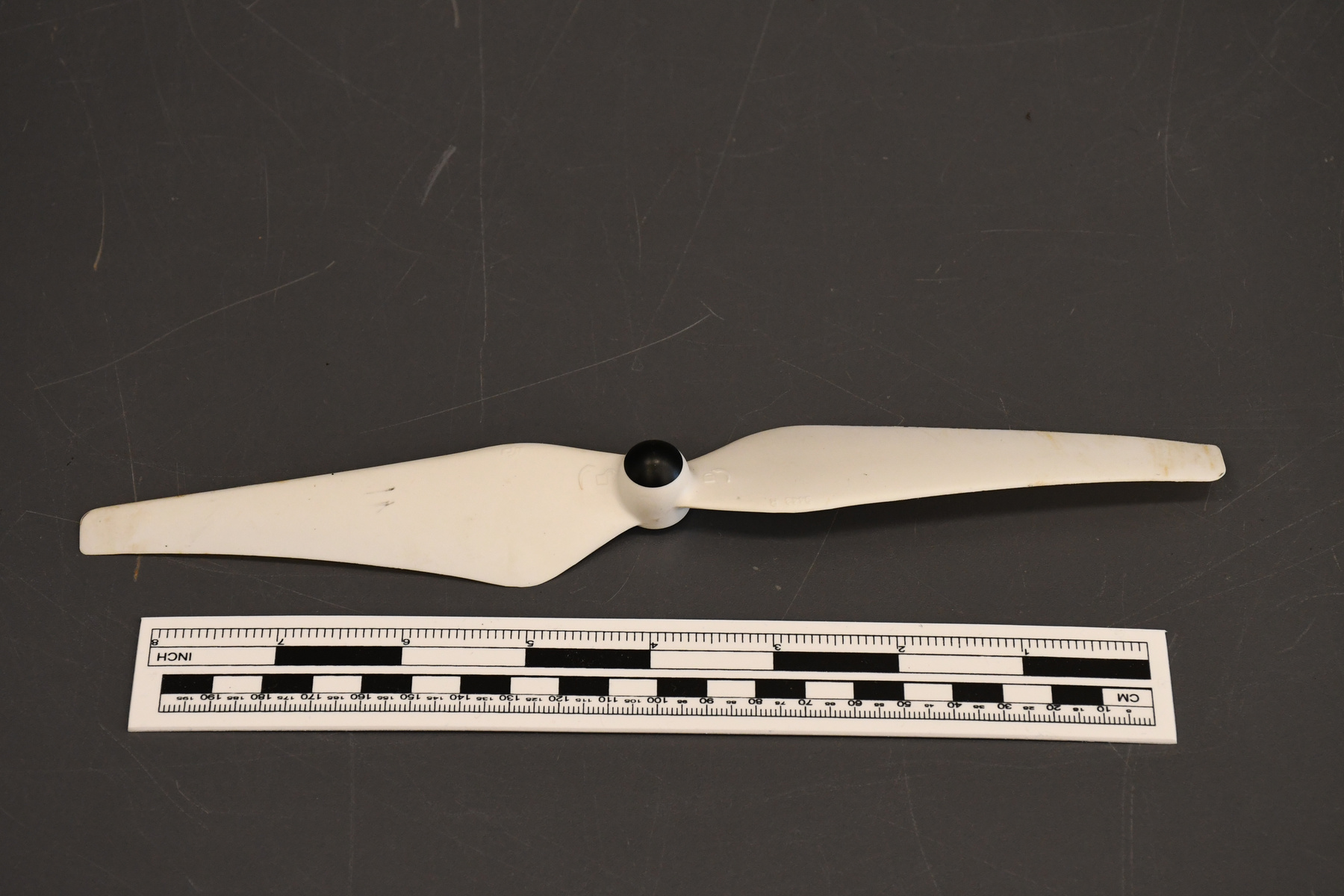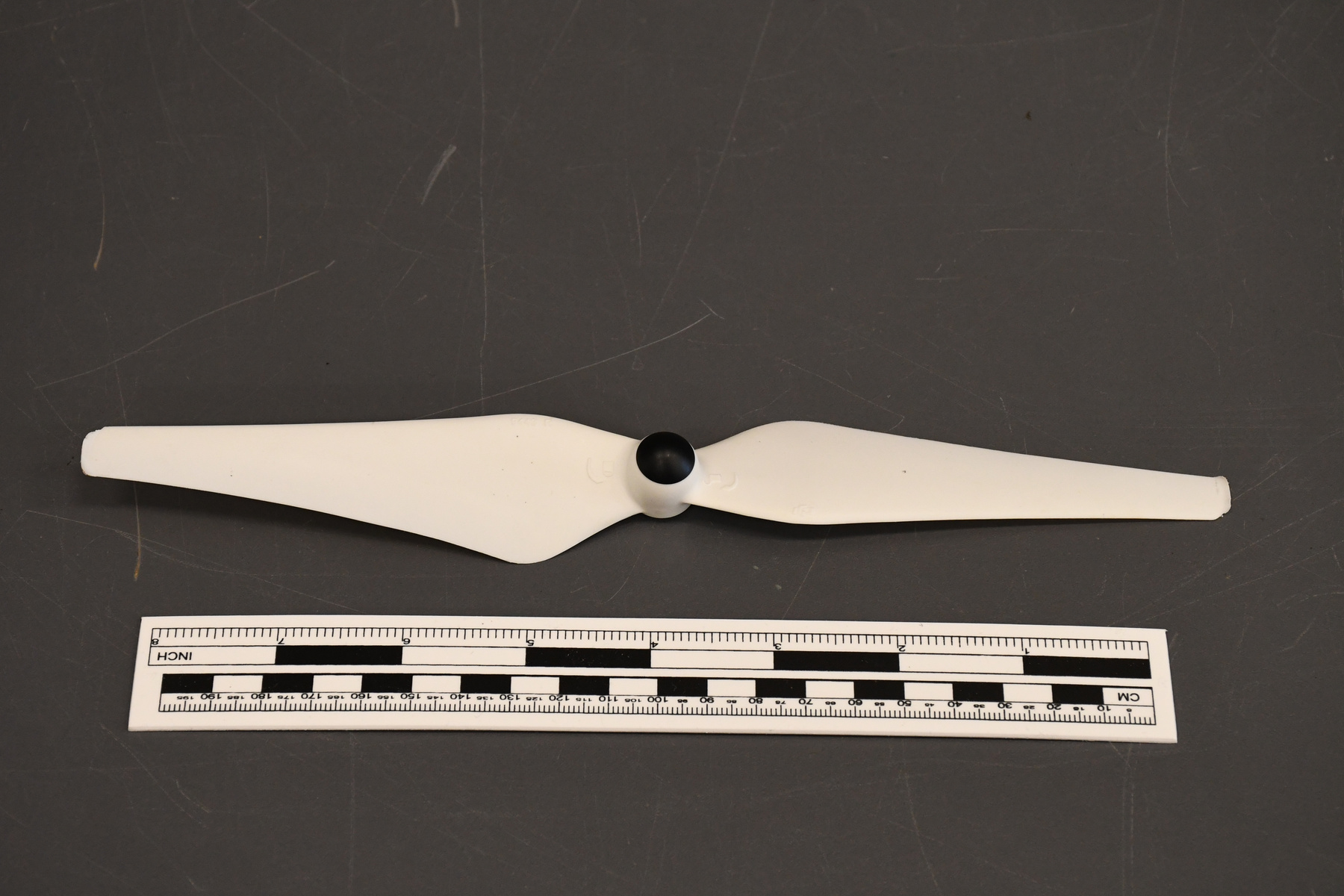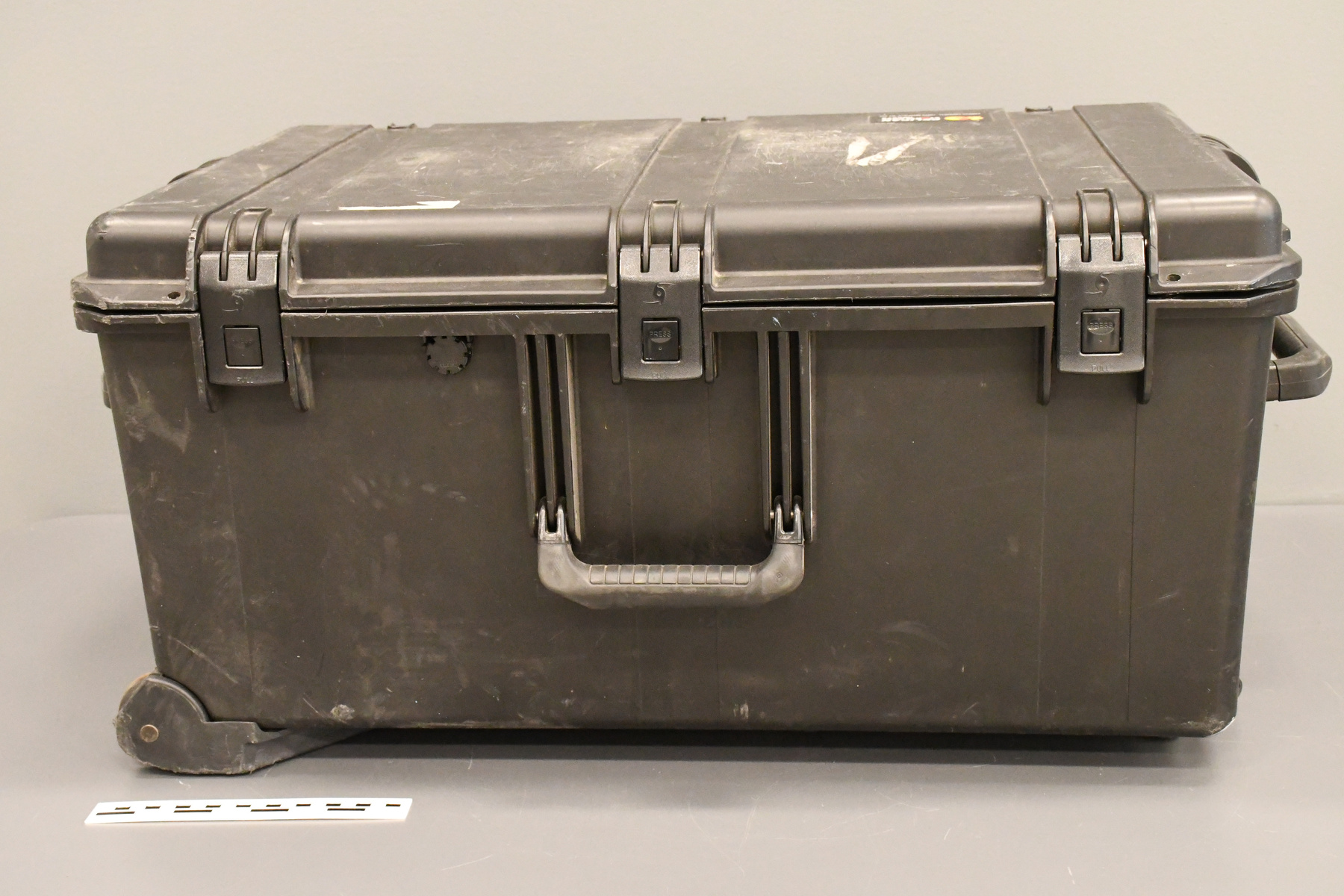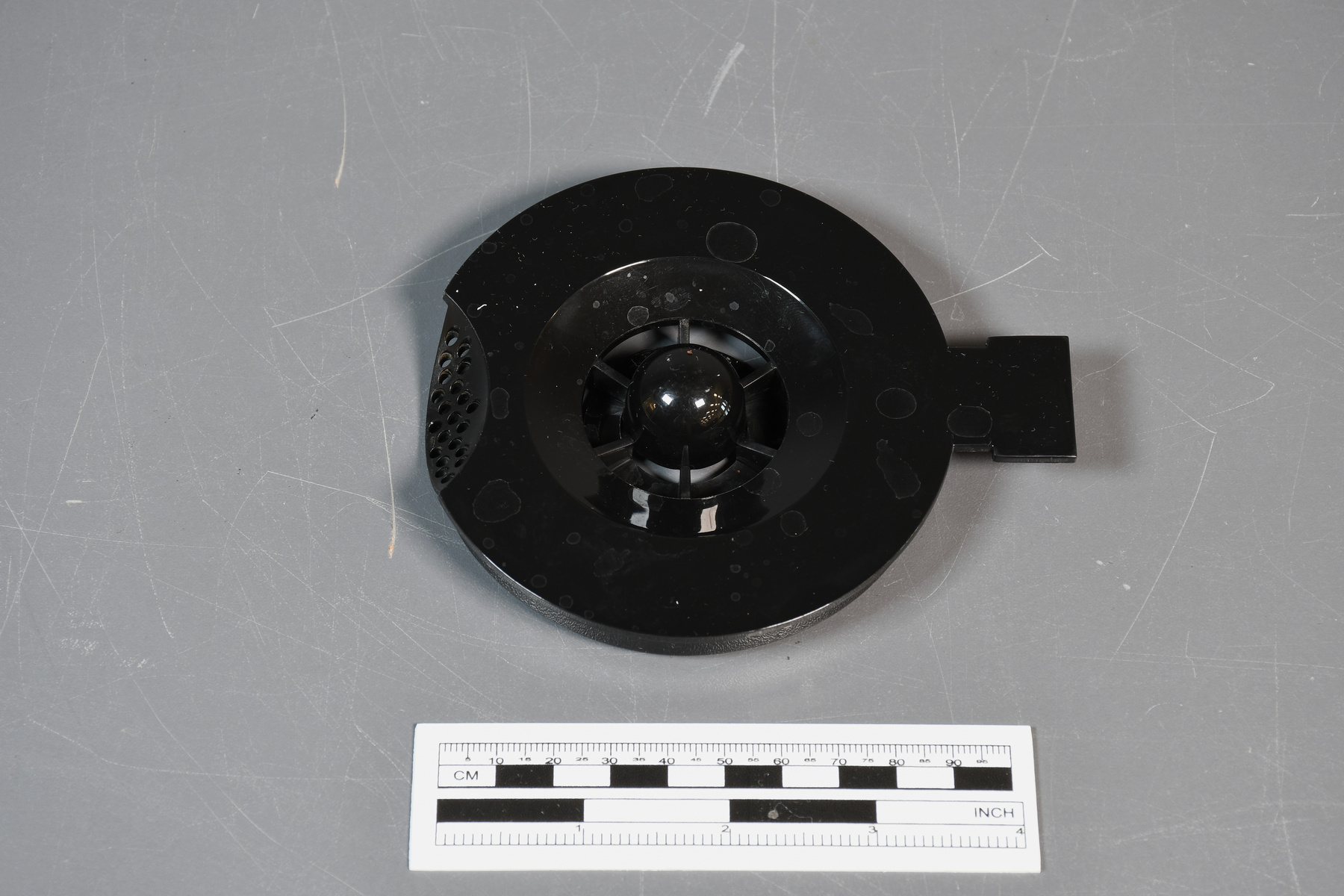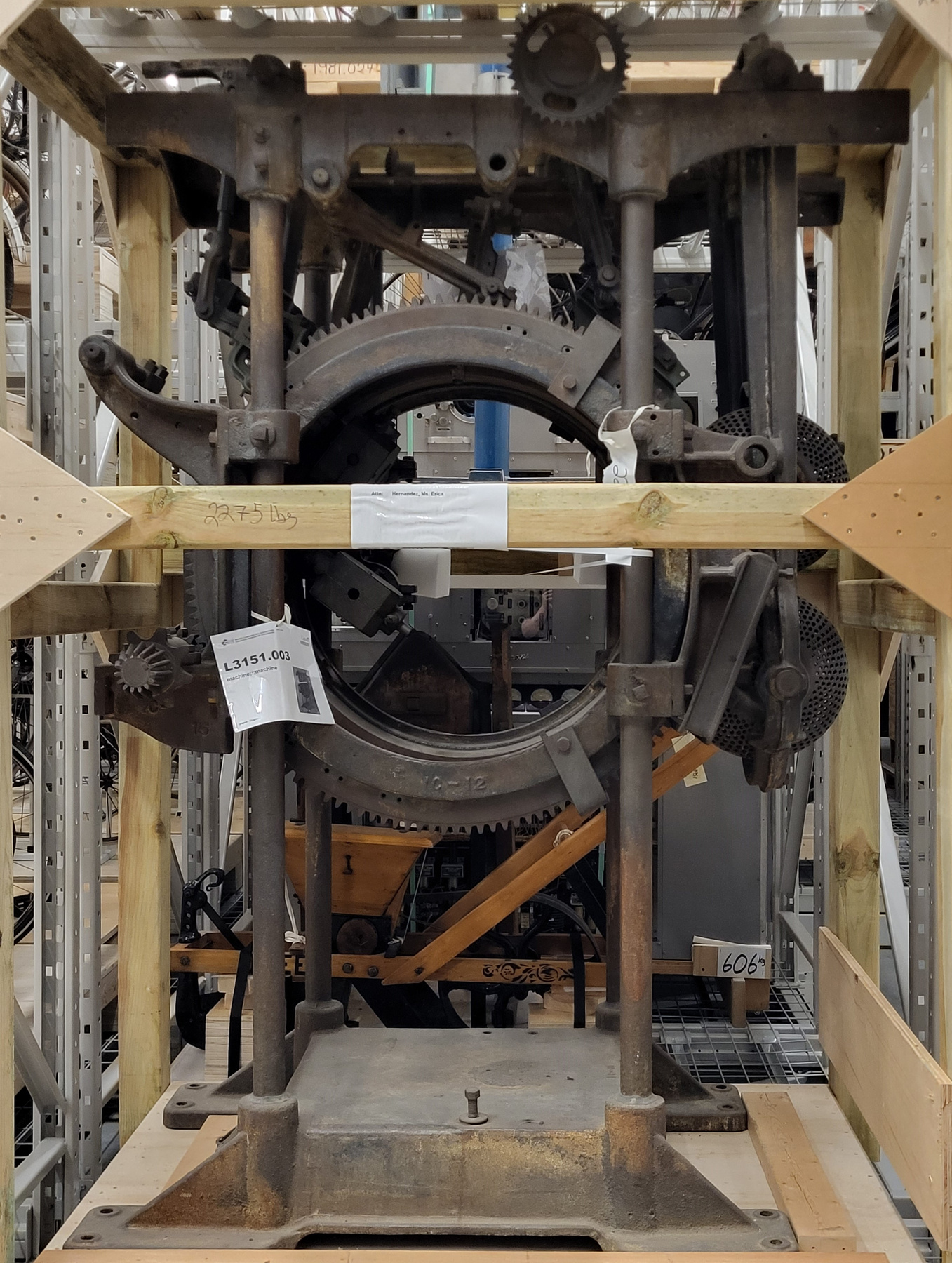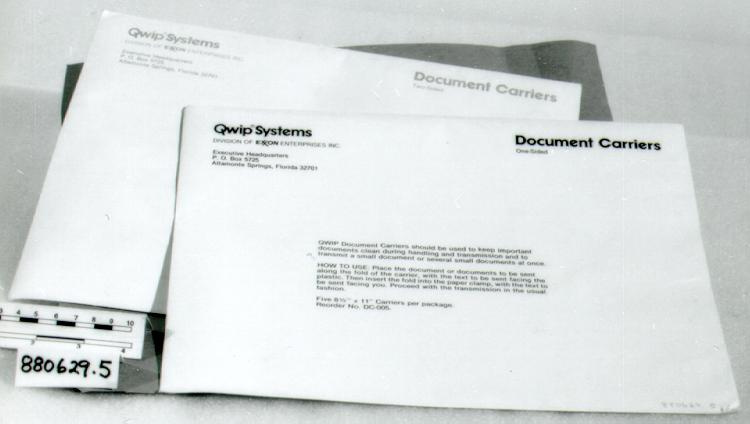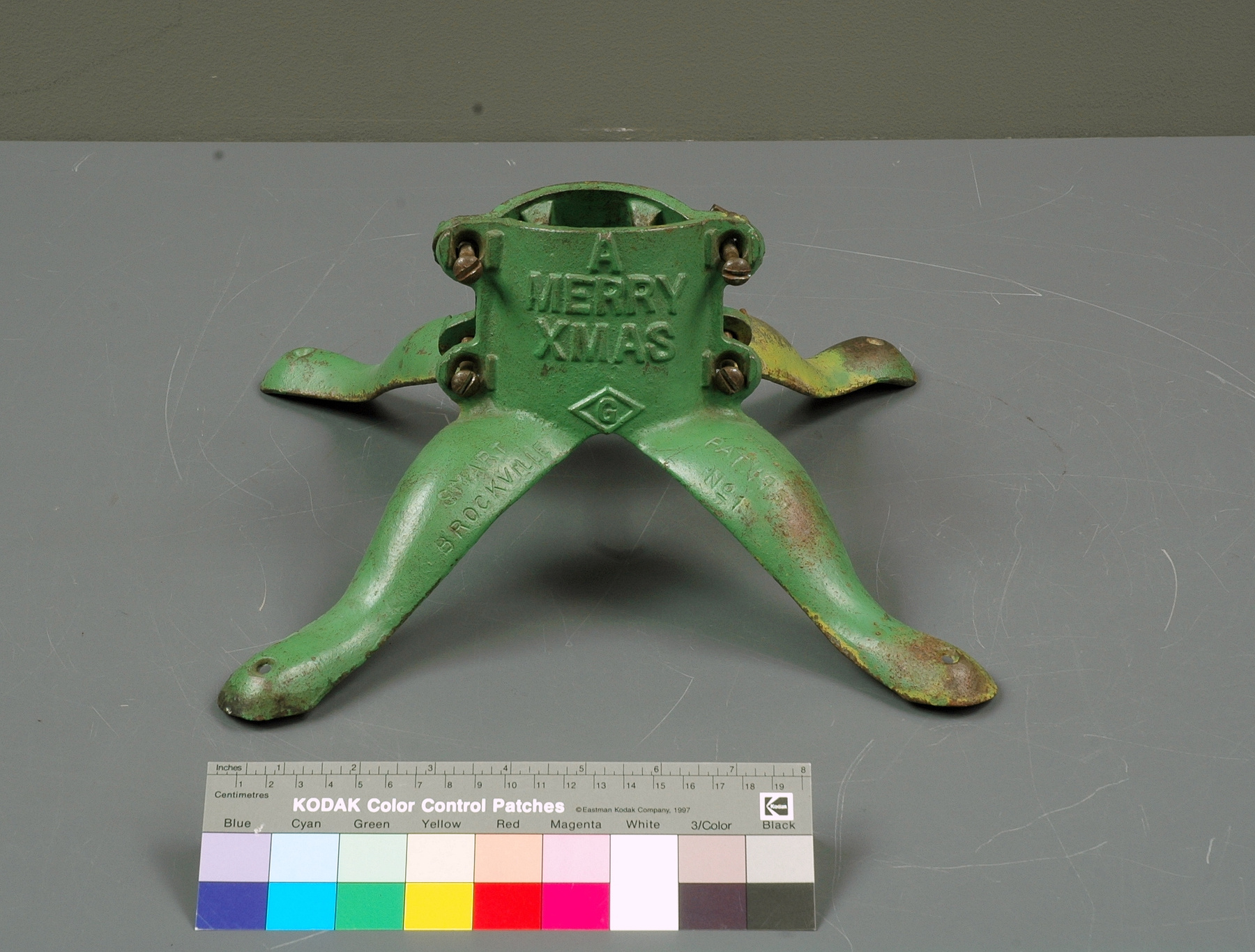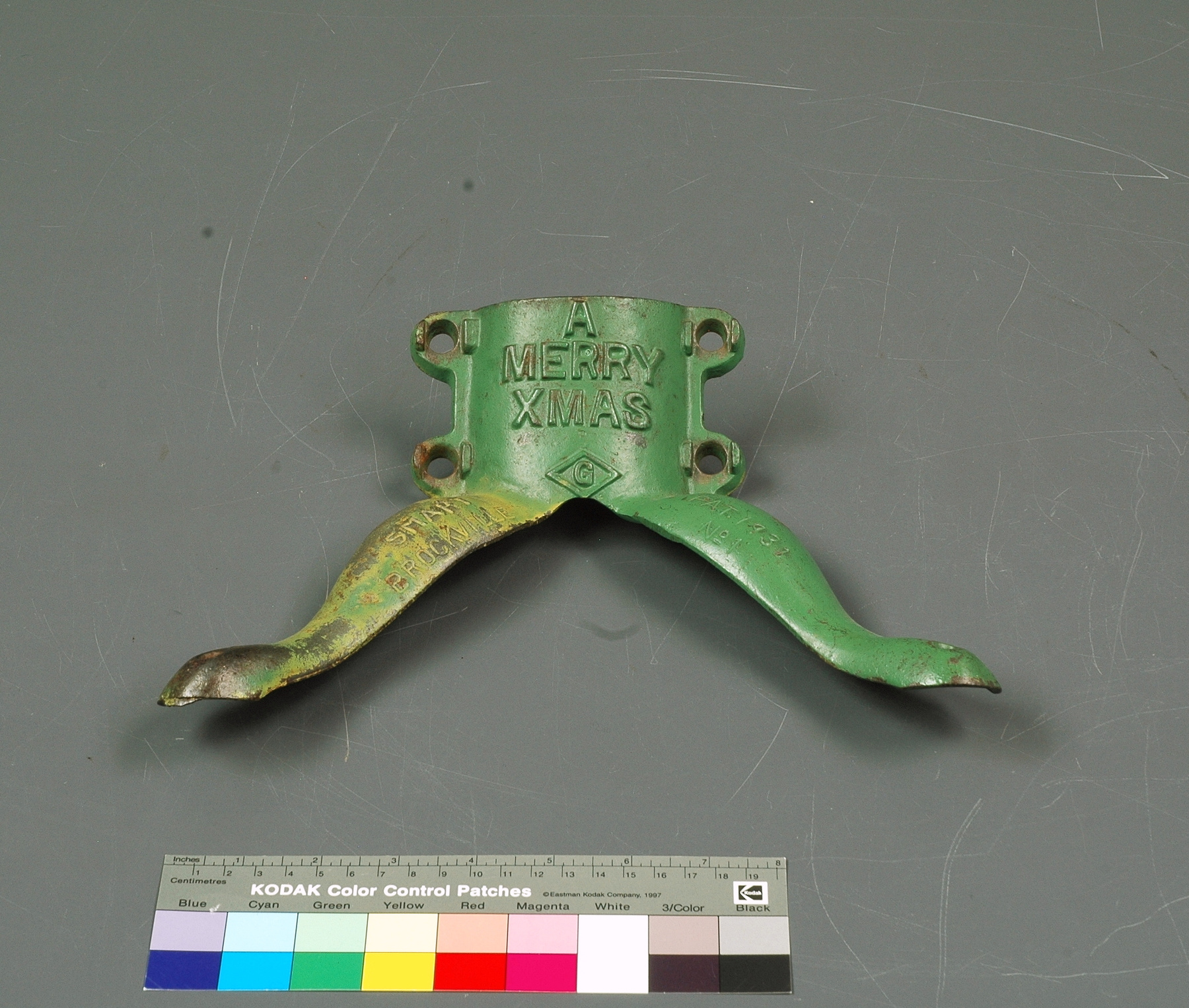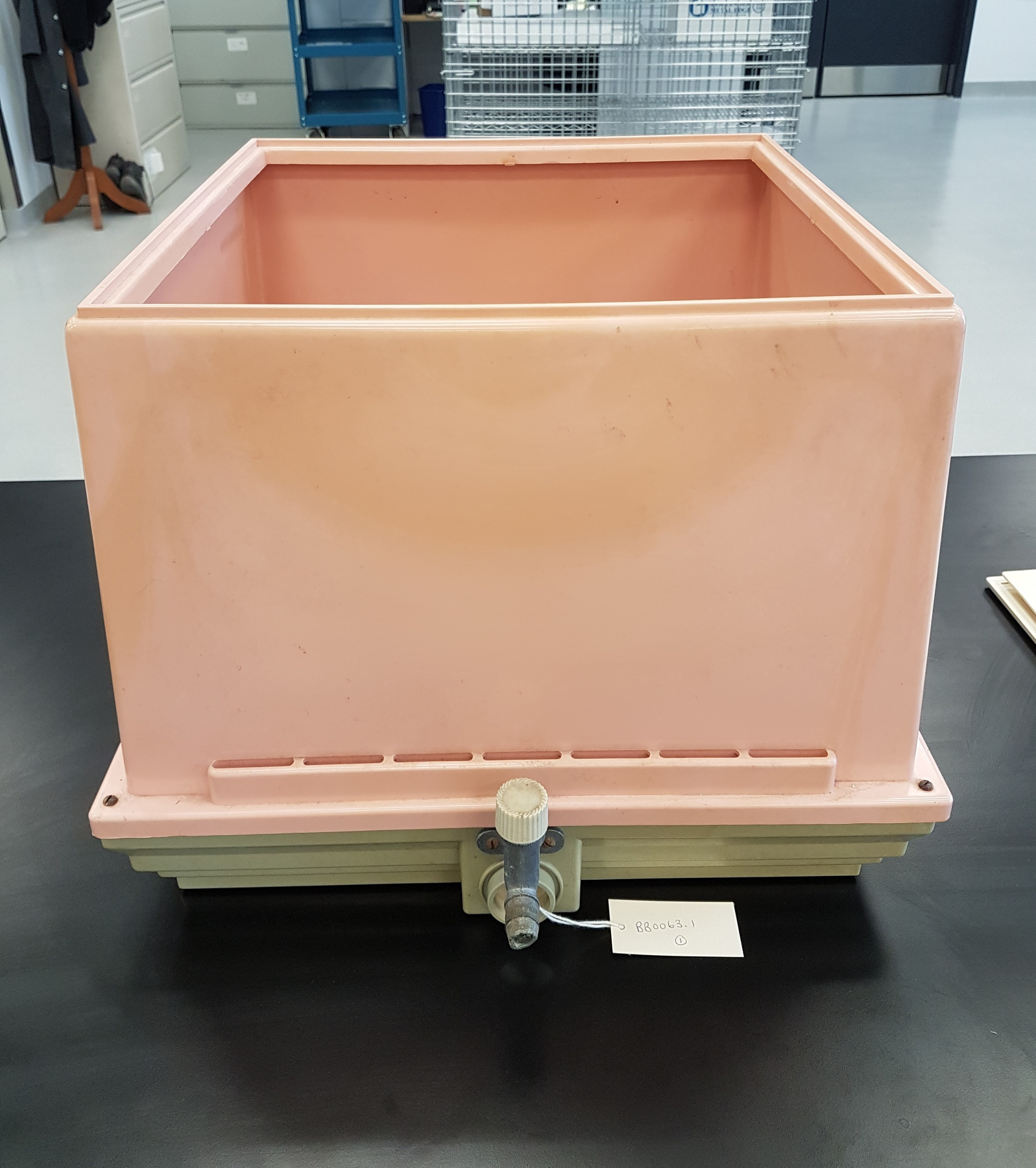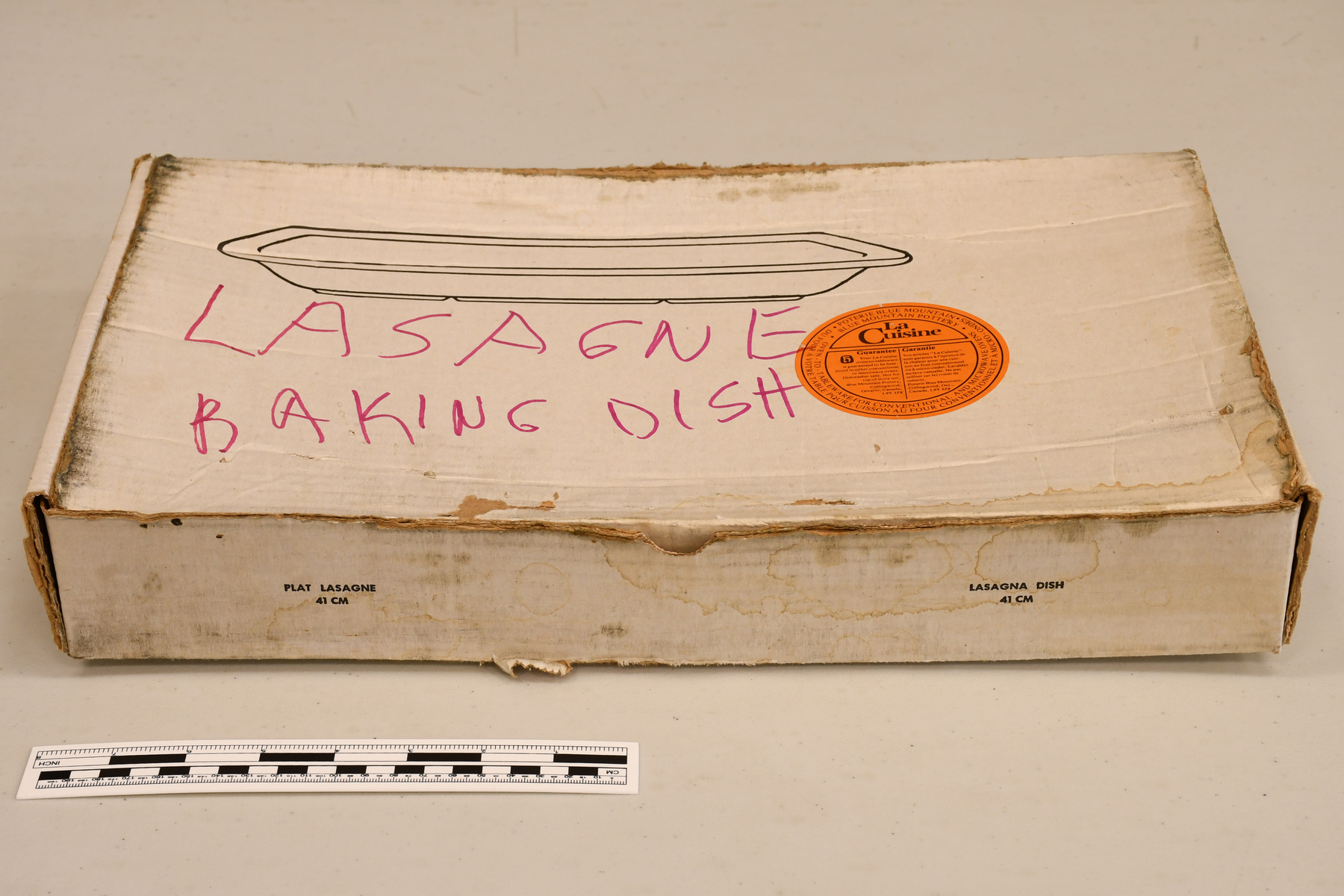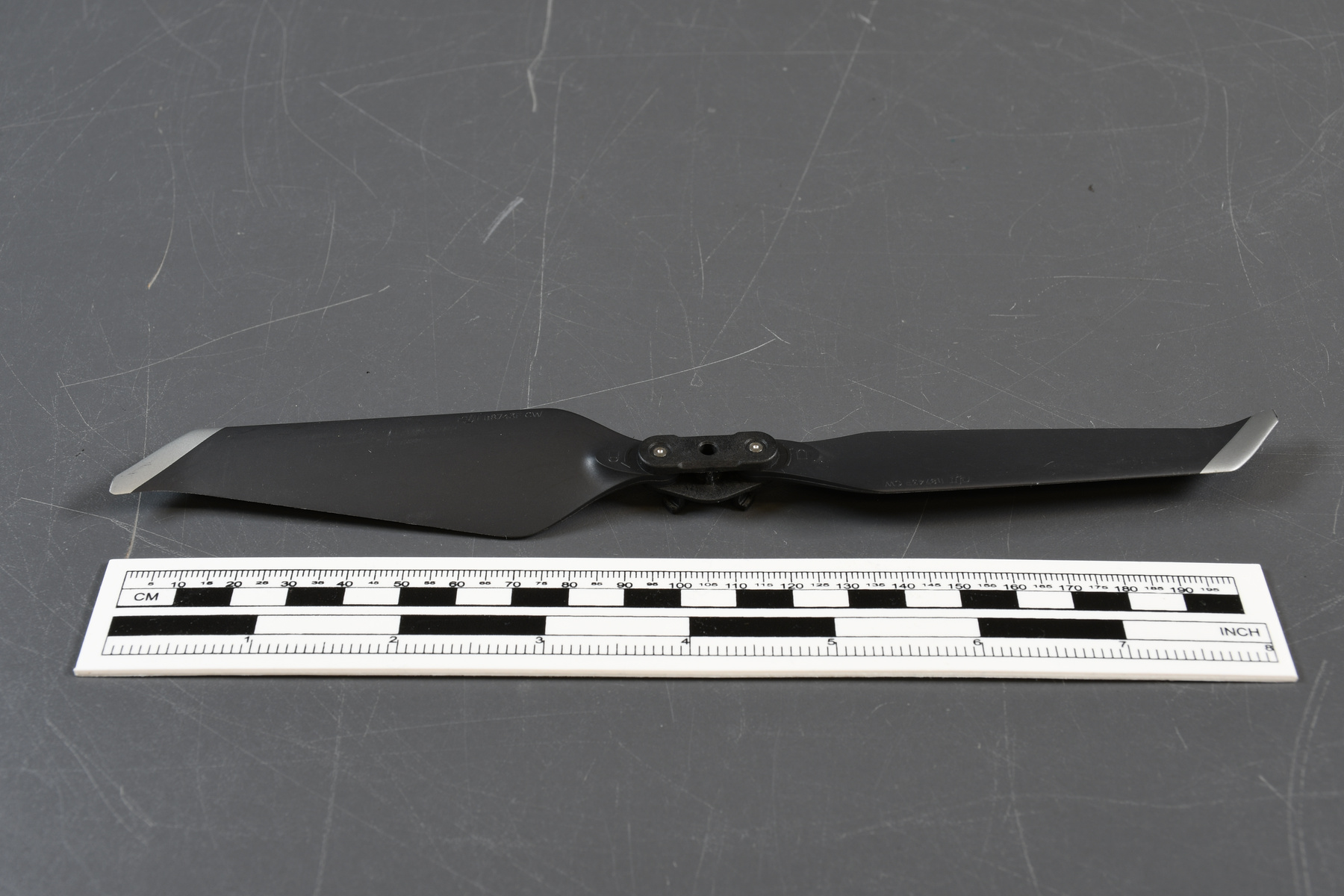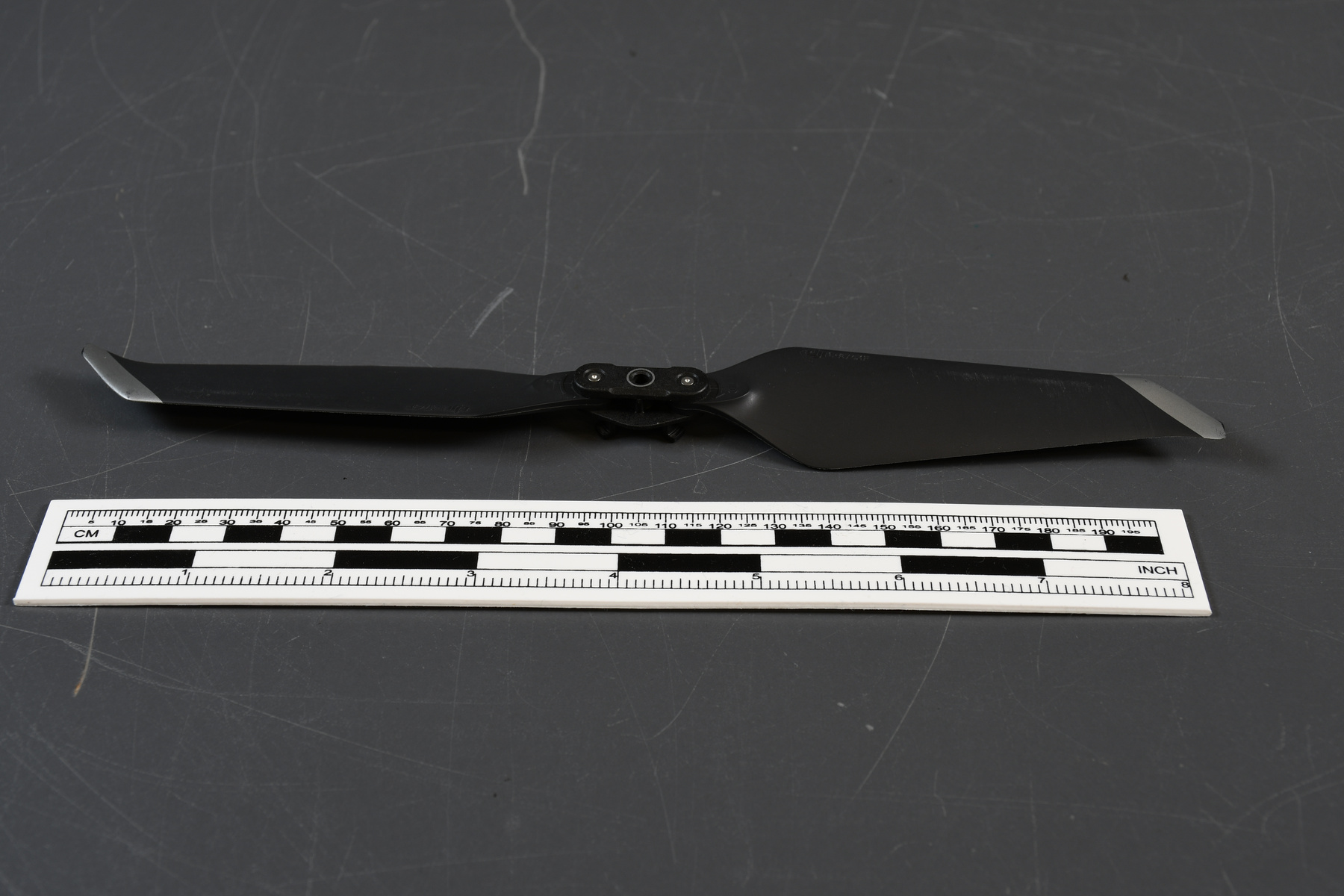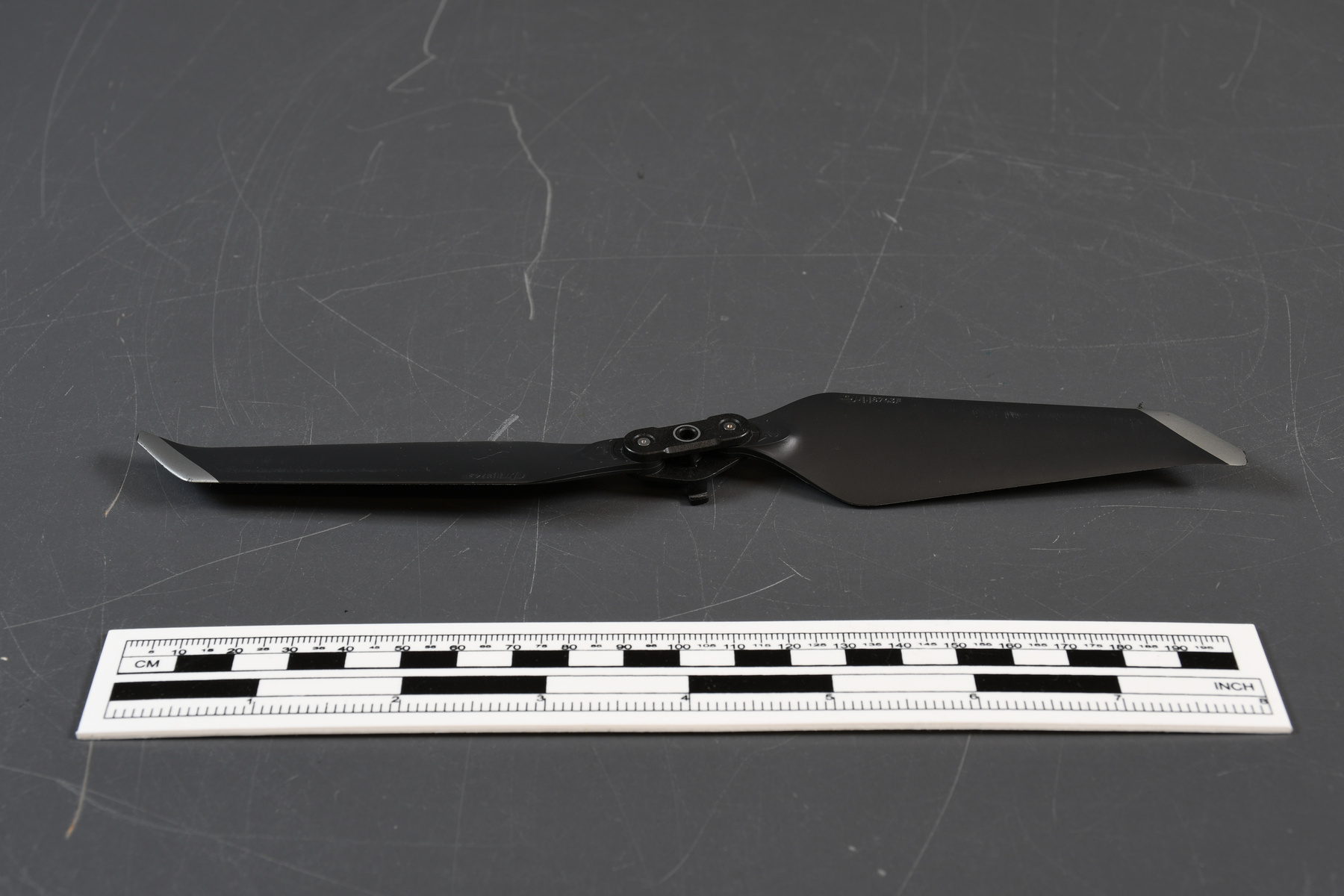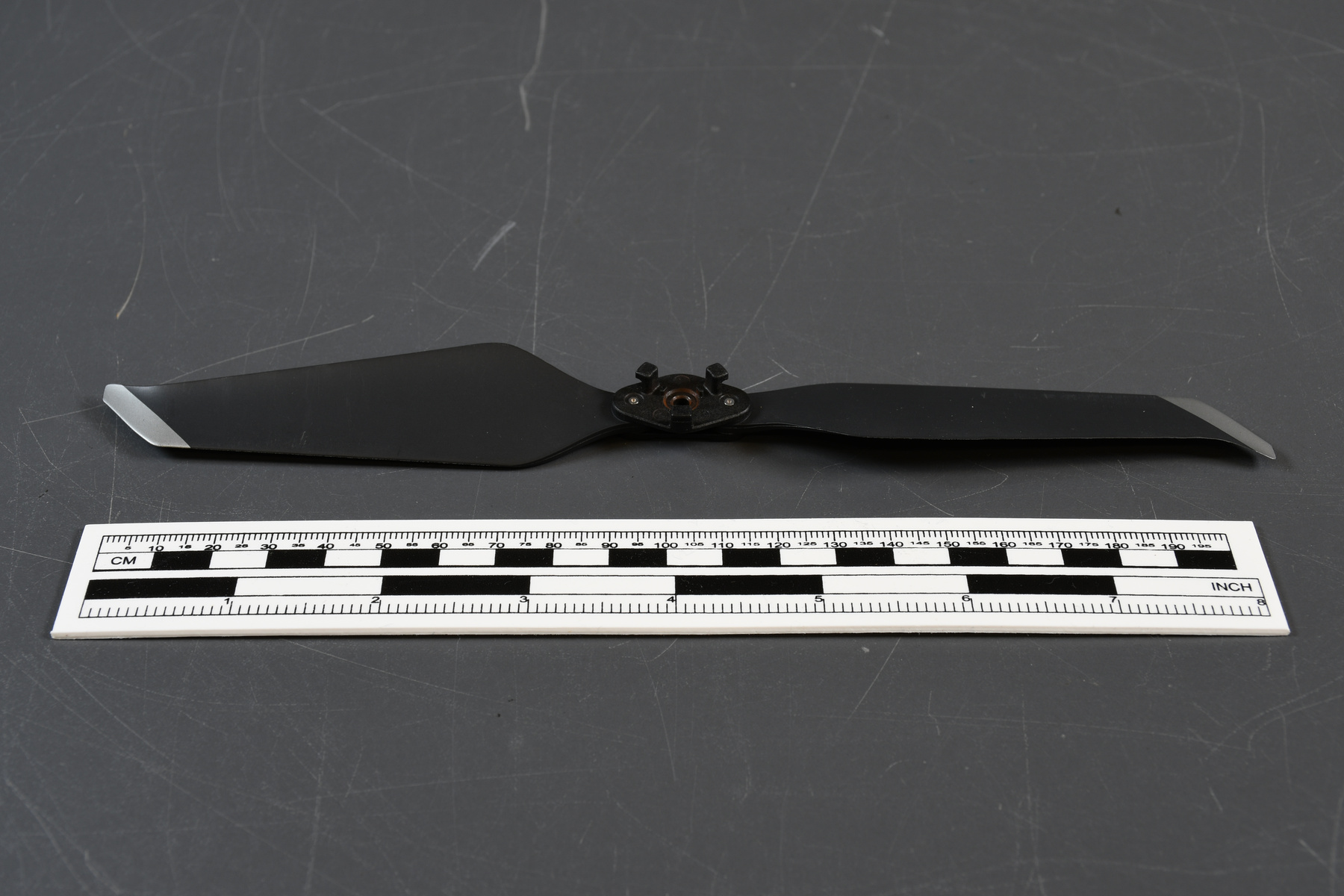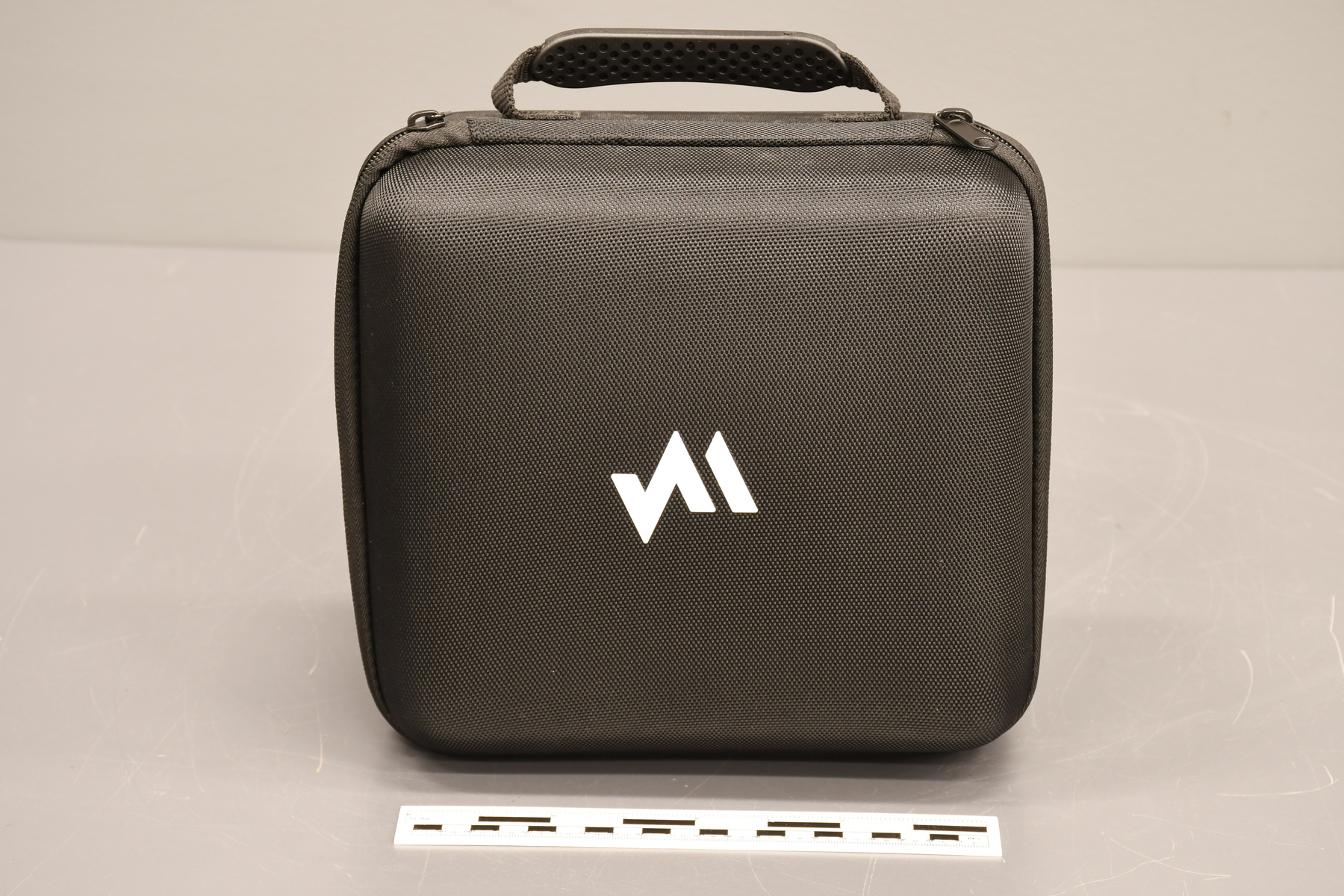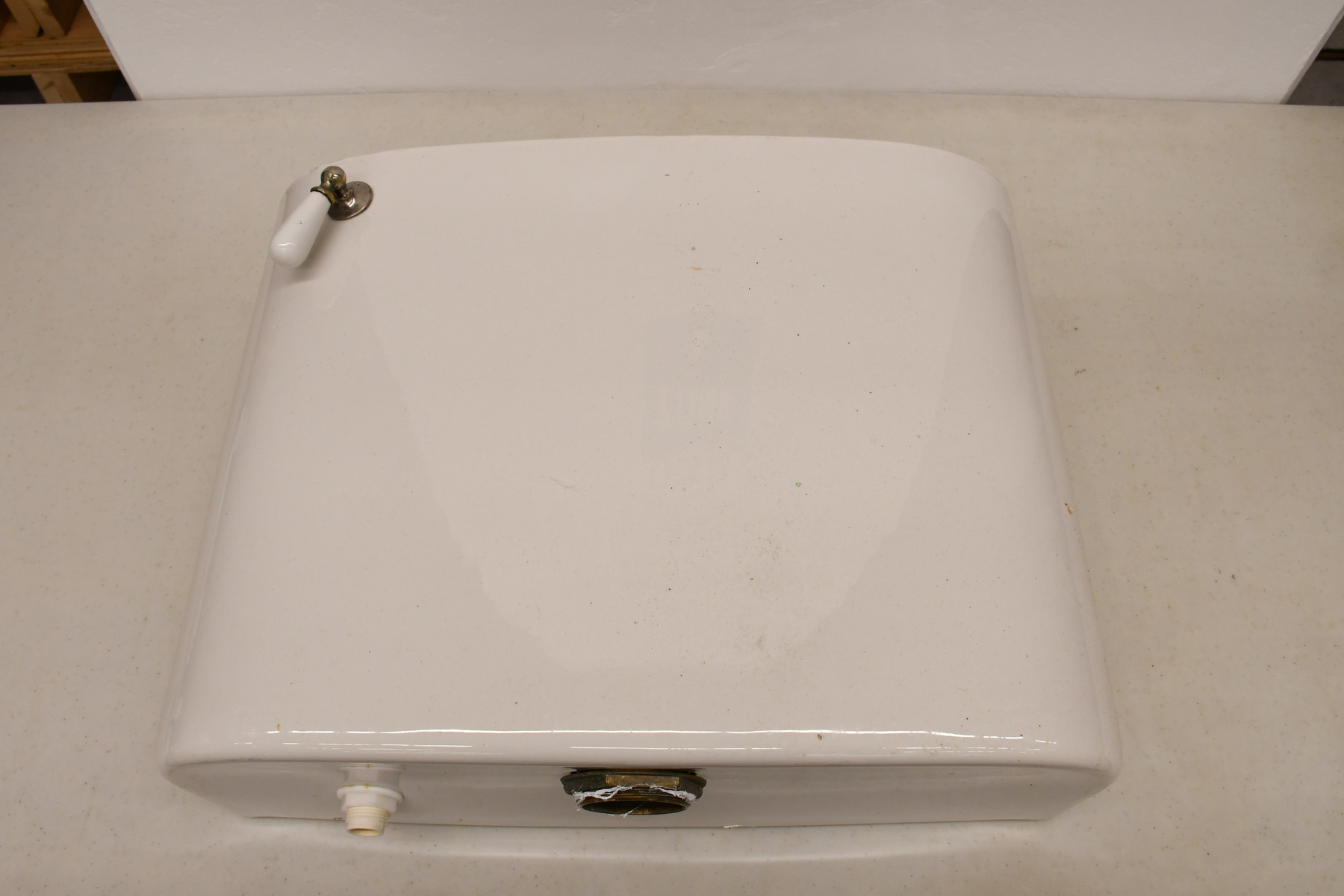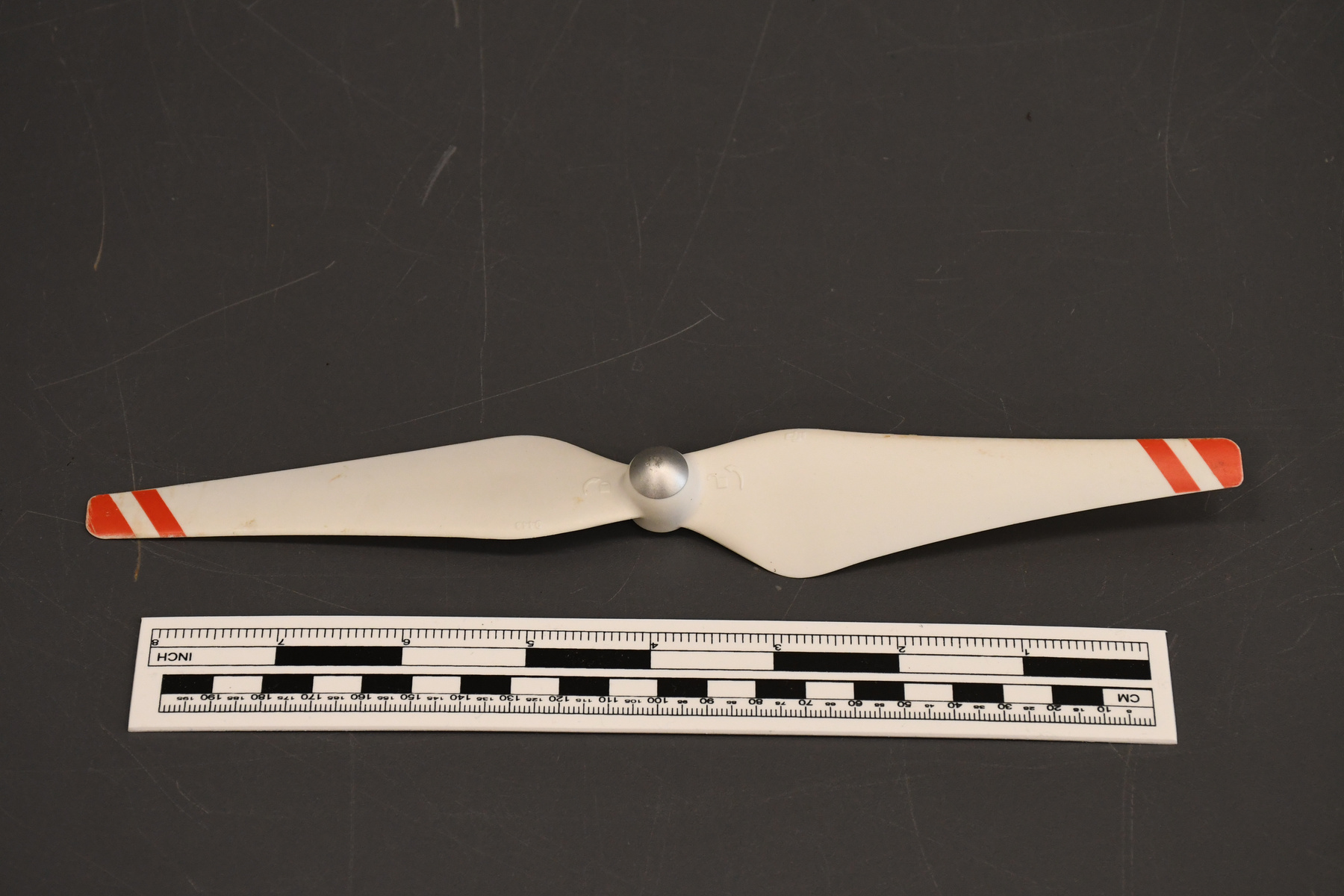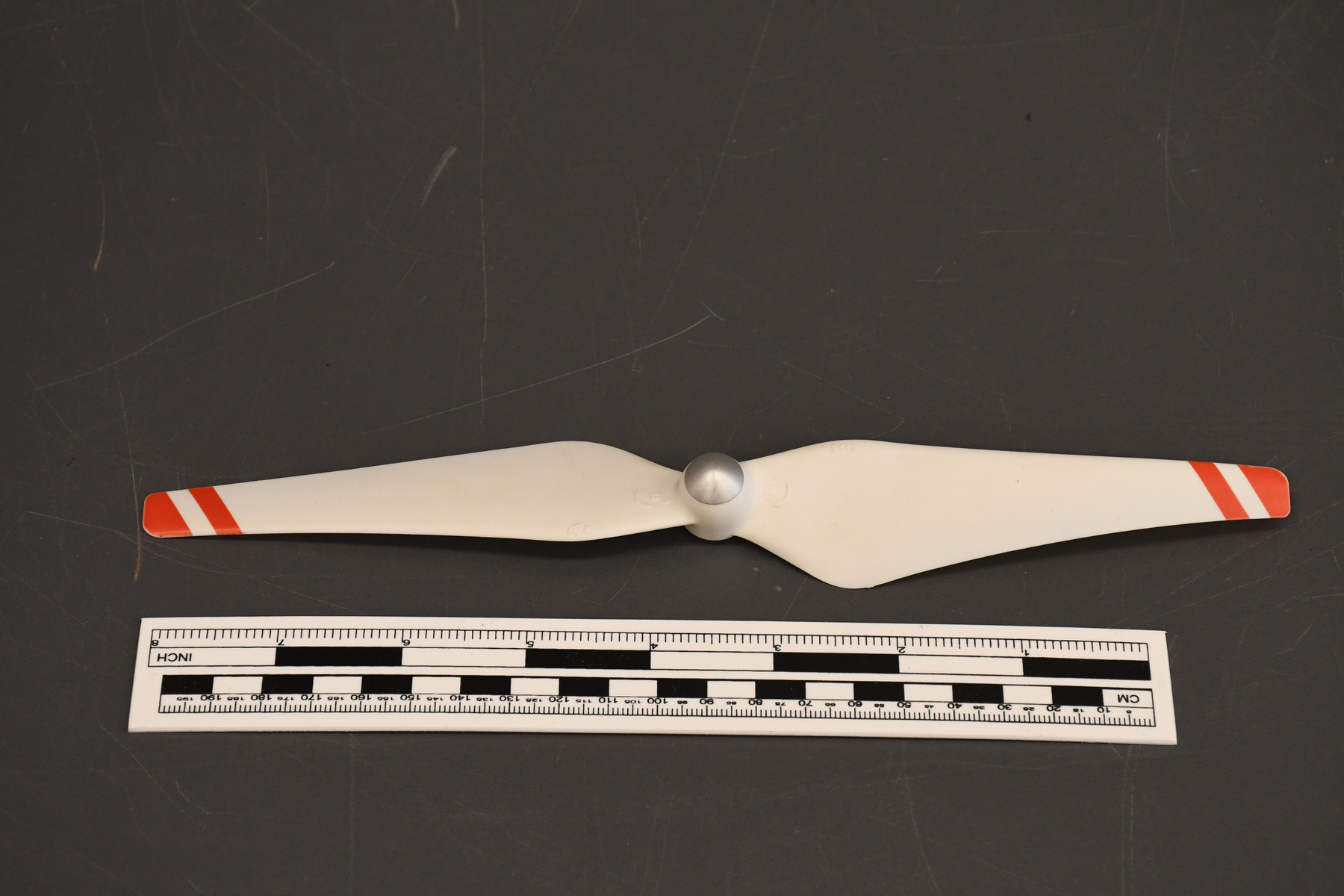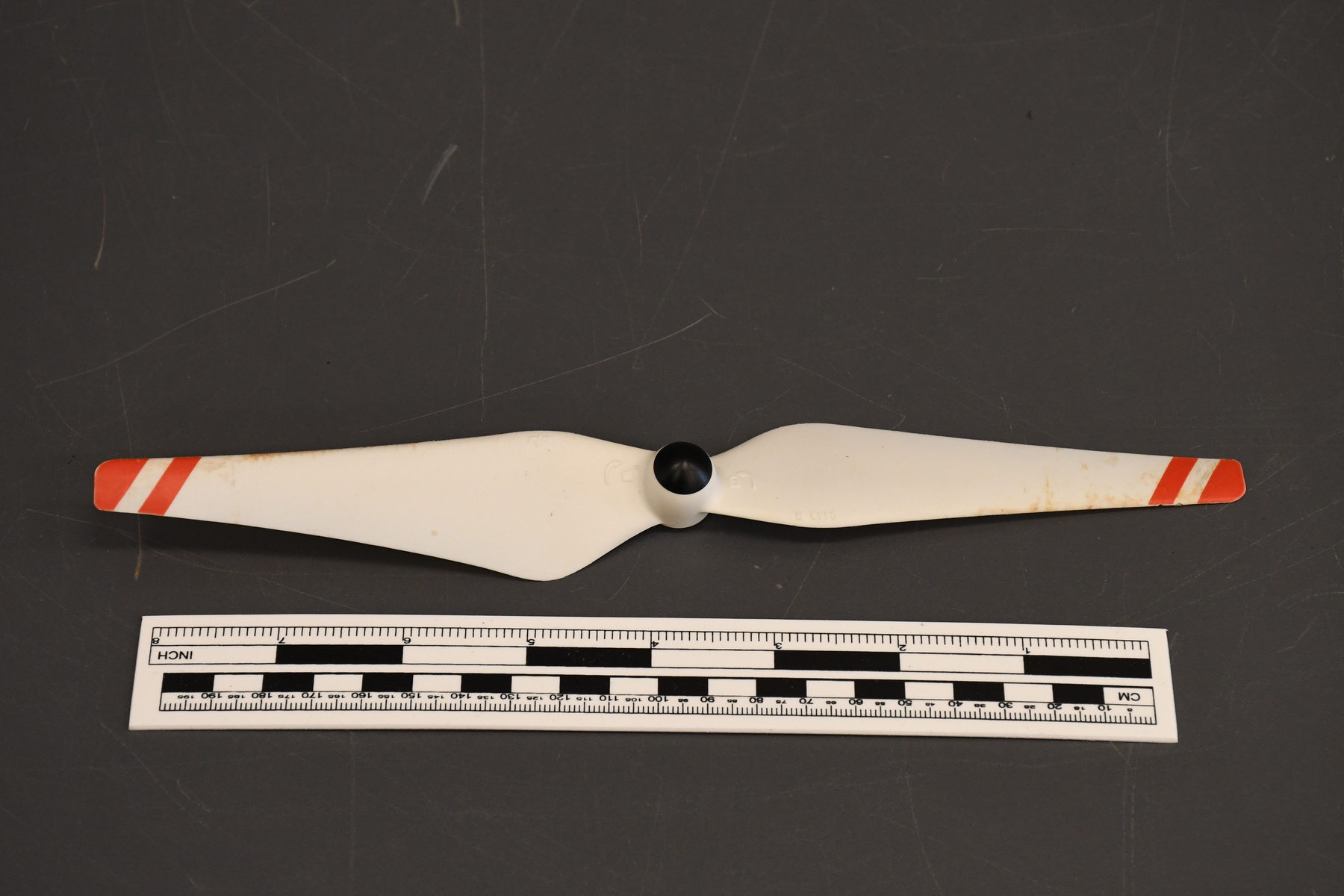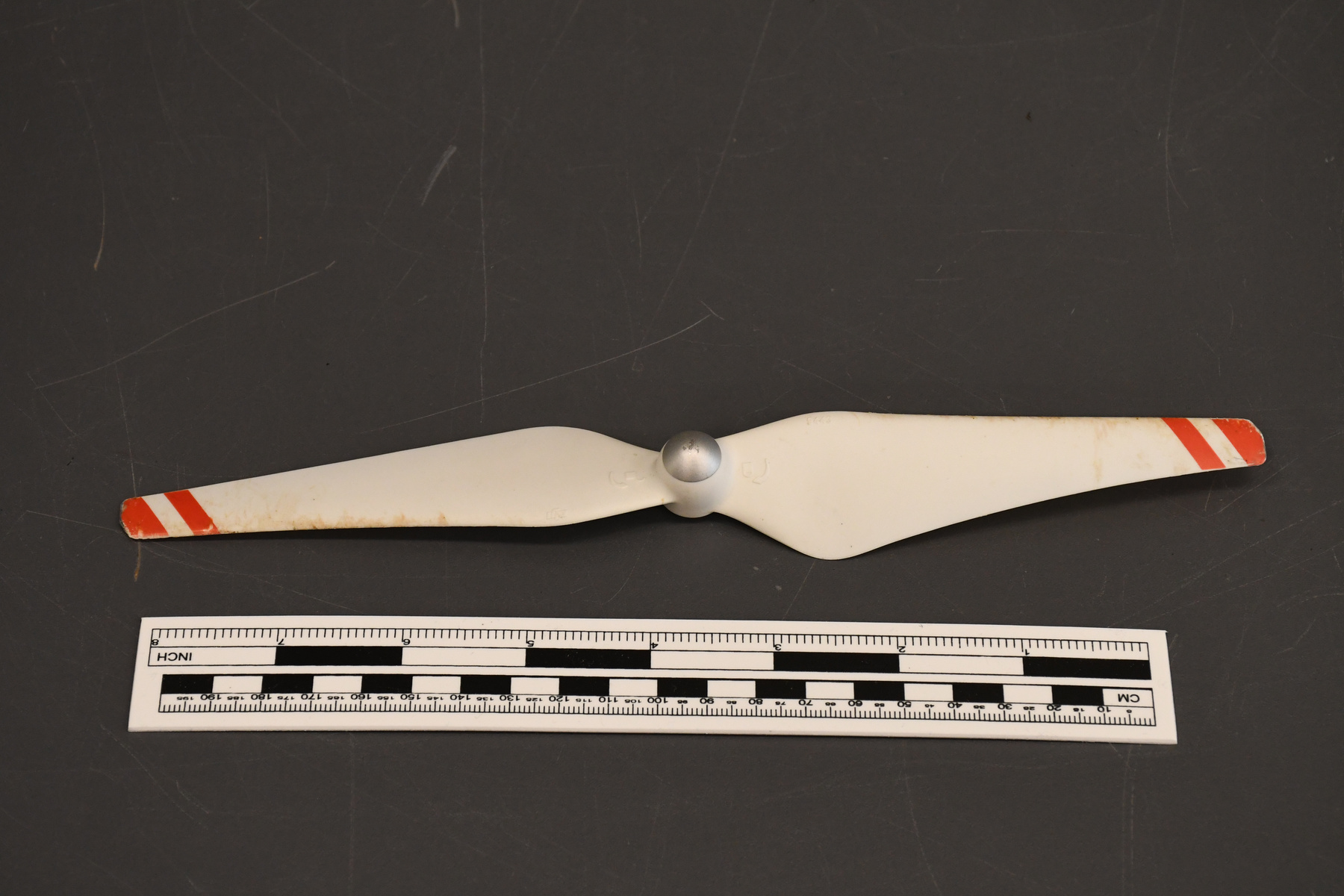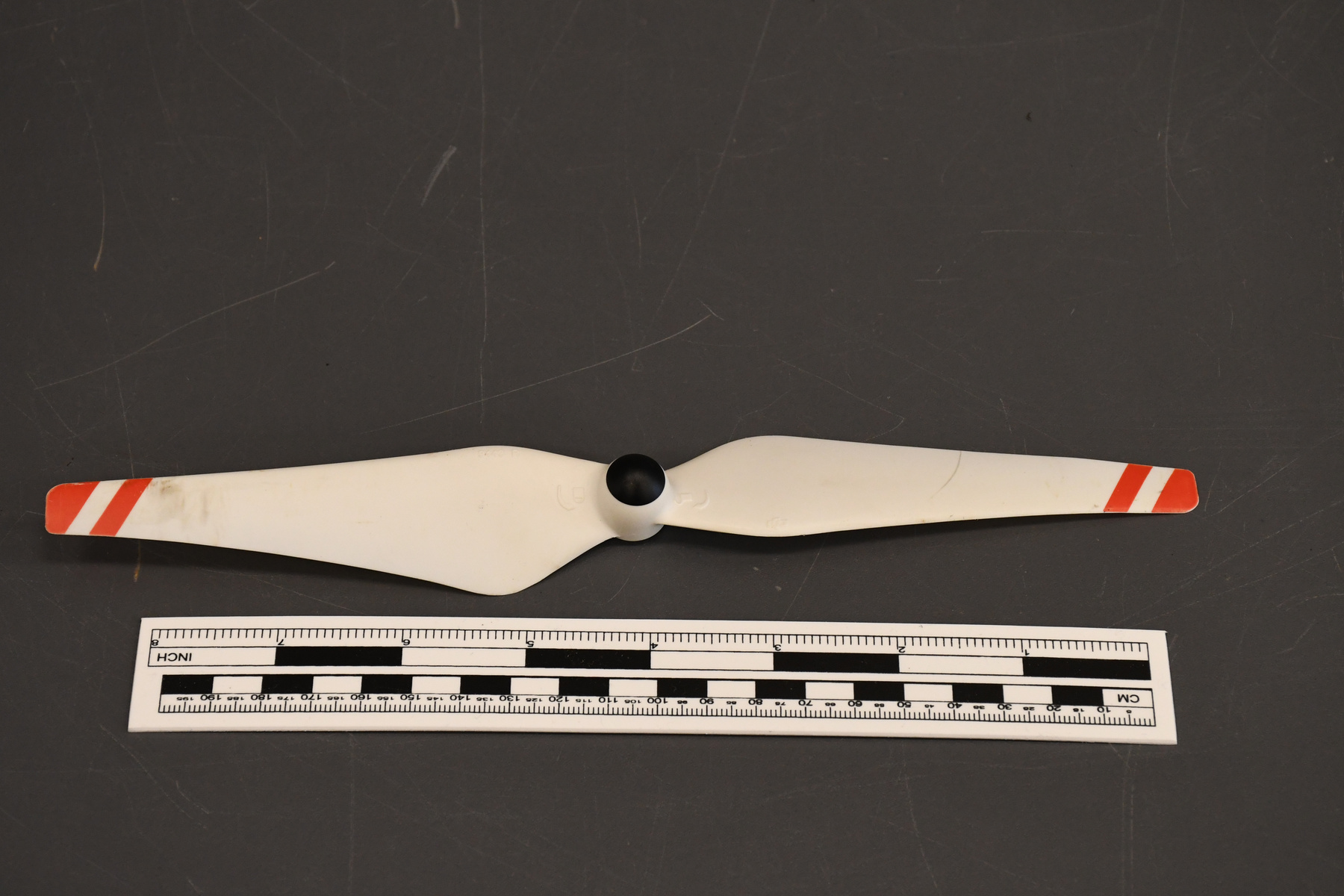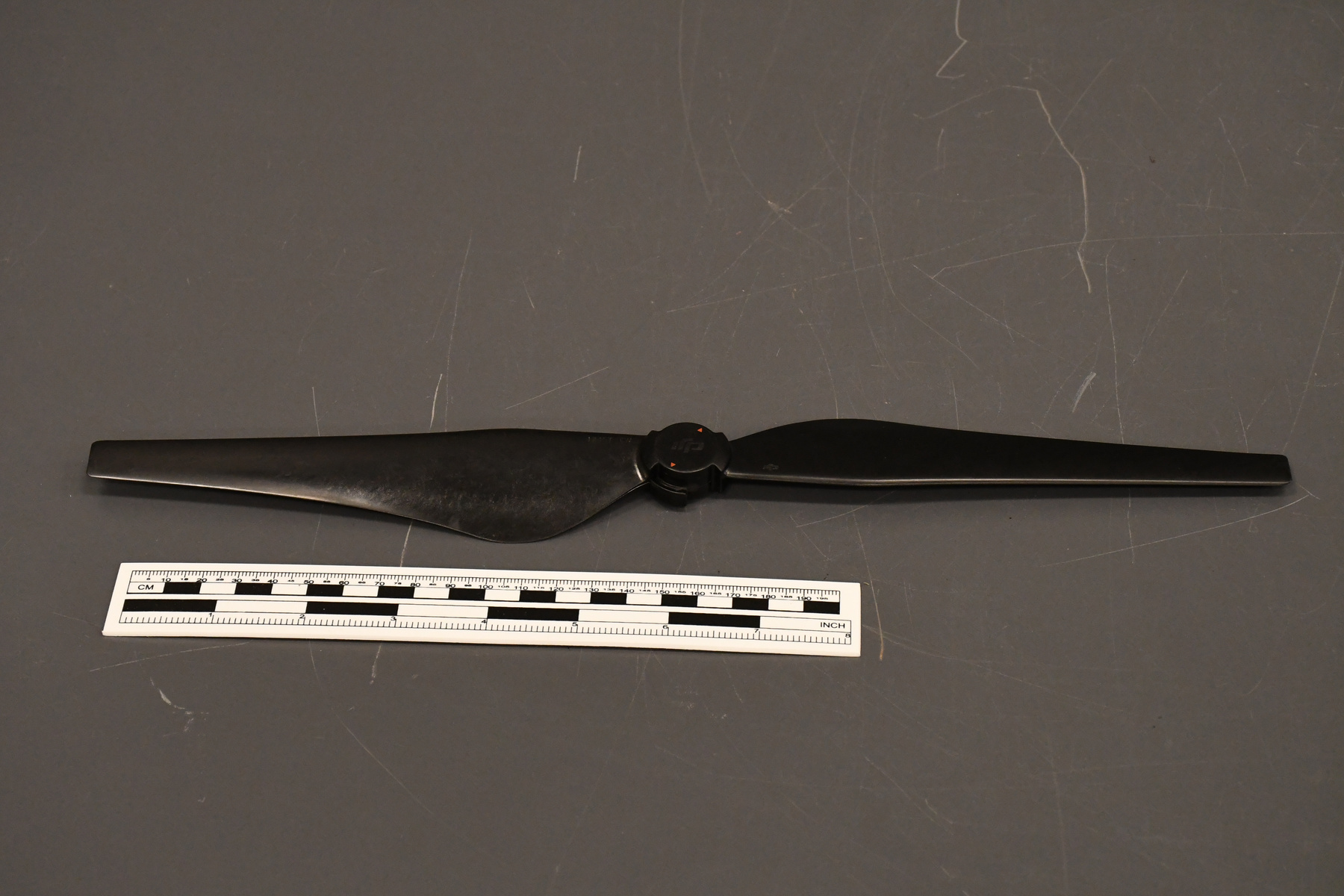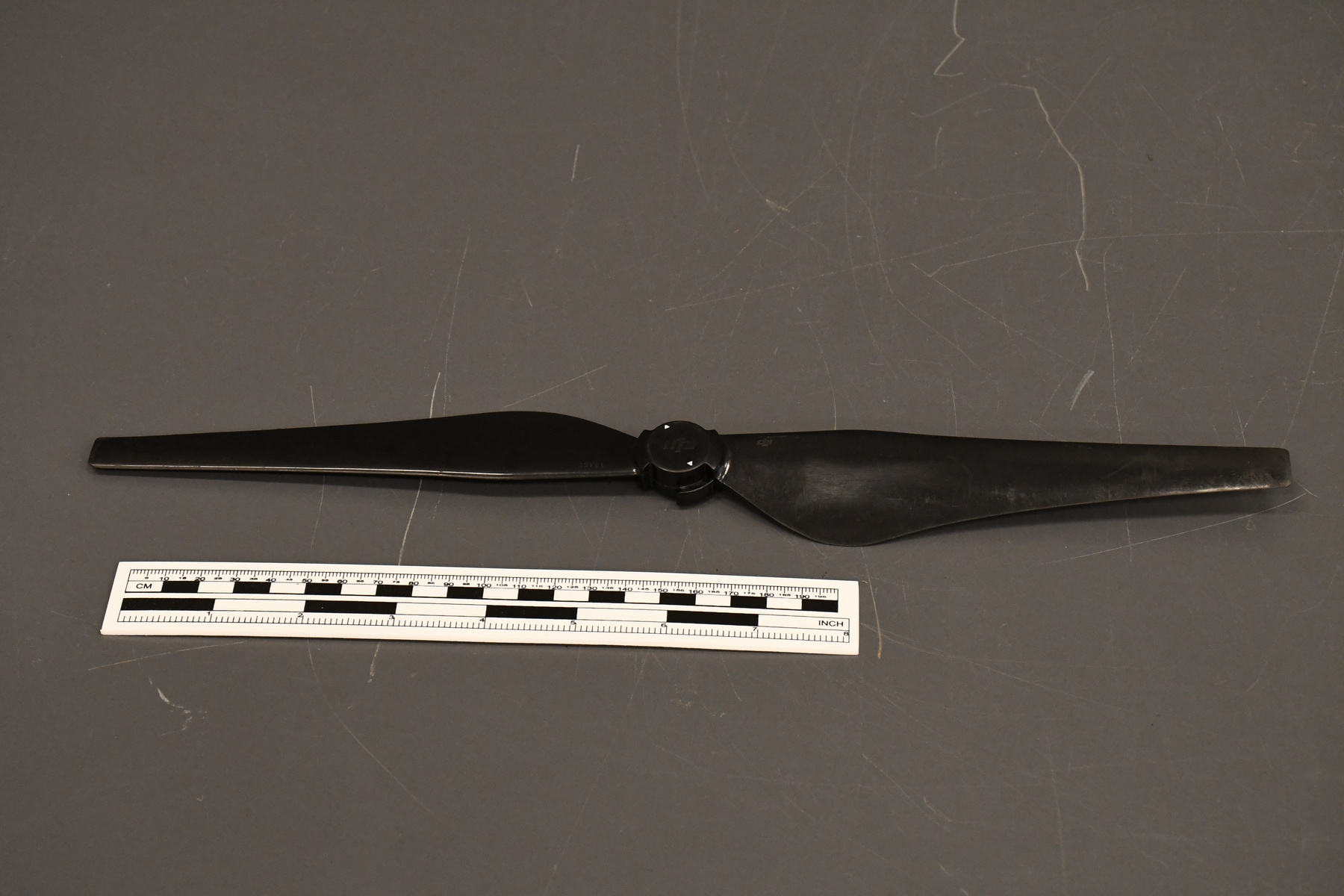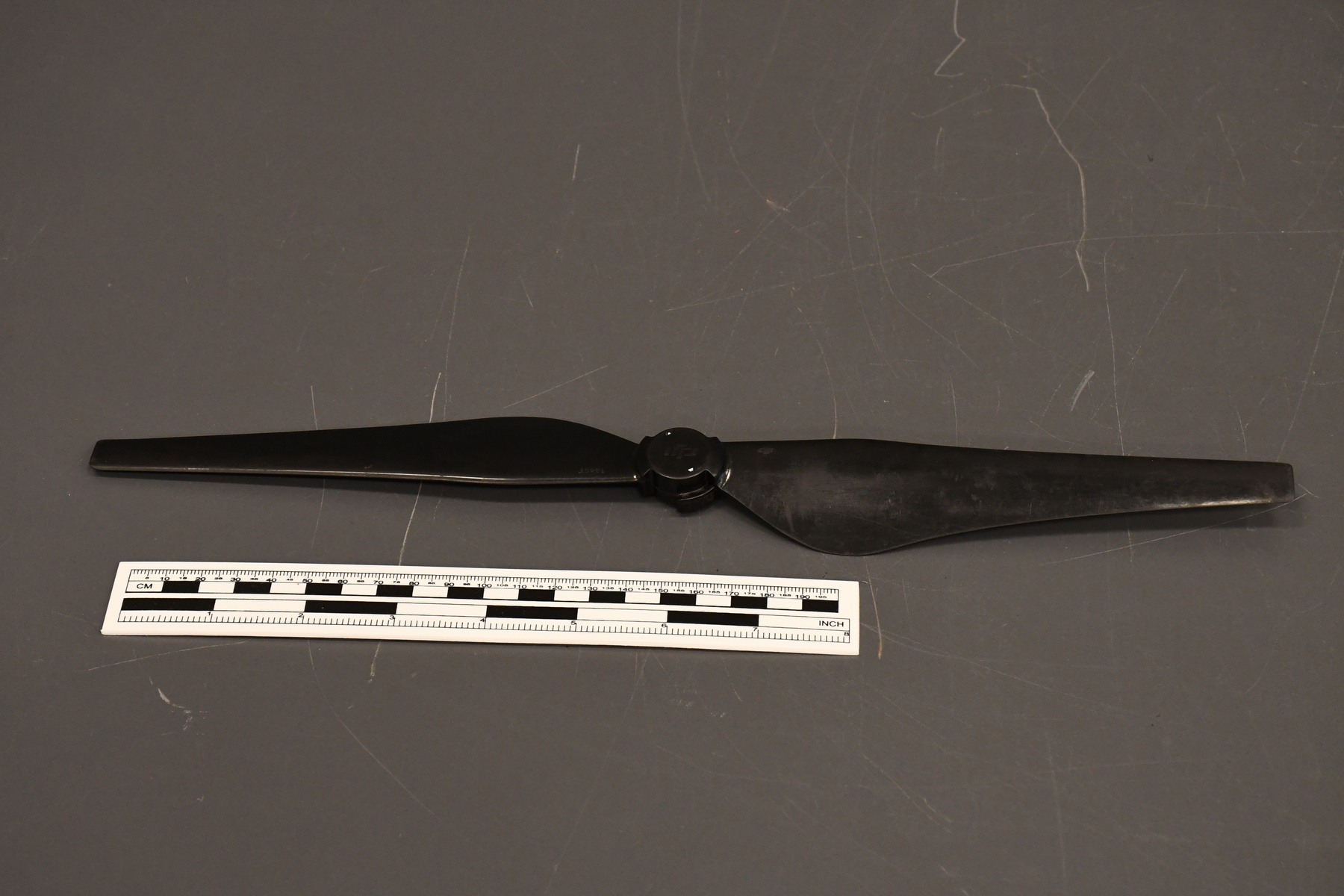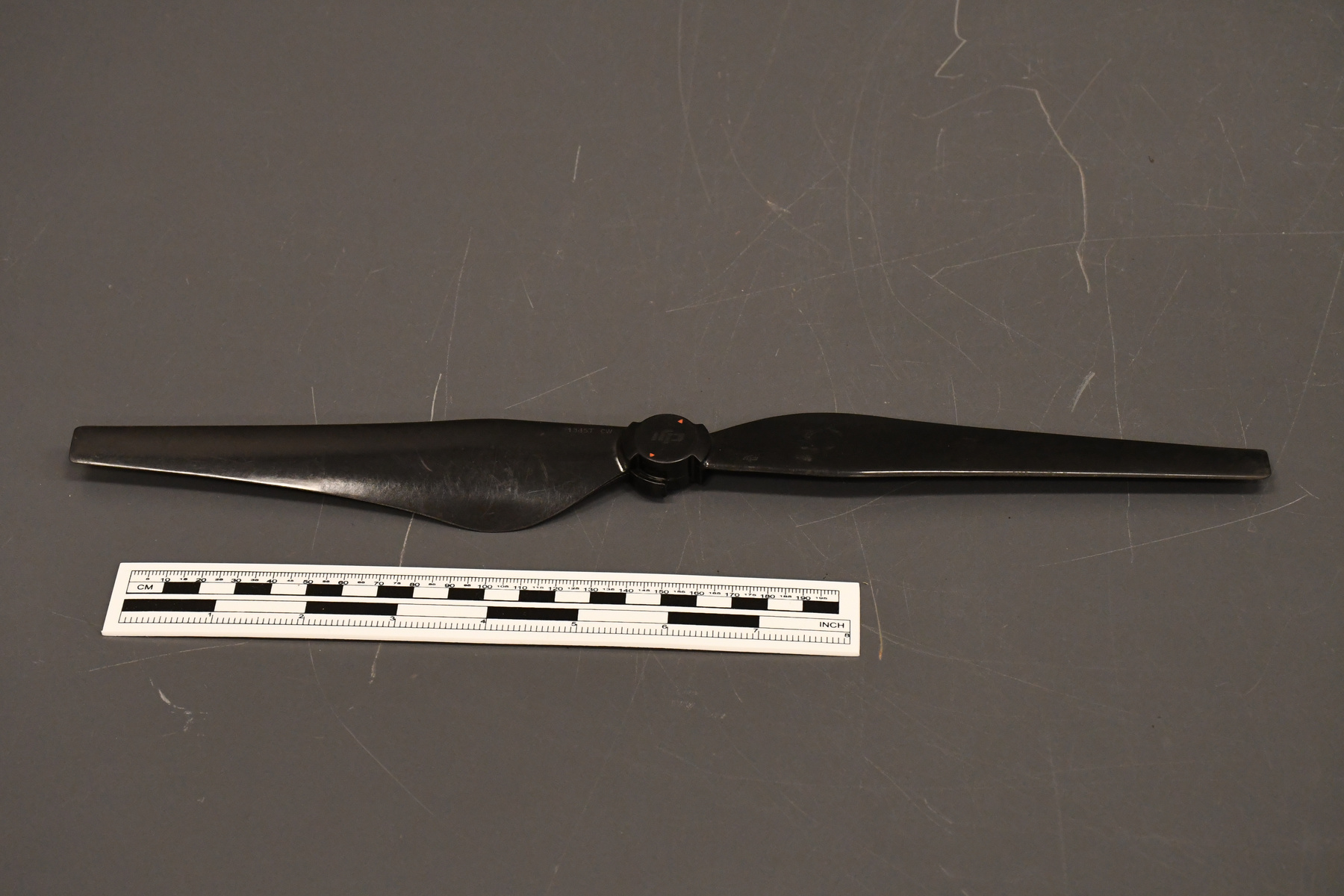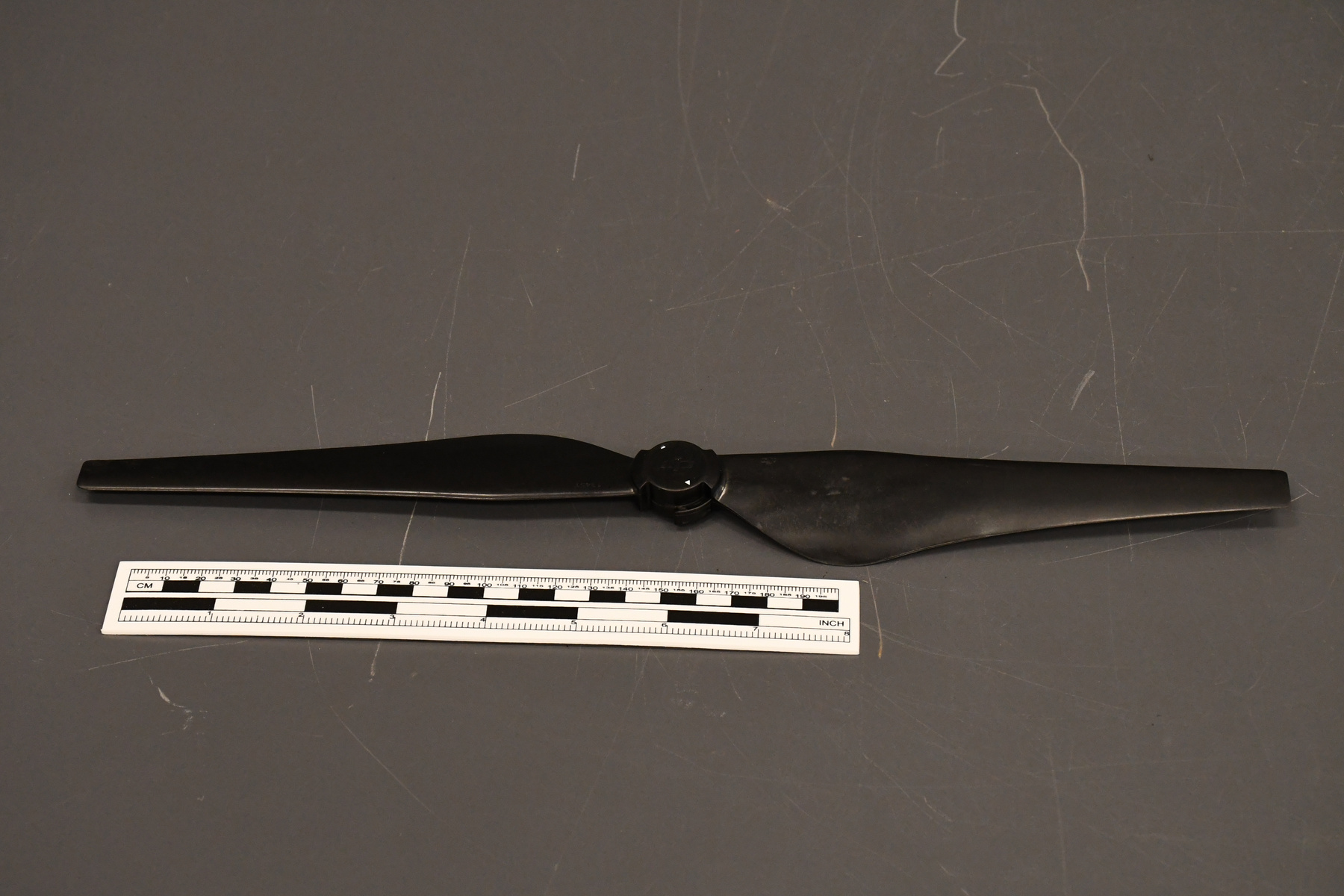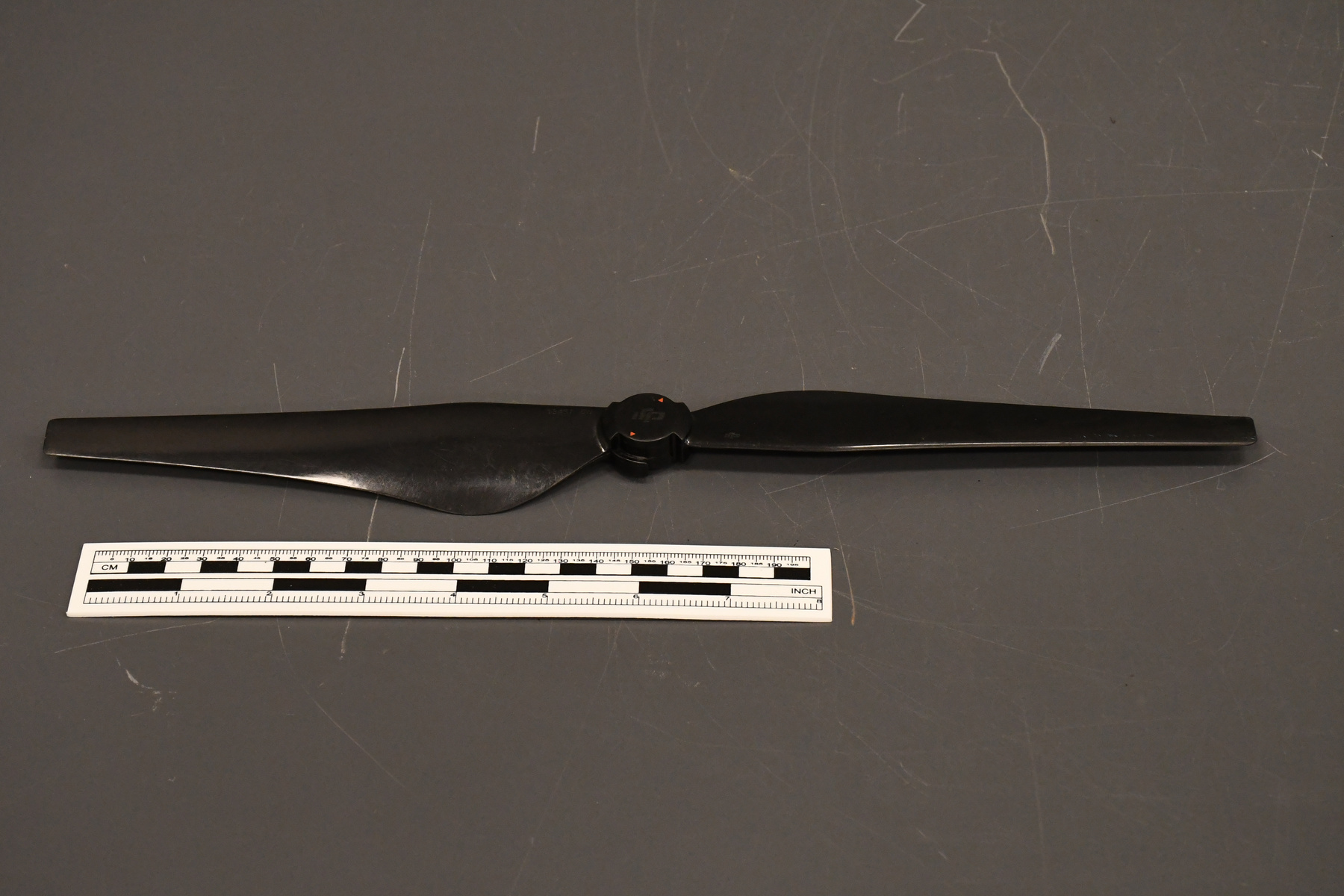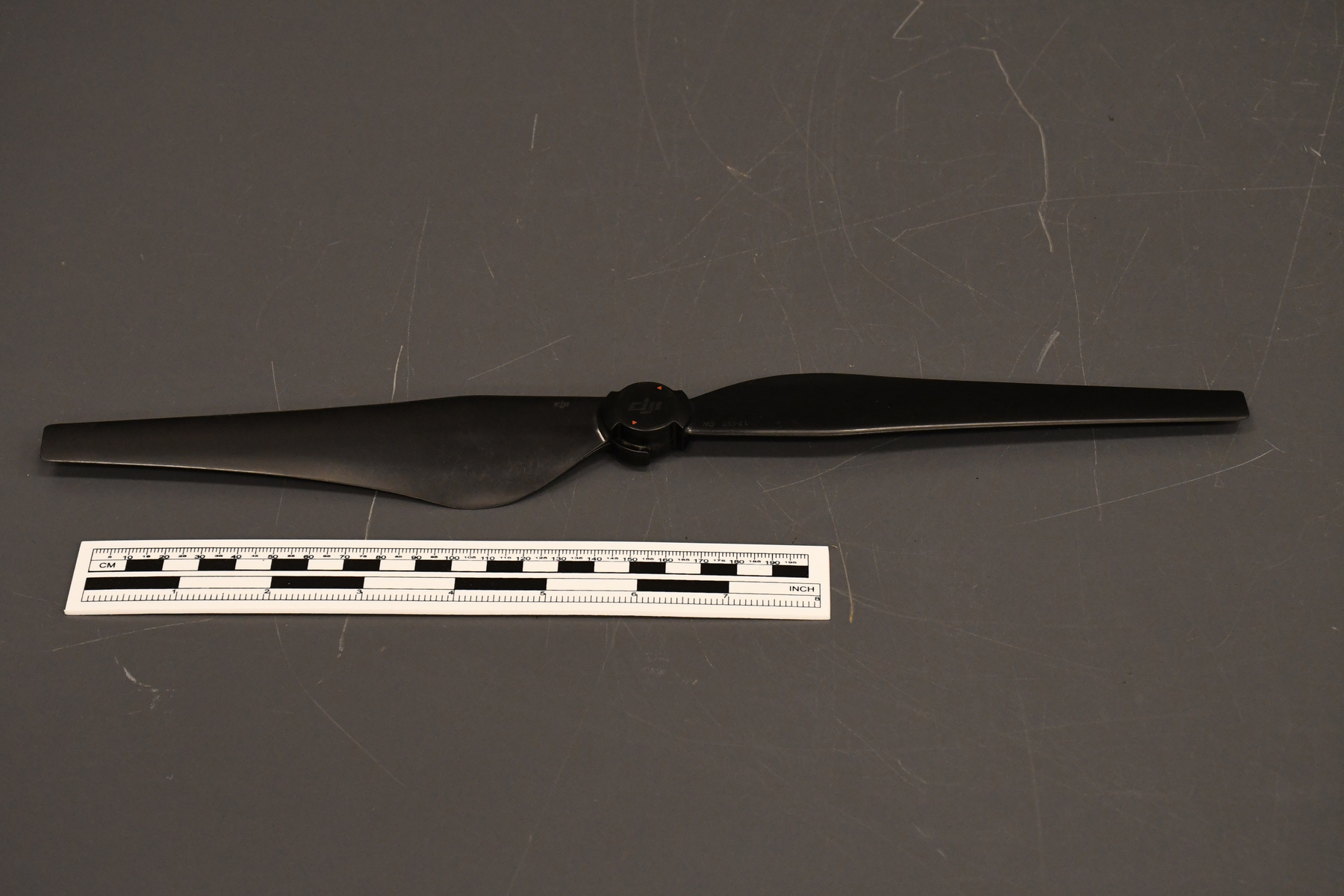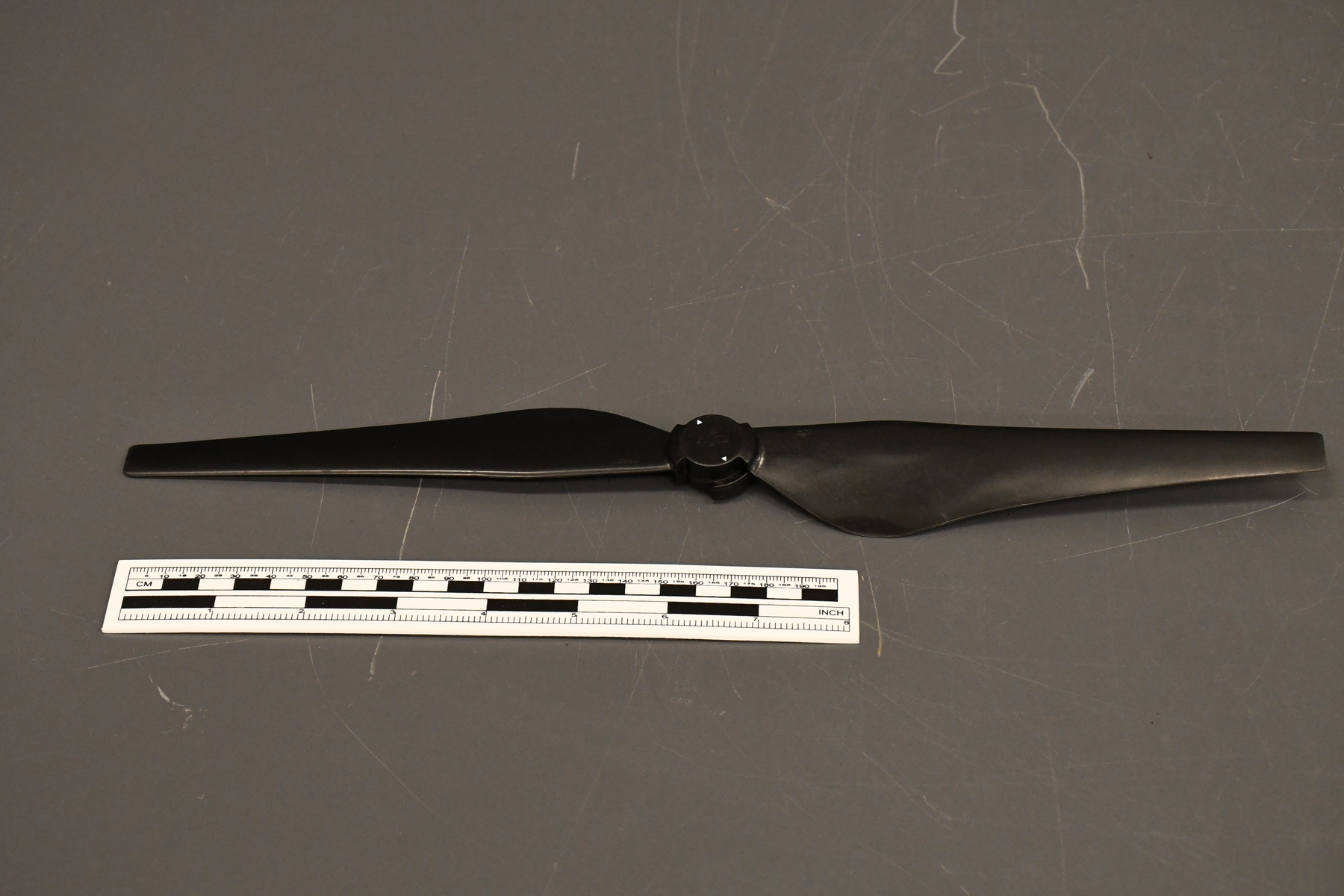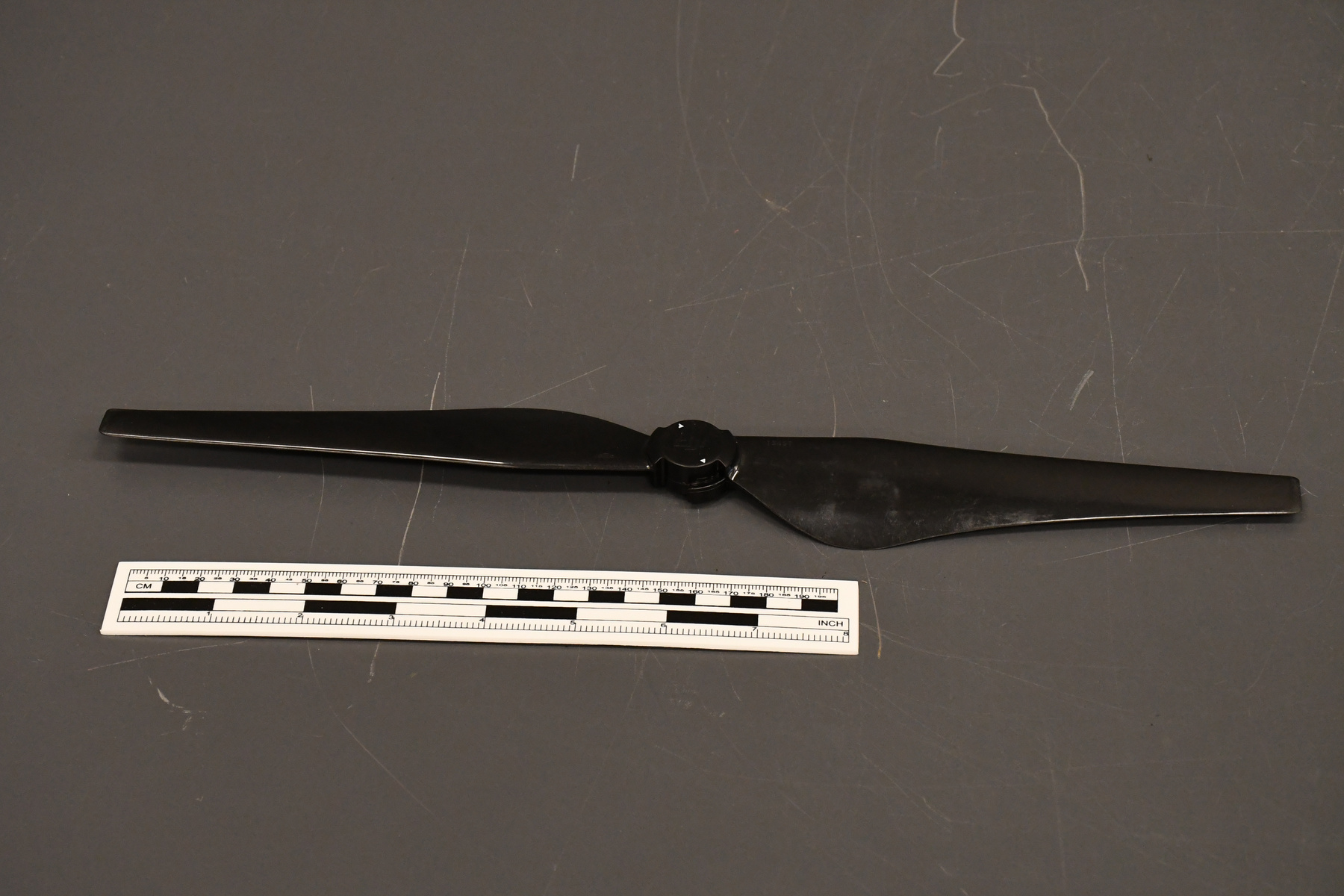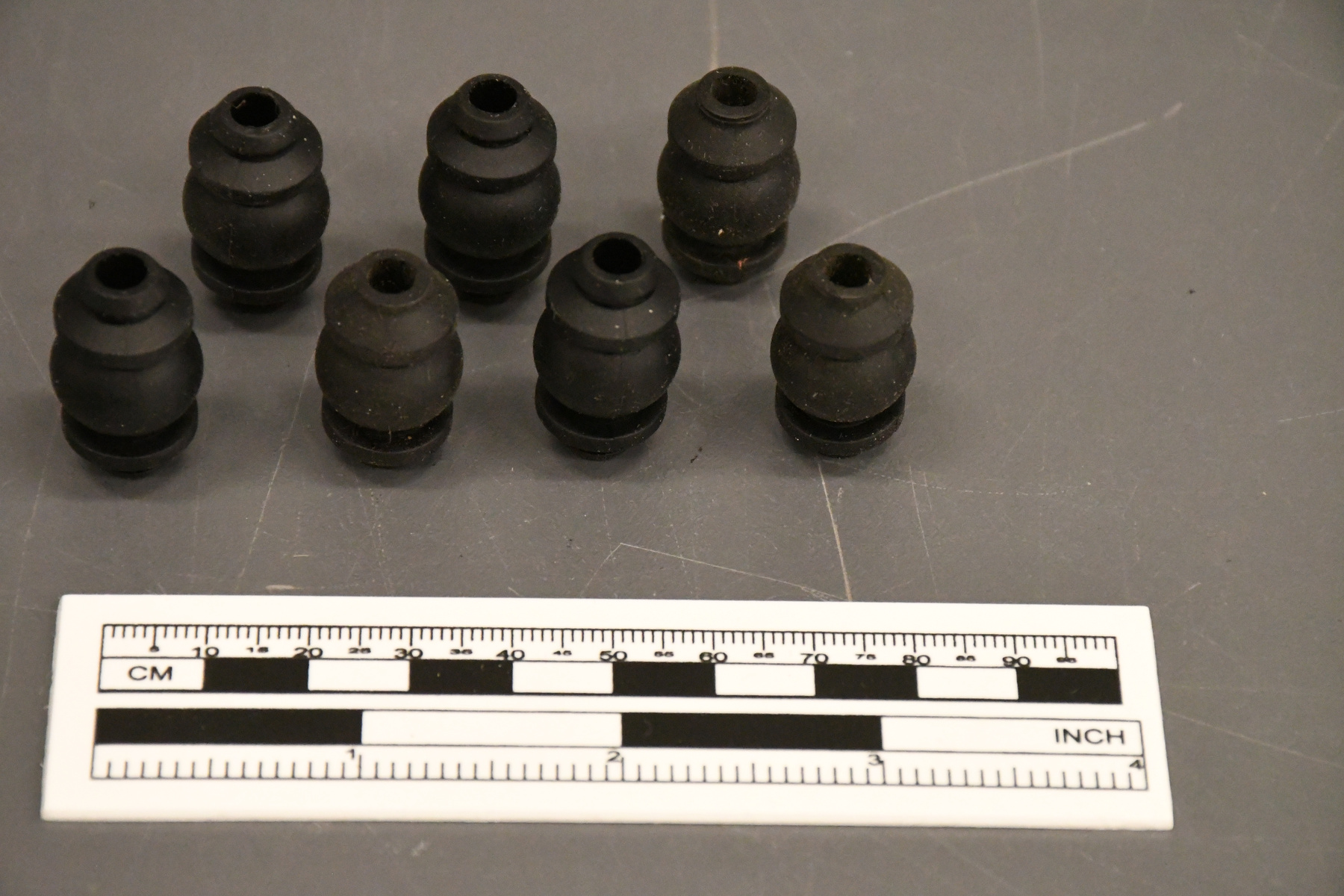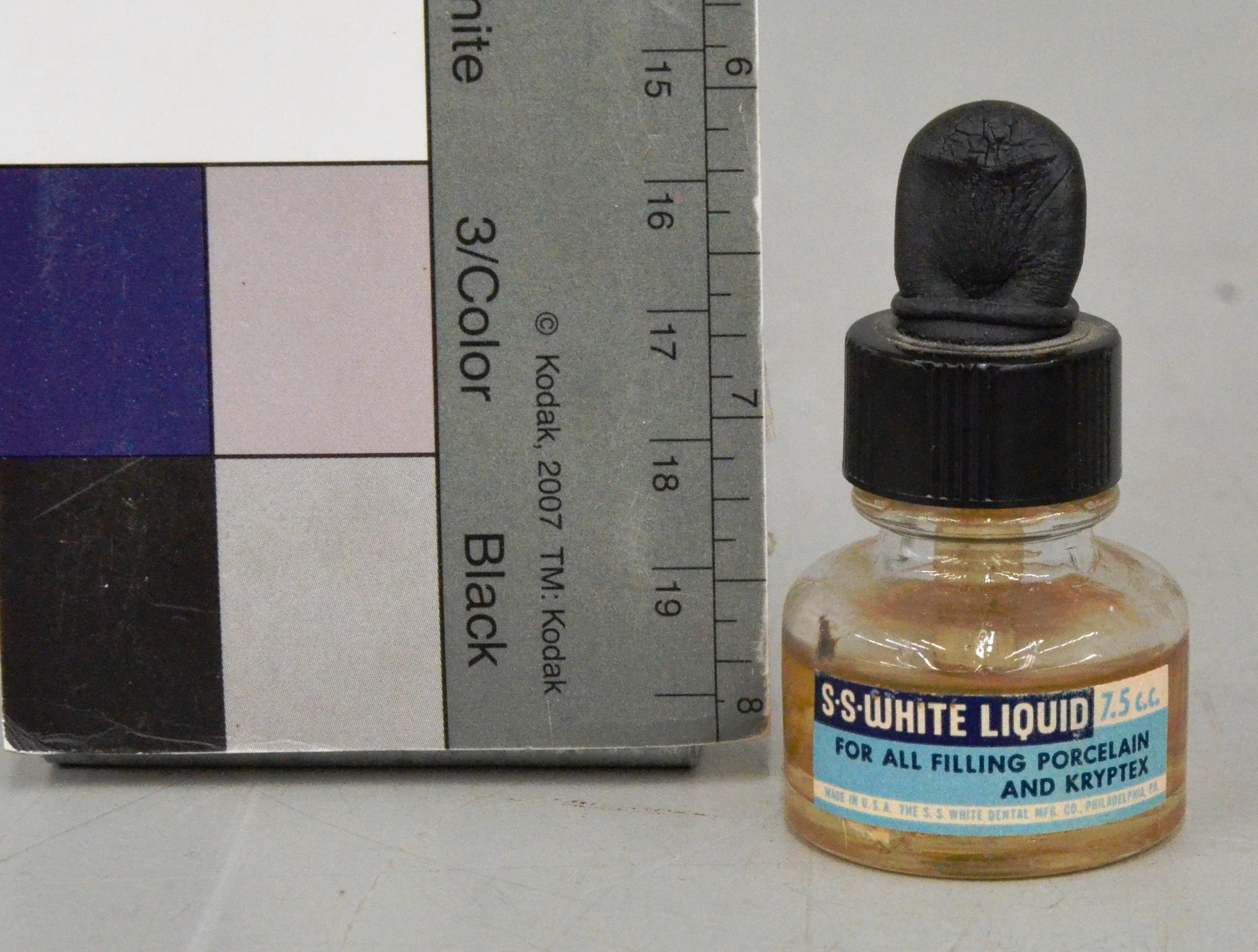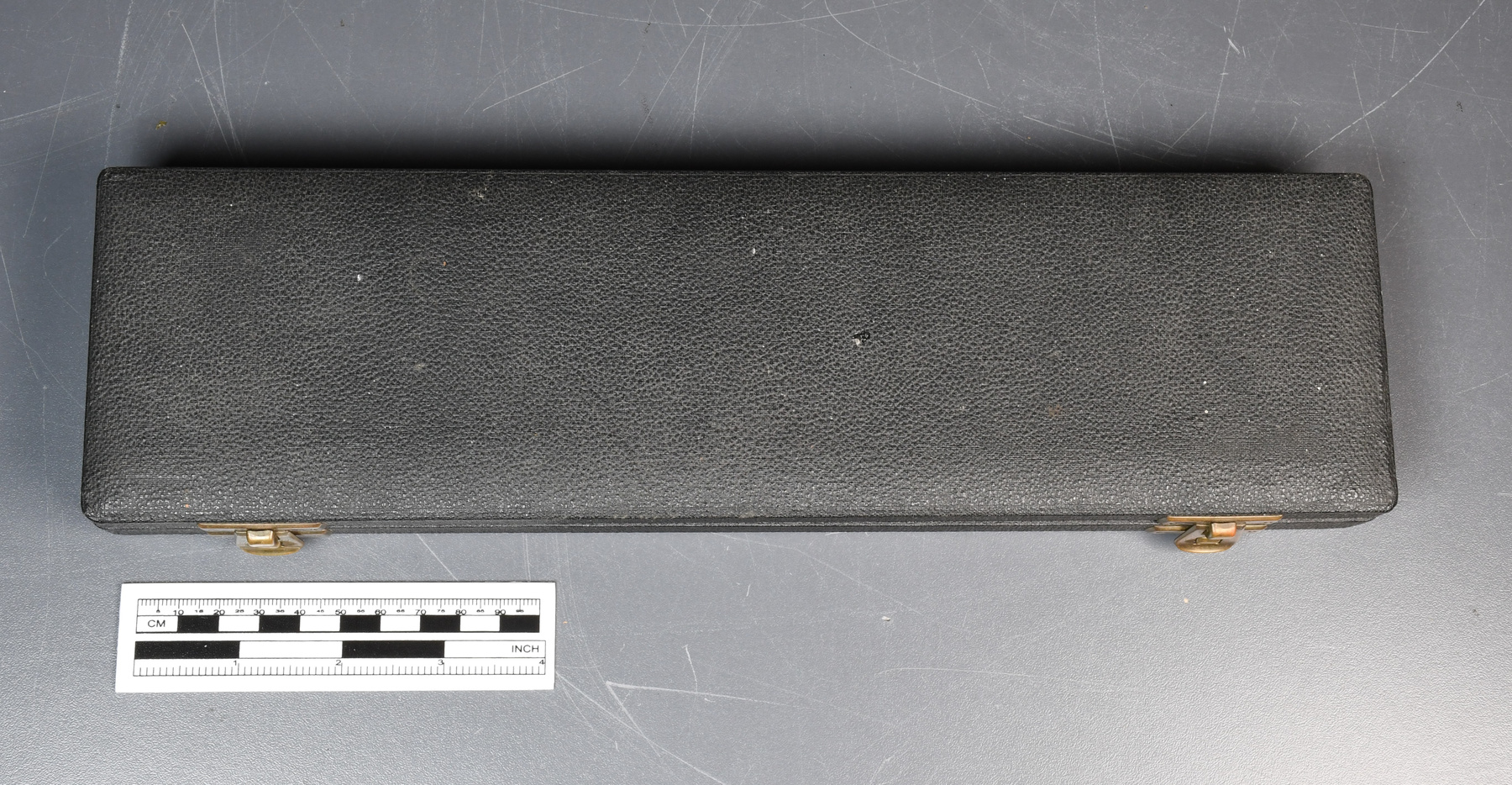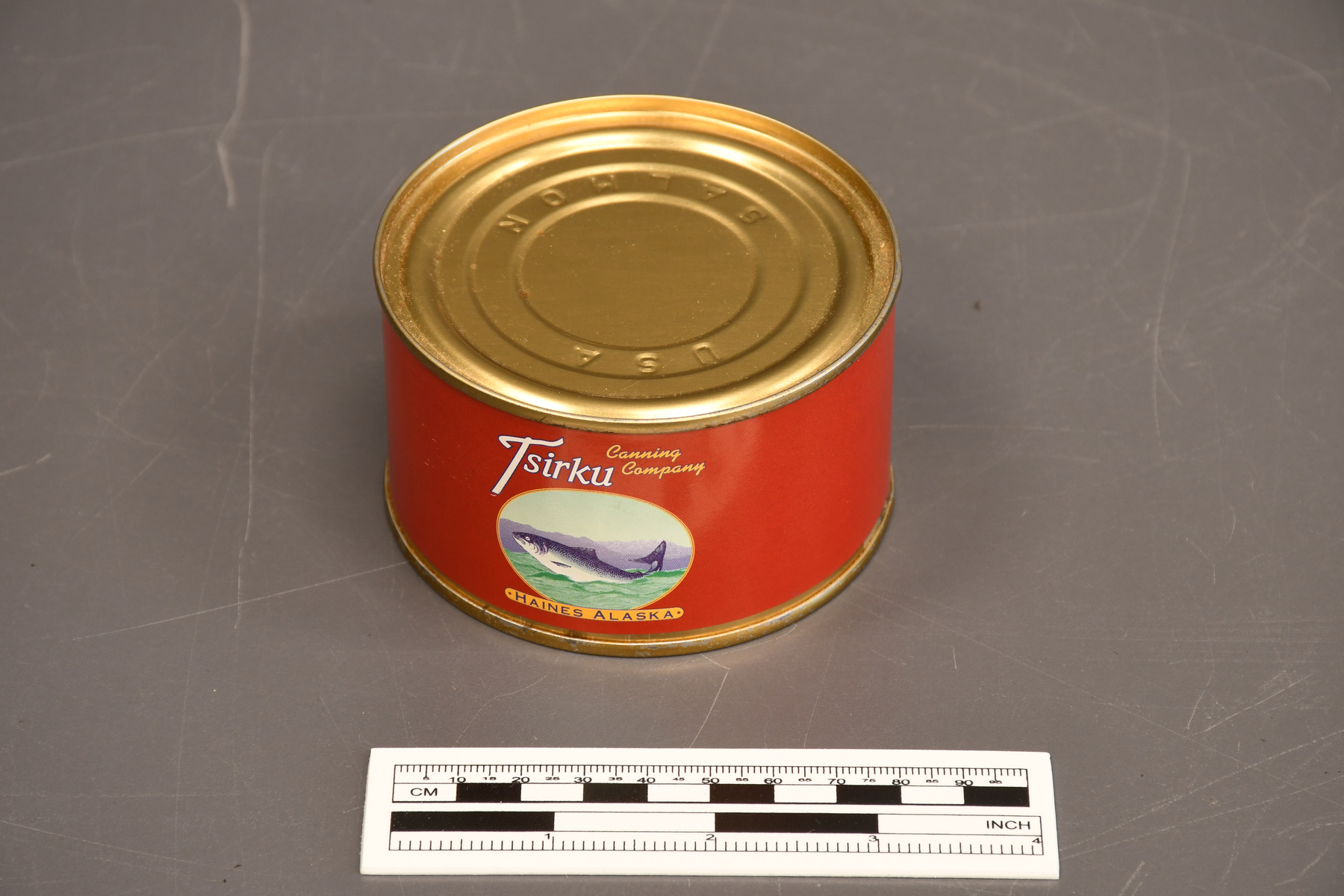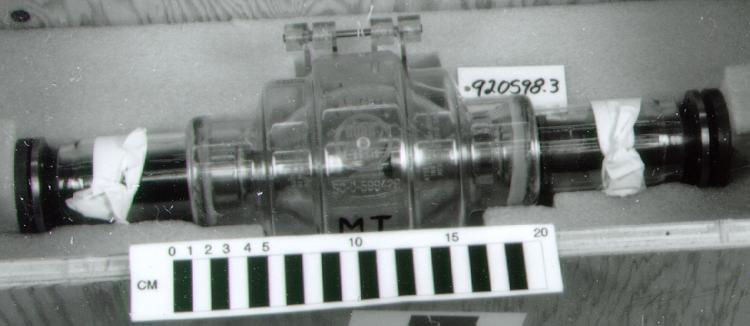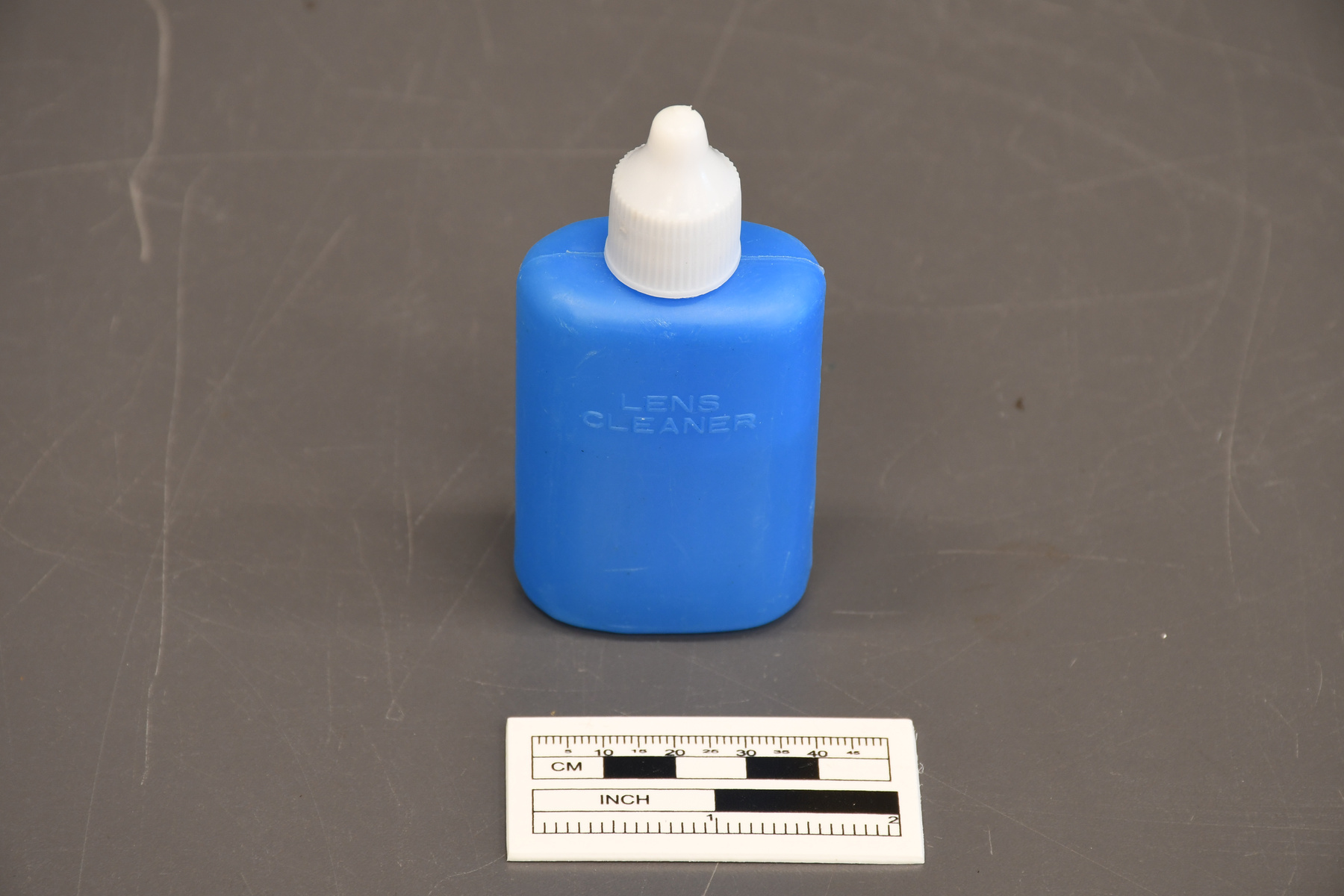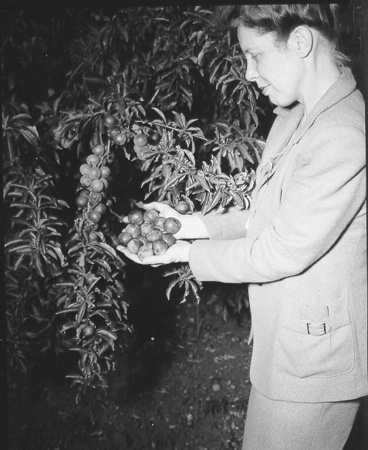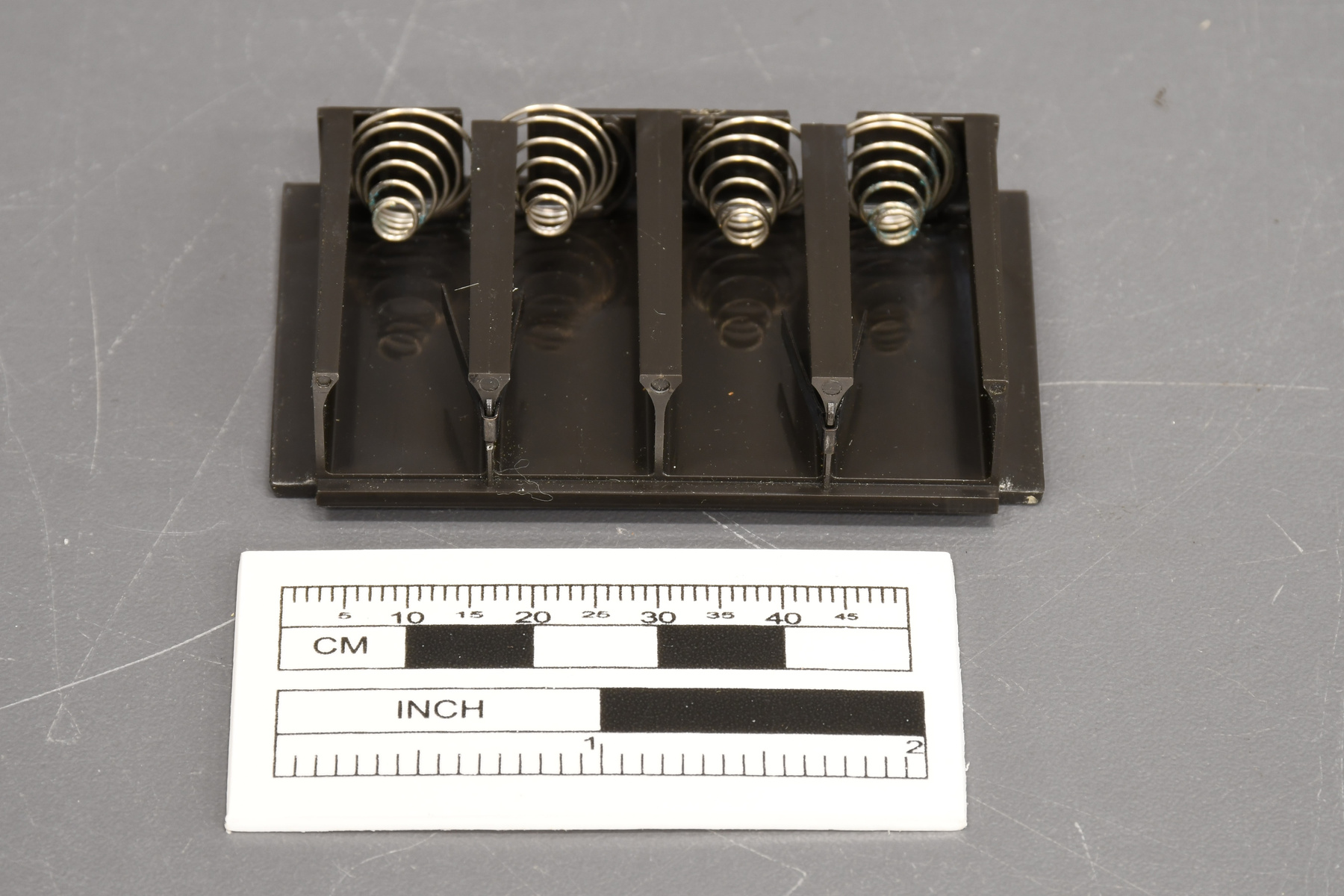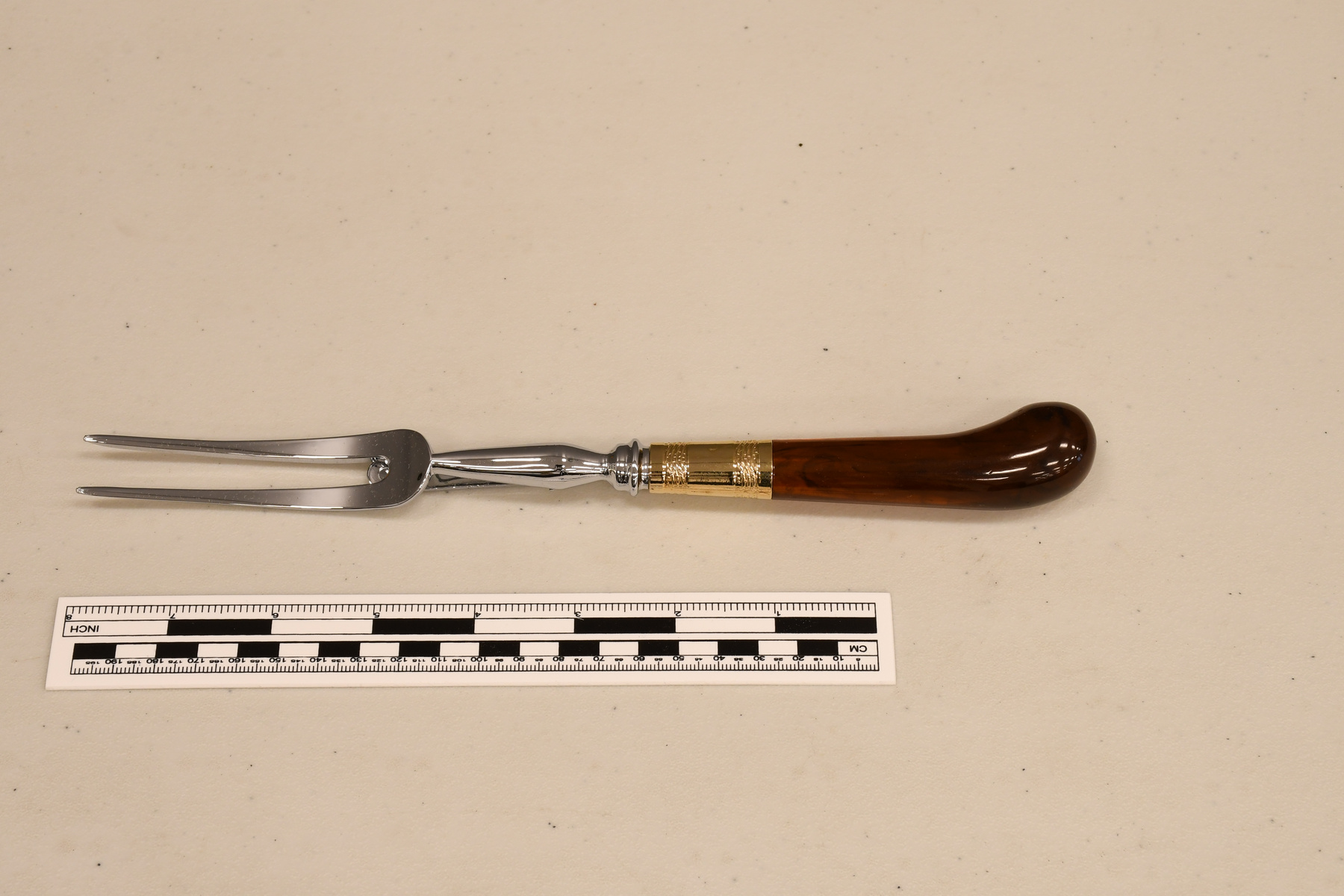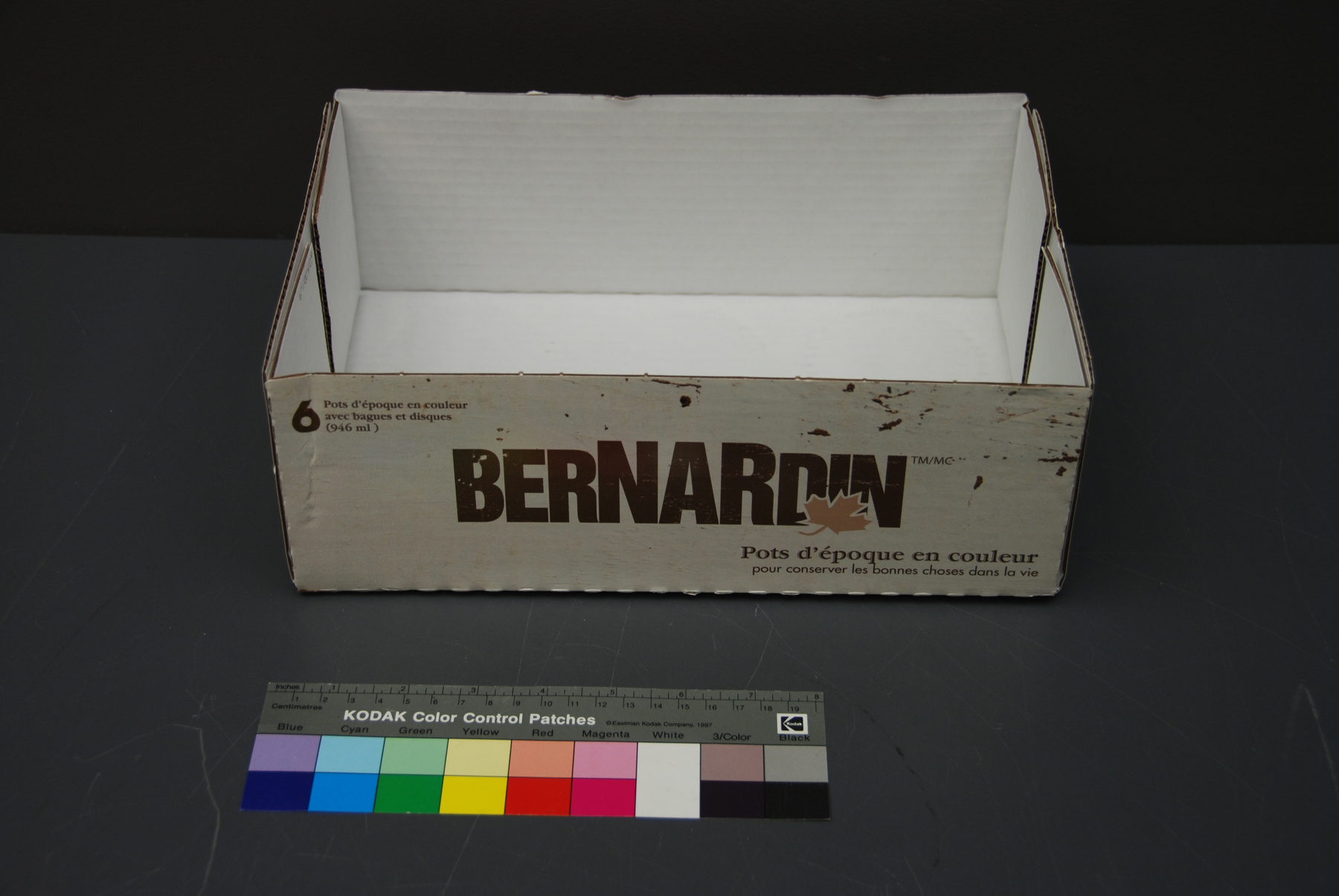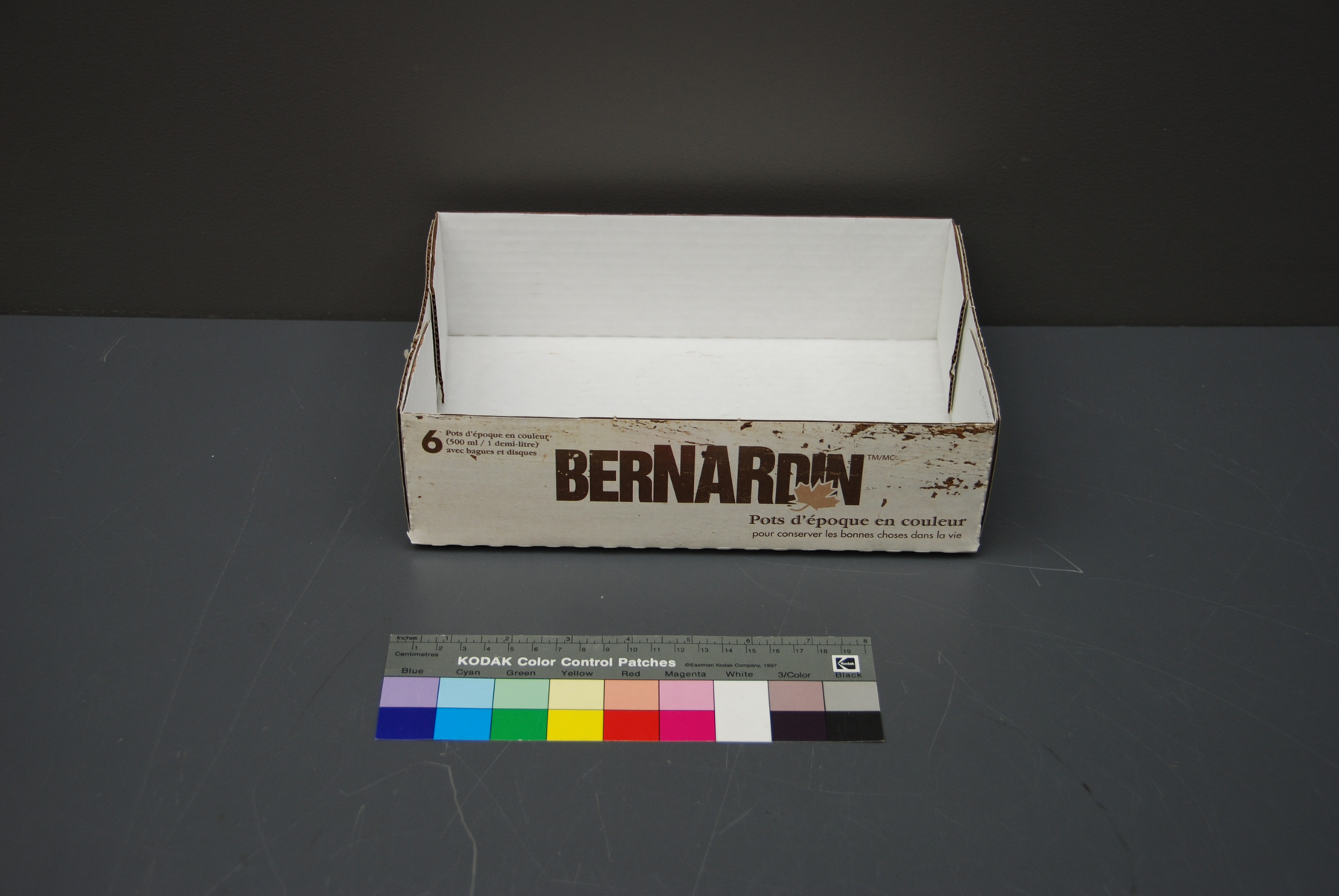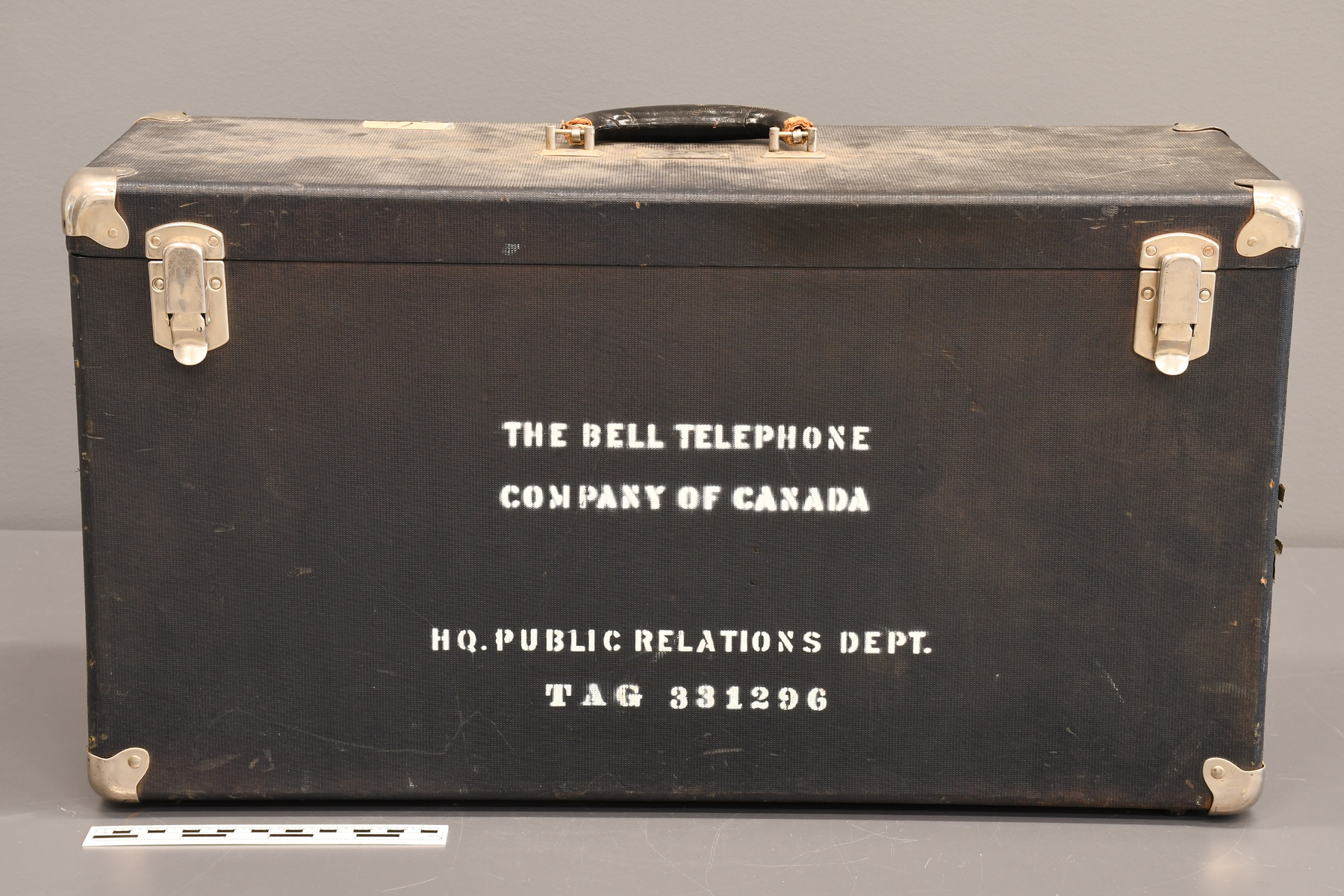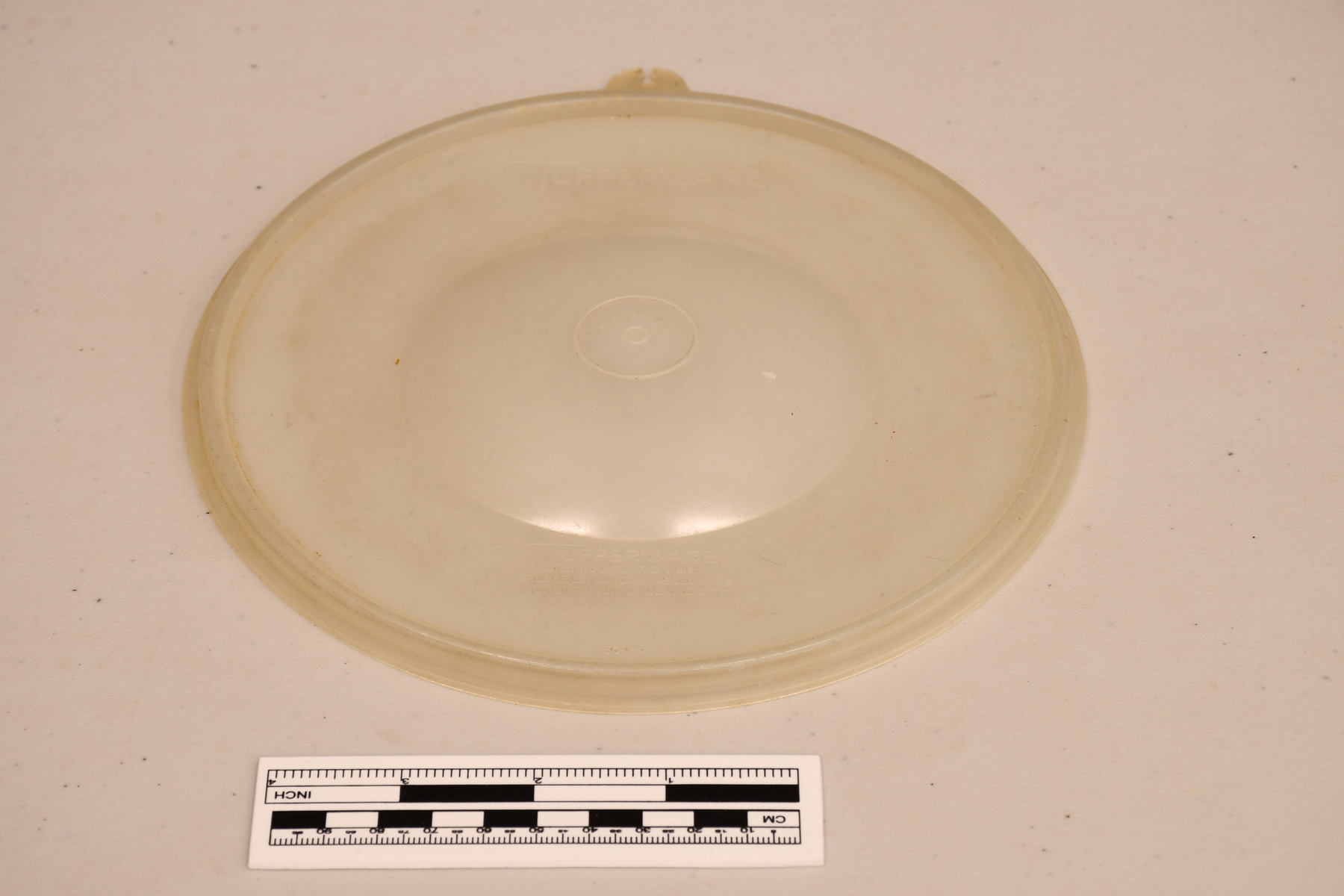Lid, bowl
Use this image
Can I reuse this image without permission? Yes
Object images on the Ingenium Collection’s portal have the following Creative Commons license:
Copyright Ingenium / CC BY-NC-ND (Attribution-NonCommercial 4.0 International (CC BY-NC 4.0)
ATTRIBUTE THIS IMAGE
Ingenium,
2018.0194.002
Permalink:
Ingenium is releasing this image under the Creative Commons licensing framework, and encourages downloading and reuse for non-commercial purposes. Please acknowledge Ingenium and cite the artifact number.
DOWNLOAD IMAGEPURCHASE THIS IMAGE
This image is free for non-commercial use.
For commercial use, please consult our Reproduction Fees and contact us to purchase the image.
- OBJECT TYPE
- N/A
- DATE
- 1983–1995
- ARTIFACT NUMBER
- 2018.0194.002
- MANUFACTURER
- TUPPERWARE
- MODEL
- CRISP-IT
- LOCATION
- Orlando, Florida, United States of America
More Information
General Information
- Serial #
- 680-1
- Part Number
- 2
- Total Parts
- 2
- AKA
- N/A
- Patents
- N/A
- General Description
- An object made with synthetic elements/ Un object construit avec du matériel synthétique.
Dimensions
Note: These reflect the general size for storage and are not necessarily representative of the object's true dimensions.
- Length
- 19.0 cm
- Width
- 20.0 cm
- Height
- 1.5 cm
- Thickness
- N/A
- Weight
- N/A
- Diameter
- N/A
- Volume
- N/A
Lexicon
- Group
- Domestic Technology
- Category
- Food processing
- Sub-Category
- N/A
Manufacturer
- AKA
- TUPPERWARE
- Country
- United States of America
- State/Province
- Florida
- City
- Orlando
Context
- Country
- Canada
- State/Province
- Ontario
- Period
- Unknown
- Canada
-
The Tupperware company was founded in 1946 by Earl Tupper in the United states. The first manufacturing plant in Canada was founded in 1963 in Cowansville Québec. A second plant was later created in Morden Manitoba in 1979. Both plants would serve the east and west of Canada respectively. On February 6, 1985 the entire production was transferred to the Morden factory and the Cowansville one was shut down. Tupperware produces were extremely popular in Canadian households because of direct selling methods. Mrs. Brownie Wise first initiated Tupperware “parties” and that idea led to the Tupperware products becoming an icon in the consumer industry throughout North America and the world in the 20th century. La compagnie Tupperware a été fondée en 1946 par Earl Tupper aux États-Unis. La première filiale fut établie au Canada, à Cowansville, au Québec en 1963. La deuxième usine fut établie à Morden au Manitoba en 1979. L'usine québécoise desservait l'est du Canada et la nouvelle, l'ouest du Canada. Le 6 février 1985 la production est transférée à l'usine de Morden, au Manitoba. - Function
-
Used to conserve produce and other food as well as for mixing and preparing. Utiliser pour conserver des aliments hermétiquement et mélanger la manger en préparation. - Technical
-
Earl Tupper was inspired to create the Tupper Seal by imitating paint cans but used a burp system in order to create a partial vacuum environment that sealed his lids tight. Earl Tupper était inspiré à créer le Tupper Seal en imitant des pots de peinture en utilisant un système de rot pour créer un vide partiel pour sceller ces couvercles serrés. - Area Notes
-
Unknown
Details
- Markings
- On the lid/Sur le couvecle du bol: TUPPERWARE/ MADE IN U.S.A/ TUPPERWARE/ ORLANDO, FLORIDA, U.S.A,/BRUSSELS, LONDON, MELBOURNE/ TORONTO, TOKYO, MEXICO CITY/ 680-1".
- Missing
- None apparent/L'objet a toutes ces pièces.
- Finish
- A white synthetic bowl lid with a maker's mark in its center. Un couvercle de bol fait avec du matériel synthétique blanche et un nom du fabricateur sur son milieu.
- Decoration
- N/A
CITE THIS OBJECT
If you choose to share our information about this collection object, please cite:
TUPPERWARE, Lid, bowl, between 1983–1995, Artifact no. 2018.0194, Ingenium – Canada’s Museums of Science and Innovation, http://collections.ingeniumcanada.org/en/item/2018.0194.002/
FEEDBACK
Submit a question or comment about this artifact.
More Like This
